Environmental Expressionist
My work has always represented the land as ‘Mother Earth’, a living entity, to create empathy, and help the viewer reflect on the ‘hidden’ and ’surface’, aspects of our perceptions about what we see, understand and experience around us.
In 1992 I travelled to Bahrain, an island state in the Middle East, with my husband and son, and taught in an International school. I enjoyed the full and rich experiences of living as an expatriate for eleven years, including visiting many European and Middle Eastern destinations. On returning back to Australia on the eve of the second Gulf War, I fell head over heels in love again with this beautiful country of ours and through my travels came to value the preciousness and fragility of the natural world.
I am concerned by the challenging environmental issues which confront and threaten our global future and believe in the importance of art to stimulate and encourage discussion of these complex and emotive choices. My work explores the relationship that humankind has with the environment, and I focus on the profound spiritual connection we have with nature and the duality of our behaviour to the world. I draw inspiration from the Australian bush around my home, amid remote farms, plantations and quarries.
While working on my Photography Major, I felt that my ability to express our spiritual connection to nature was strengthened through this medium and found that it was important and necessary for me to combine my love of painting and photography. This marriage of disciplines began during my ‘Forest Management Series’, with the interconnections of the images, extending the perceived scenes to panoramic and mystical portals. The joined images reinforce the sense of balance and reflection, and seemingly invite the viewer into a new way of seeing and perhaps a new beginning. The strength of these influences has become even more intense after my husband Werner, and I faced and survived the Black Saturday fires. My ‘Fire Series’ focused on the pervading spiritualism that I poignantly experienced during Black Saturday while defending my home. The reflected images created abstracted geometric formations giving kaleidosopic patterning alluding to an otherworldliness.
Harmers Haven (1841)
What if the names of people who made an indelible mark on our history were scratched into the cliffs of a remote stretch of coastline? This quest to reveal the poignant history of the beautiful beaches of Harmers Haven was the inspiration for my painting.
The Aboriginal Protectorate, alleged colonist abusers, first people Tasmanians sent to the gallows for payback and one left to die as the last of her kind become a connected history of Tasmania and Victoria and the tragic outcomes and cruelties endured by the clashing of worlds. Their extraordinary stories and secrets spiritually etched like many others on the vast Australian landscape.
Landscape
Sepia Series
My latest series of paintings has seen a change in my mark making and a limited palette of Sepia colours as I delve deeper into my journey of investigating the spiritual experiences projected onto natural environments.
Re-Enchantment Series
Since moving from Callignee to Wonthaggi there was bound to be a change in my work due to my different environment. I am drawn to the views around my home and the first painting was completed while we were still building our home. It is called ‘Looking Through My Bedroom Window’ and was of what greeted me at first light in the morning. The trees near the coast are so very different from the over 100 foot tall trees in Callignee. The trees in Wonthaggi are knarled and rather squat in comparison as they strive and reach out almost sideways in their struggle to grow in the sandy soil. They are inspirational, and almost bonsai like. My painting, ‘Coastal Forest’ is also of a view from my home. The glorious outstretching branches have a spiritual zen like quality of struggle, of just, being and of a spiritual peace! My latest painting ‘Tea Trees’ again inspires in me that strength of nature to strive upwards!
Fire Series
Ashes to Ashes was my first painting after the Black Saturday fires. It took quite a few weeks before I felt like working on my art, the whole experience was overwhelming. Along with the shock was the practical problems of no art supplies, no easels and most importantly no space to work in. Over time, we managed to get our new garage built and with the help of my dear dad, who made me a wonderful new easel and painting table and many friends who helped with brushes and paints, reawakened my desire to paint again. This painting means a great deal to me and I was amazed to see the spirituality of the scene unfold before me. There is a subtext of words relating to the fire, scratched into the surface to reinforce my thoughts and fears. It truly made me feel that I had somehow come to terms with the fire and our altered journey.
My fire series is based on my home and farmlet. I use text in my paintings to enhance the themes of the spiritual bonds that we have with nature, perception of ownership, fragility and destiny. The traumatic experiences of fighting the Black Saturday fire with my husband have embedded into my psyche, the tenuous quality of life and the illusion of what is and what will be, but also, the strength of the human spirit. Through my paintings I have found an important process in coming to terms with these life changing events and the realities of dealing with the aftermath.
Erosion Series
After I returned back to Australia after living for 11 years in Bahrain, I fell in love all over again with this beautiful country of ours. I became intrigued and dismayed at the schism of our behaviour towards our environment in light of our profound spiritual connection to nature.
I draw my inspiration from the Australian bush around my home, amid remote farms, plantations and quarries. My theme relates to the disfigurement done to the land through selfish acts and neglect. I felt a link between our treatment of others and the land and expressed the landscape in human terms. My work represents the land as ‘Mother Earth’, a living entity, to create empathy and help the viewer reflect on the “hidden” and “surface” aspects of our perceptions about what we see, understand and experience around us.
I lost many of these paintings and others in the series to the Black Saturday fires in Callignee.
Portrait
My Archibald portraits are special to me because I respect and care for each one of the sitters. My first portrait was of my highly respected and accomplished Ceramics teacher and Master Potter, Chris Myers, in 2006. I painted him again for the 2010 Archibald Prize, because his first portrait was destroyed in the Black Saturday fires, and I needed a sense of closure, so Chris Myers kindly agreed to sit for me again.
My next portrait, in 2007 was of Peter Biram, another art teacher, who was instrumental in encouraging me to enter the Archibald and has supported my artistic endeavours. Peter is also a professional artist and enters the Archibald too. The 2008 portrait was of Kerrie Warren, an wonderful abstract expressionist painter and an incredibly positive person and kind friend. The portrait of Leonie Ryan followed in 2009, again another dear friend an a highly motivated and talented installation artist. In 2011, I painted Alan Kohler, who is an ABC Finance Presenter & Editor-In-Chief of Business Spectator and Eureka Report. He is charming and a gentleman.
It was a great pleasure meeting and painting Alan Kohler and to make me feel even more fortunate I met his wife Deborah Forster. Deb is a wonderful author who wrote ‘The Book of Emmett’, an incredibly sensitive and emotive book and one that was shortlisted for the 2010 Miles Franklin. Our meetings proved to be serendipitis because she agreed to sit for my 2012 portrait and I very much enjoyed our long conversations with this wonderful lady. I hope you like the portrait.
My portrait for 2013, of the dynamic and charming Gerri Christie is finally finished, after a challenging year building our new home, selling our old home and moving house! Gerri has been most generous with her time and I have particularly enjoyed sharing the interesting stories of when she was the Executive Director of the Royal Flying Doctor Service, Victorian Section.
The Archibald Portrait for 2014 is Giles Parkinson. My husband, Werner and I drove up to Sydney for our sitting with Giles, and we had a very enjoyable afternoon sketching, photographing and discussing all things environmental. It was a fun meeting. Giles is a career journalist and a former editor and deputy editor of the Australian Financial Review, a weekly columnist on green business for The Bulletin Magazine and The Australian and the former editor of Climate Spectator. He is now the founder and editor of Renew Economy which has become Australia’s most read web-site focussing on clean energy news and analysis.
My 2015 Archibald Portrait was of Lenore Taylor who is one of Australia’s most respected journalists. She is the political editor of Guardian Australia. She began work as a journalist with The Canberra Times and worked in the Old Parliament House press gallery. Lenore also worked in London as a foreign correspondent. Her first book, ‘Shitstorm’, co-authored with David Uren, was Sub-titled ‘Inside Labor’s Darkest Days’ which is an inside story of the Government’s turbulent time fighting the global financial crisis. She is a Walkley award winner and a winner of the Paul Lyneham award for excellence in press gallery journalism. It was a great pleasure meeting this talented and insightful journalist.
Rob Oakeshott, ‘The Independent Member for Lyne’, and a pivotal and courageous MP in the turbulent Gillard Government, is my 2016 portrait and I am awaiting the outcome of this years Archibald Prize journey.
Photography
My photographs are a further exploration into humankind’s interaction with the environment, which I also undertake in my paintings. I am concerned by the challenging environmental issues which confront and threaten our global future, and am shocked by what I witness around my home, amid remote farms and plantations.
My photography has enriched my artistic journey through the strengths of another medium, which resonates and enhances my concerns about finding a balance between our economic needs and preserving natural habitats and ecosystems for the coming generations. My conceptual use of the negative and solarizations increases the sense of otherworldliness and a link to negative consequences of actions. The connected images question the viewers idea of reality, and extends the perceived scene to a panoramic vista, suggesting an interrelated, larger picture. The profound spirituality we find in the natural world seems to magically appear in the form of mystical doorways or portals at the interconnections, seeming to invite the viewer into a new beginning.



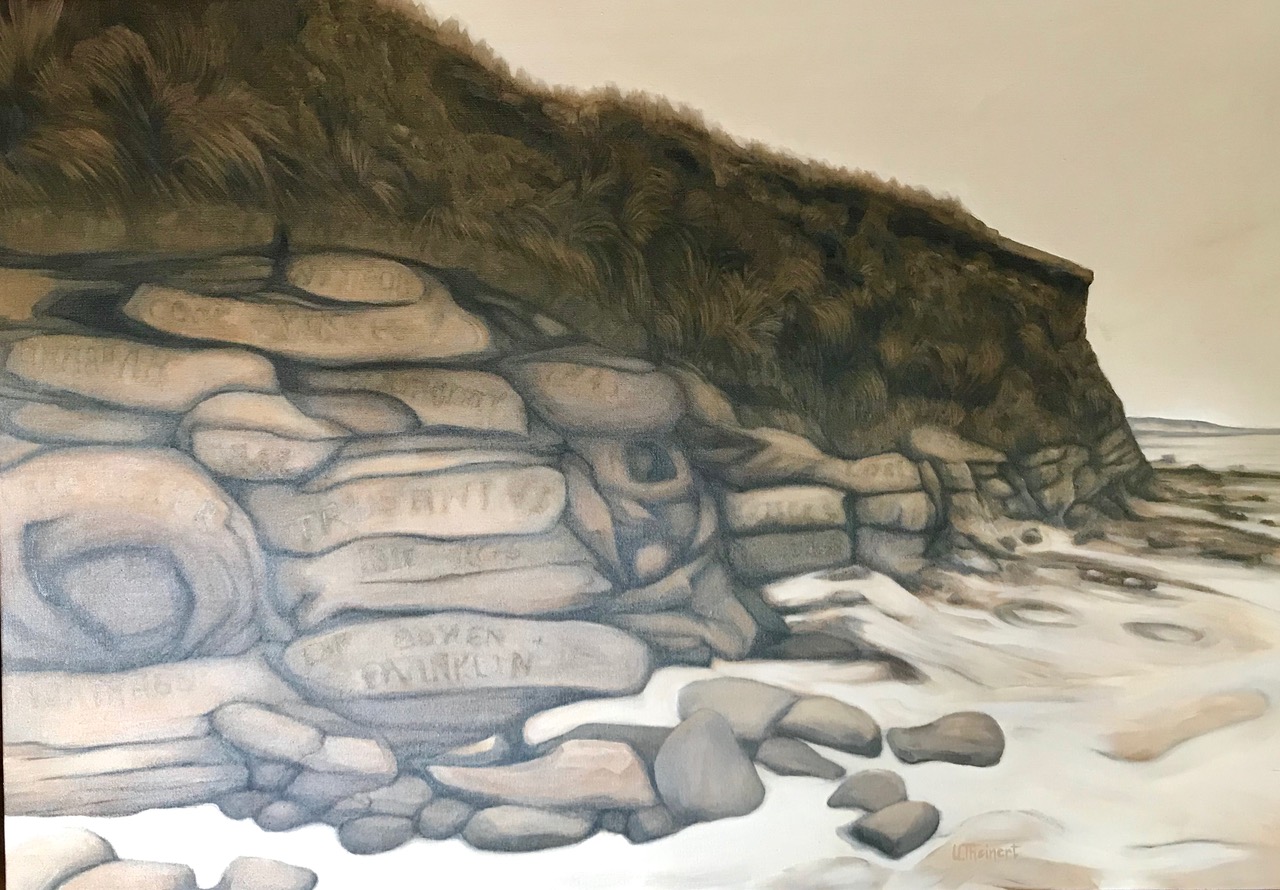
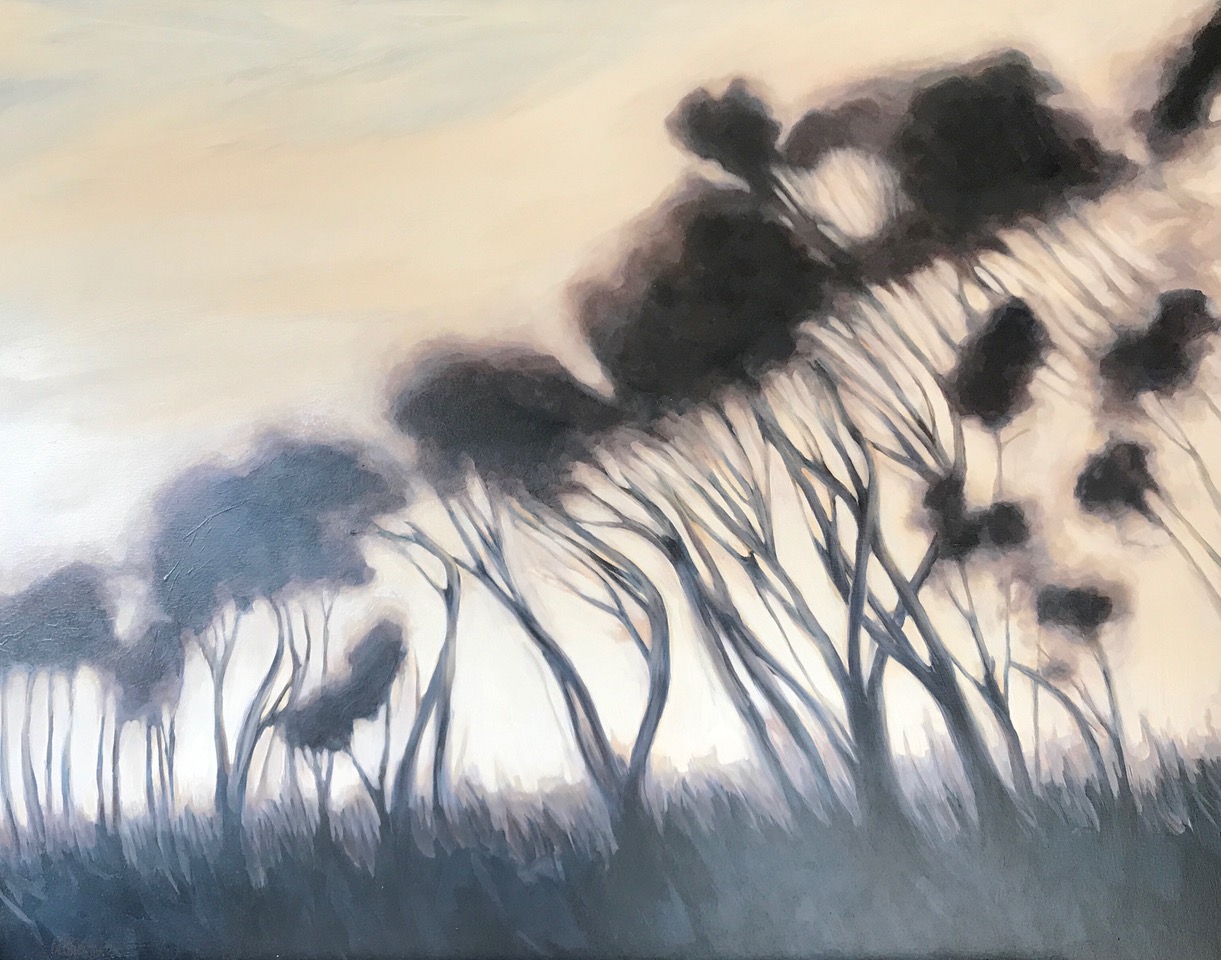
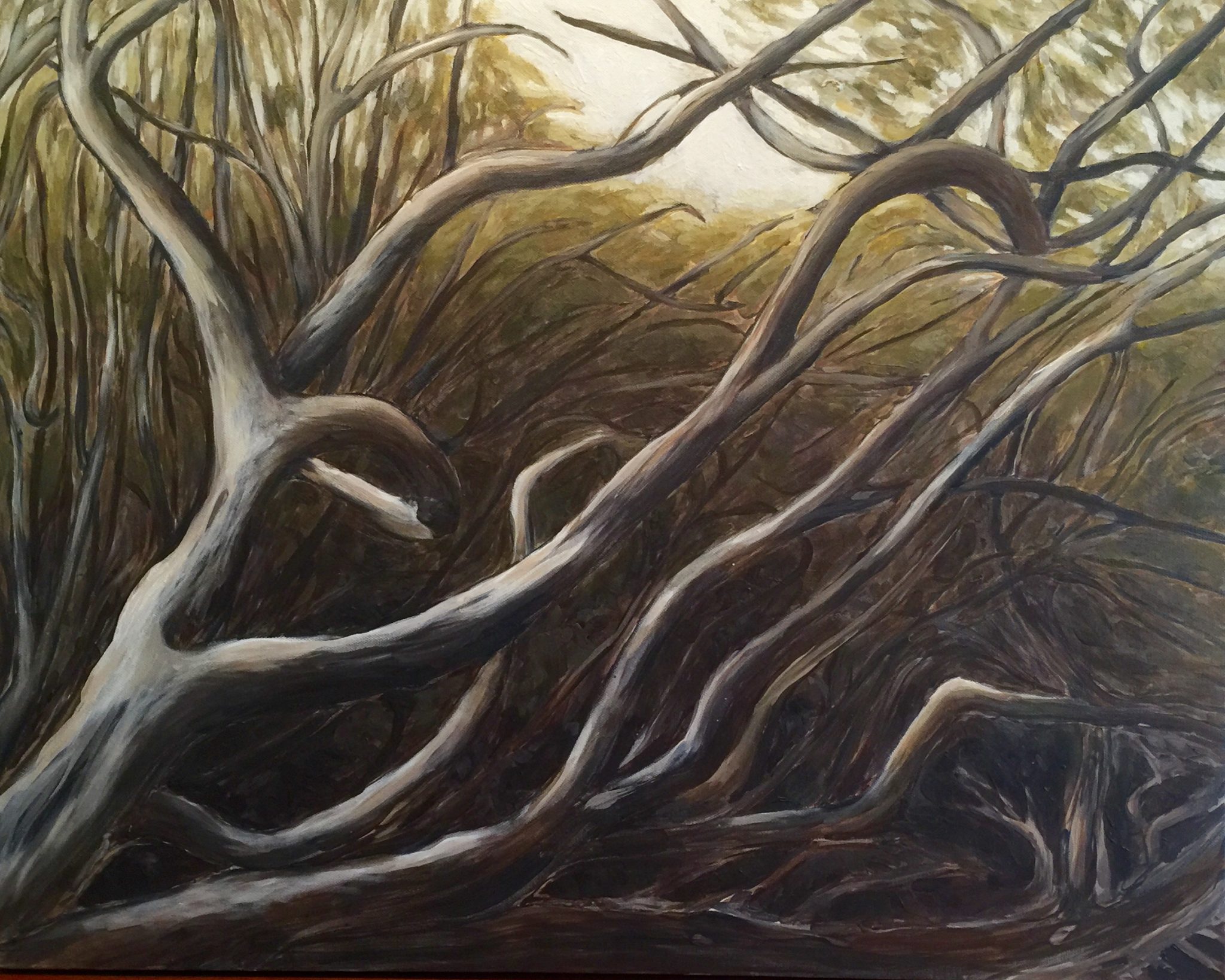
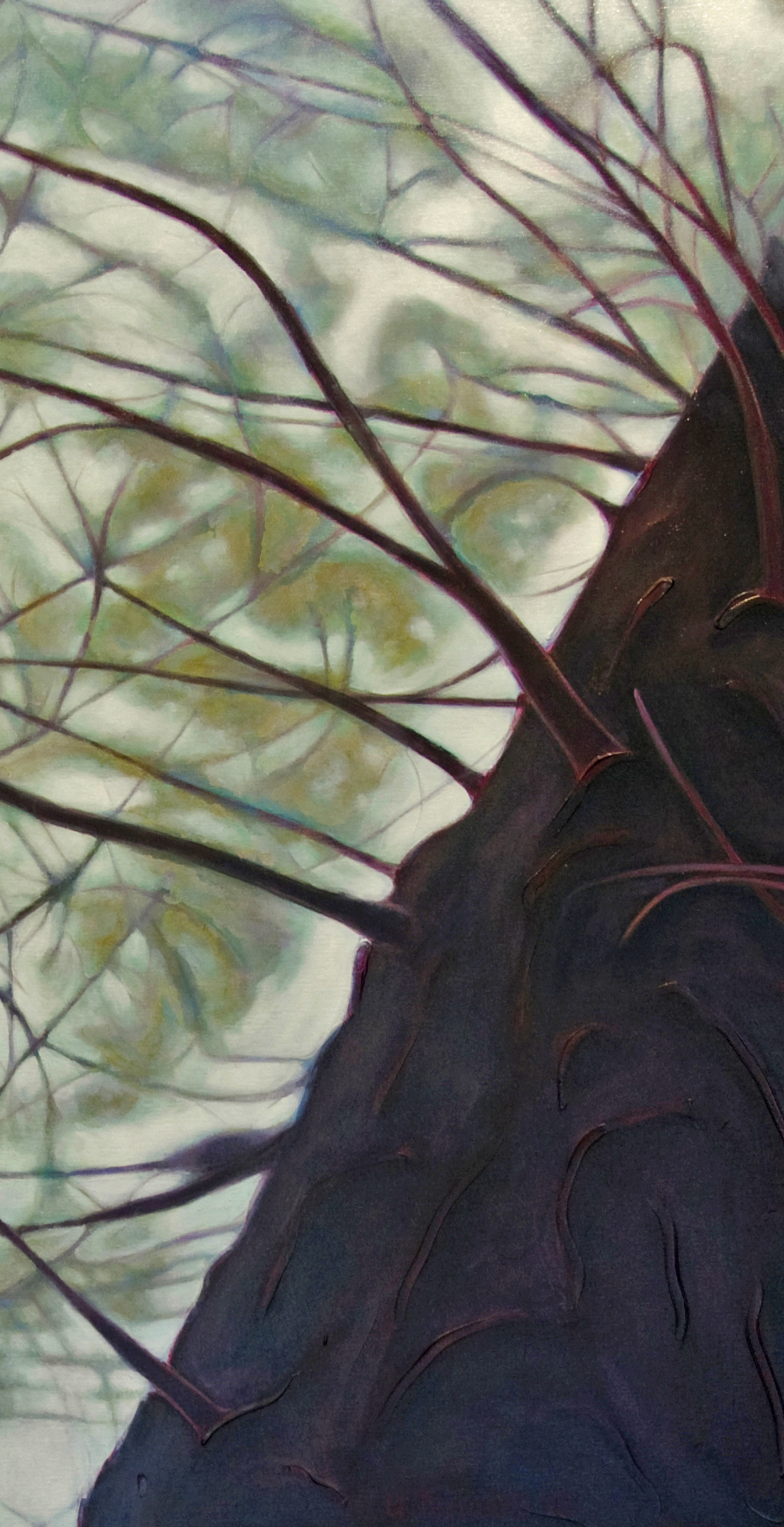
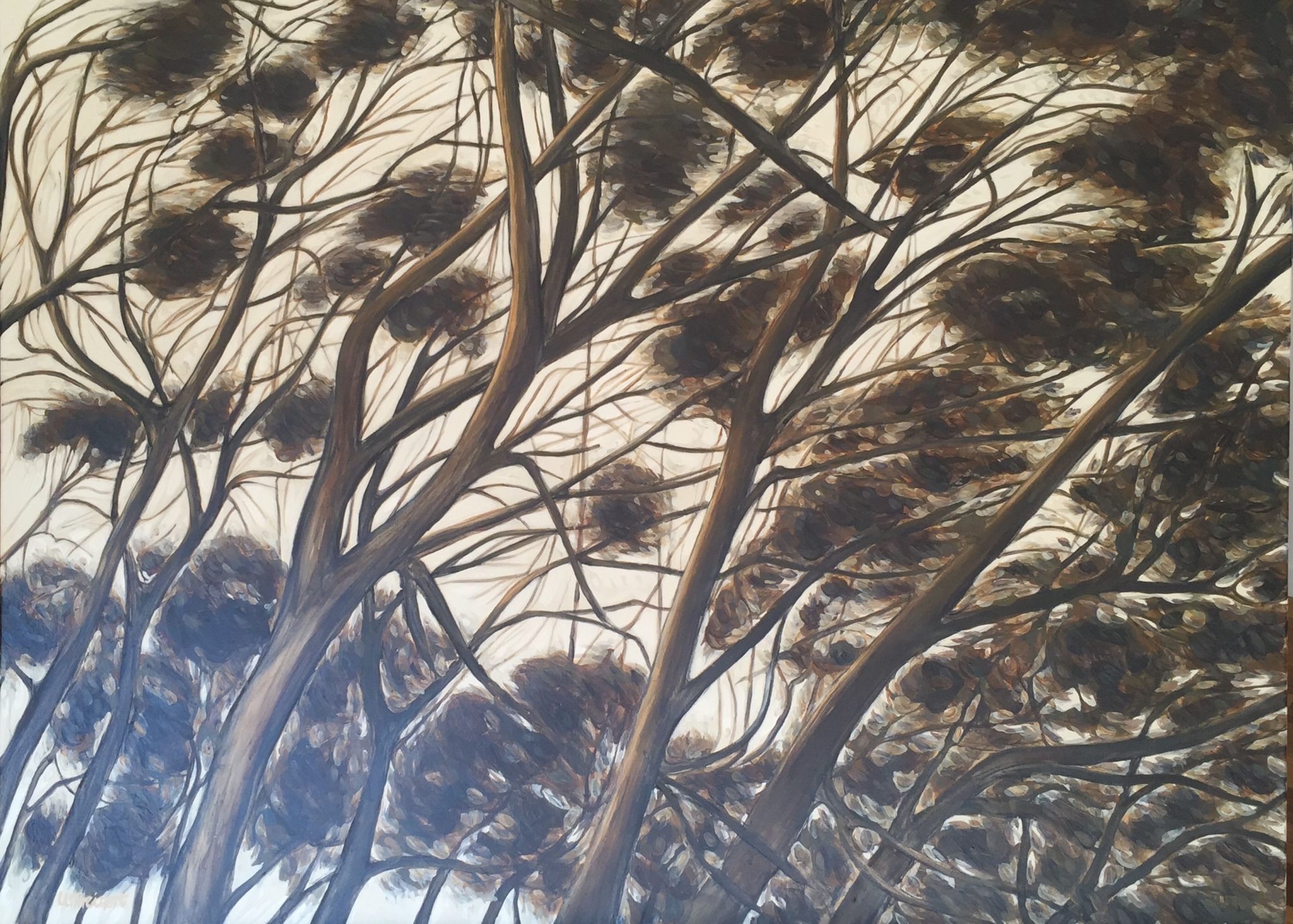
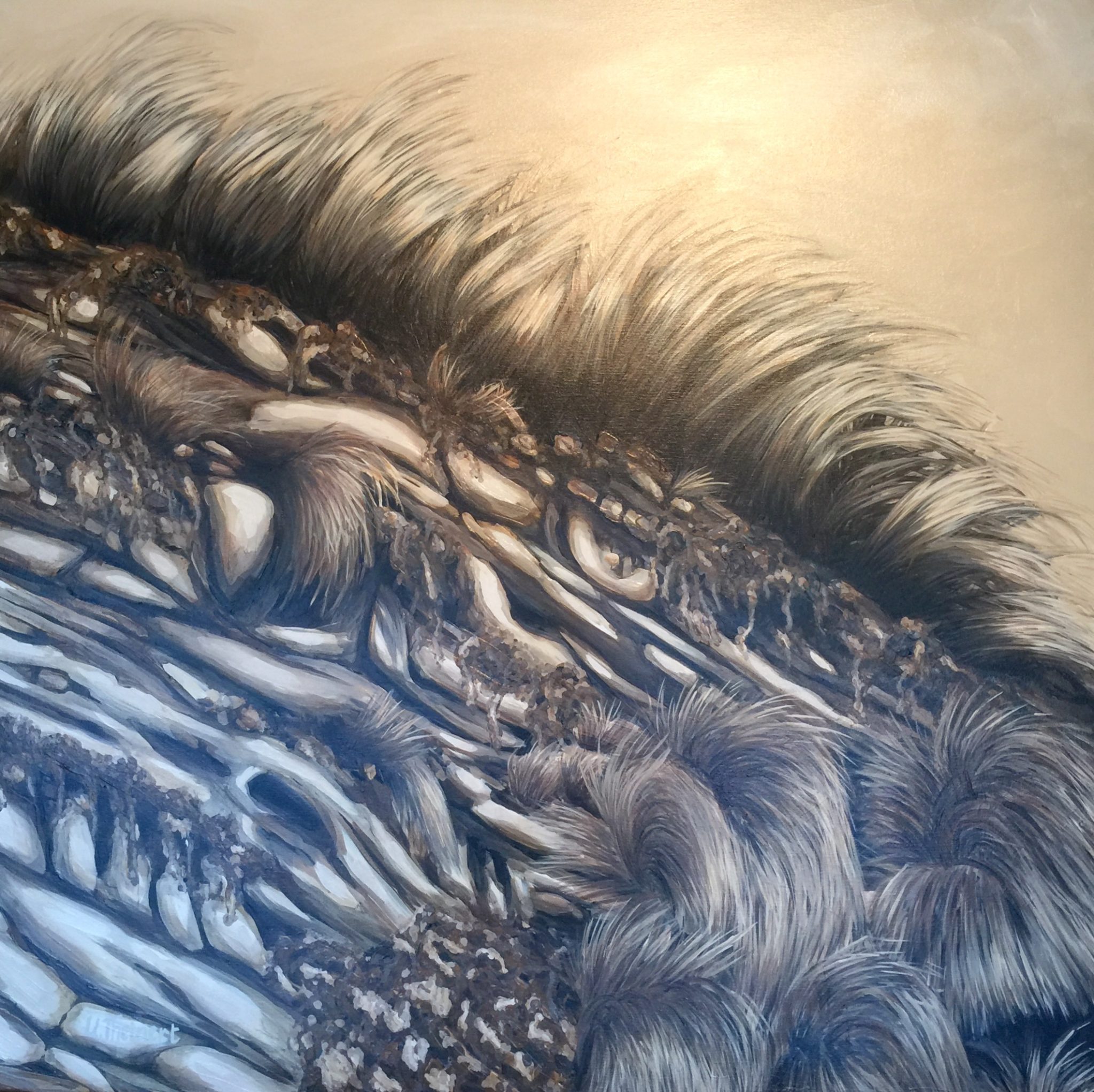
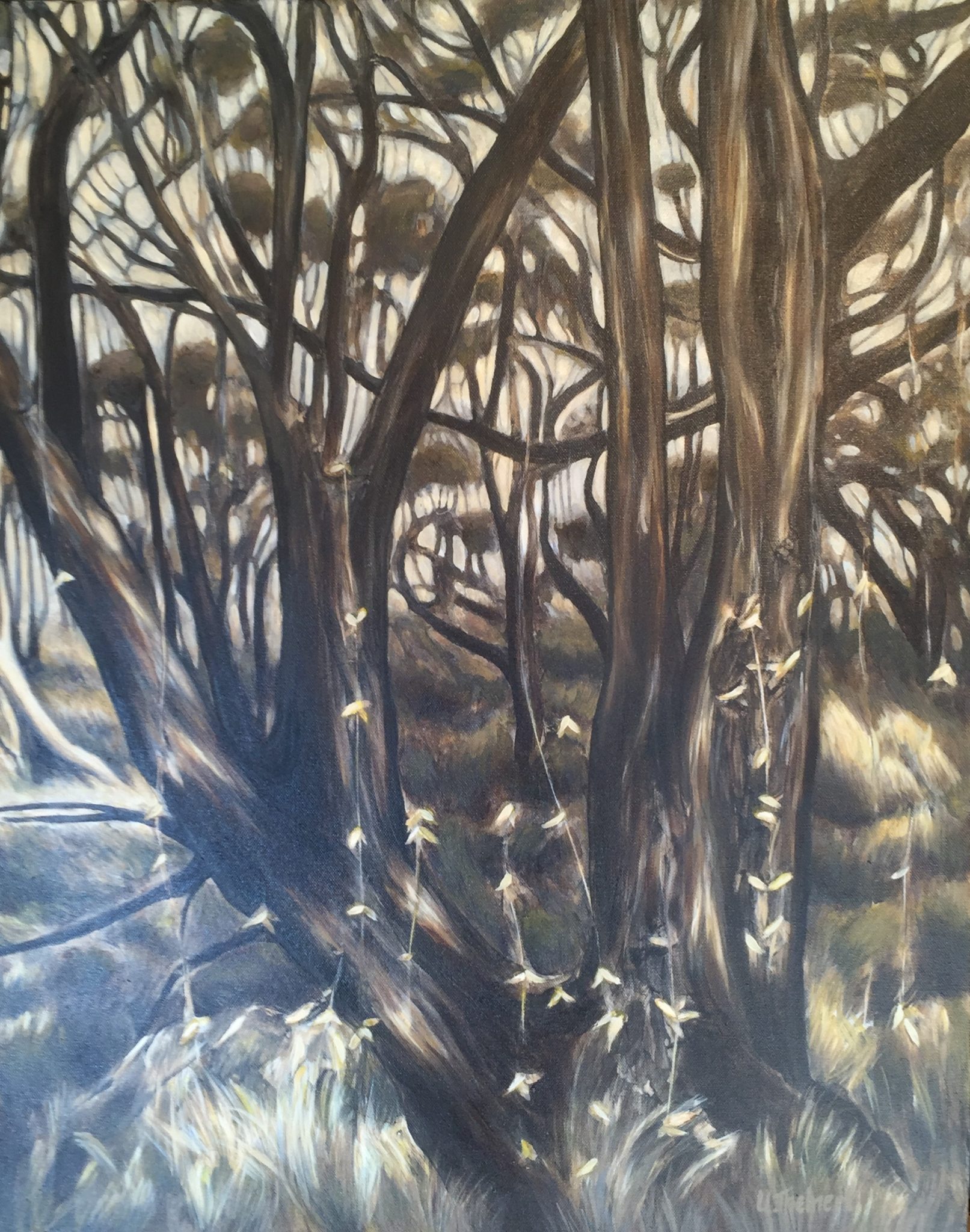
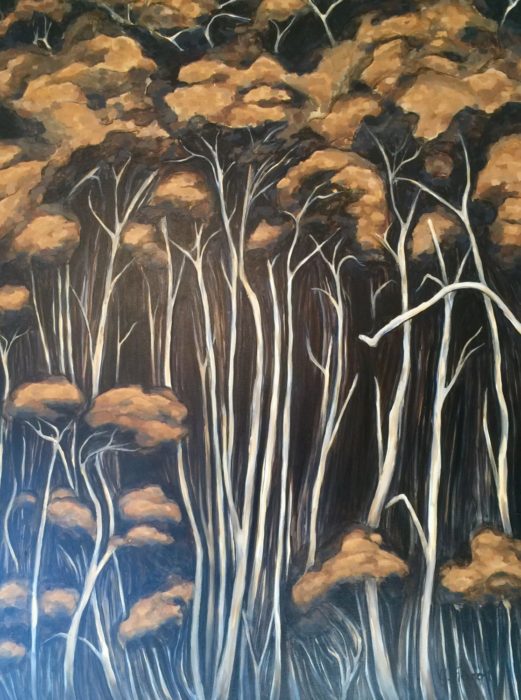
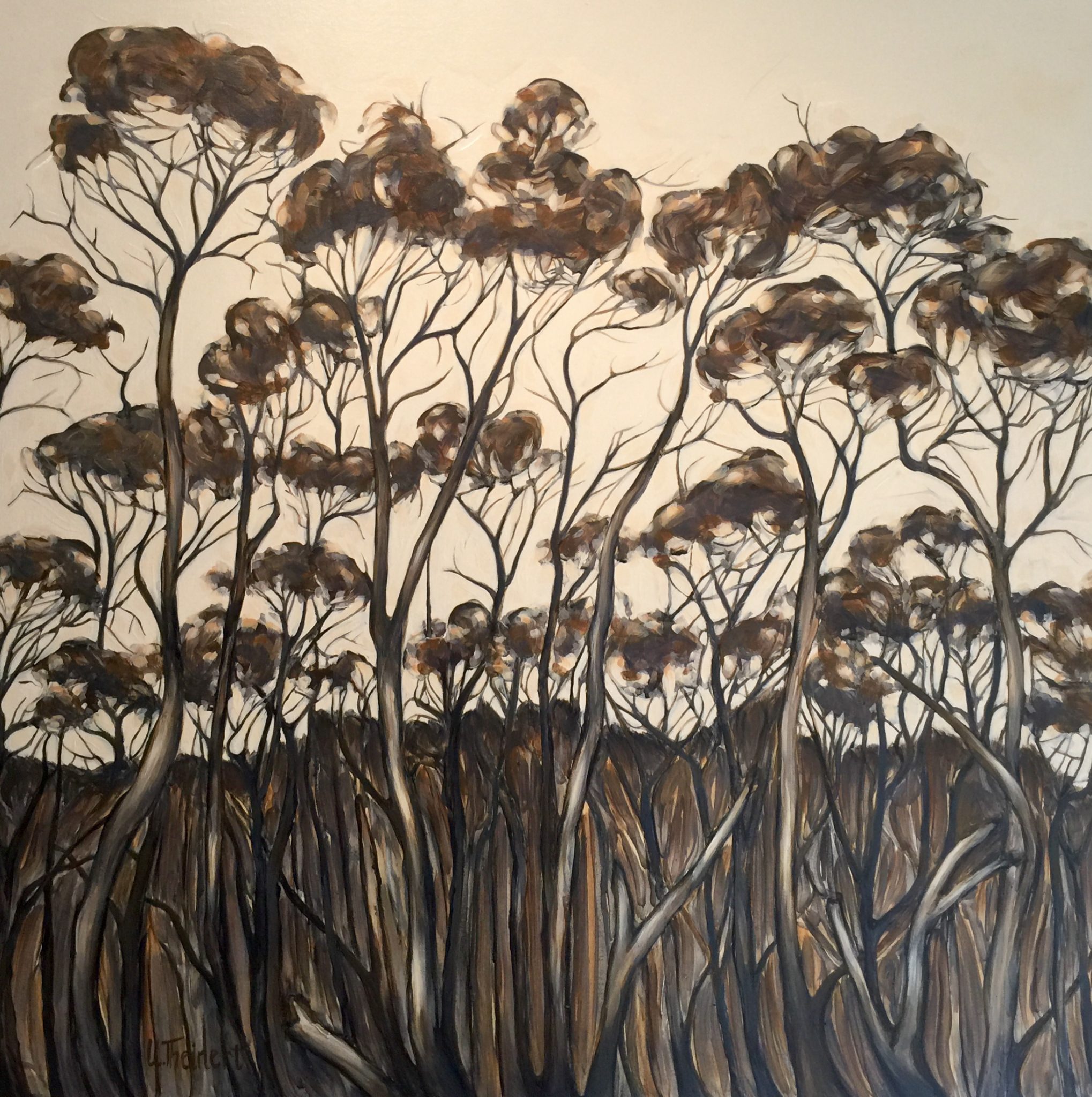
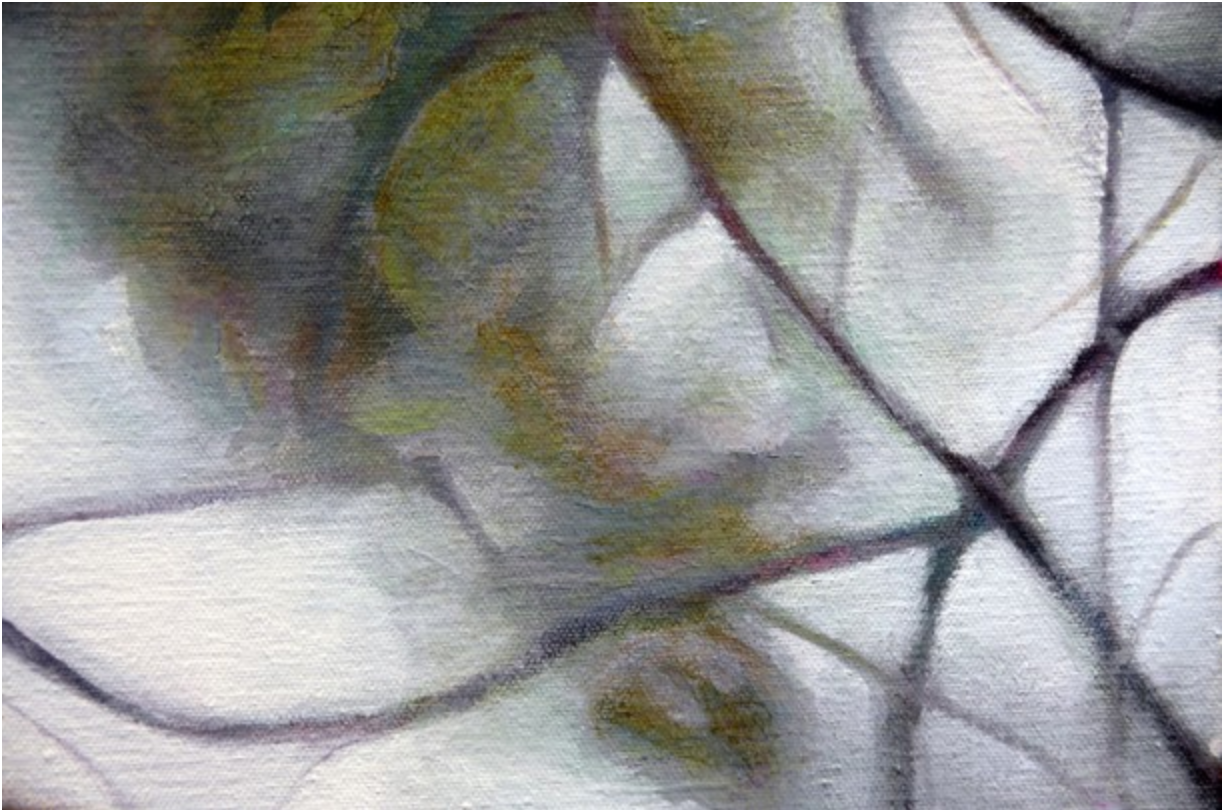
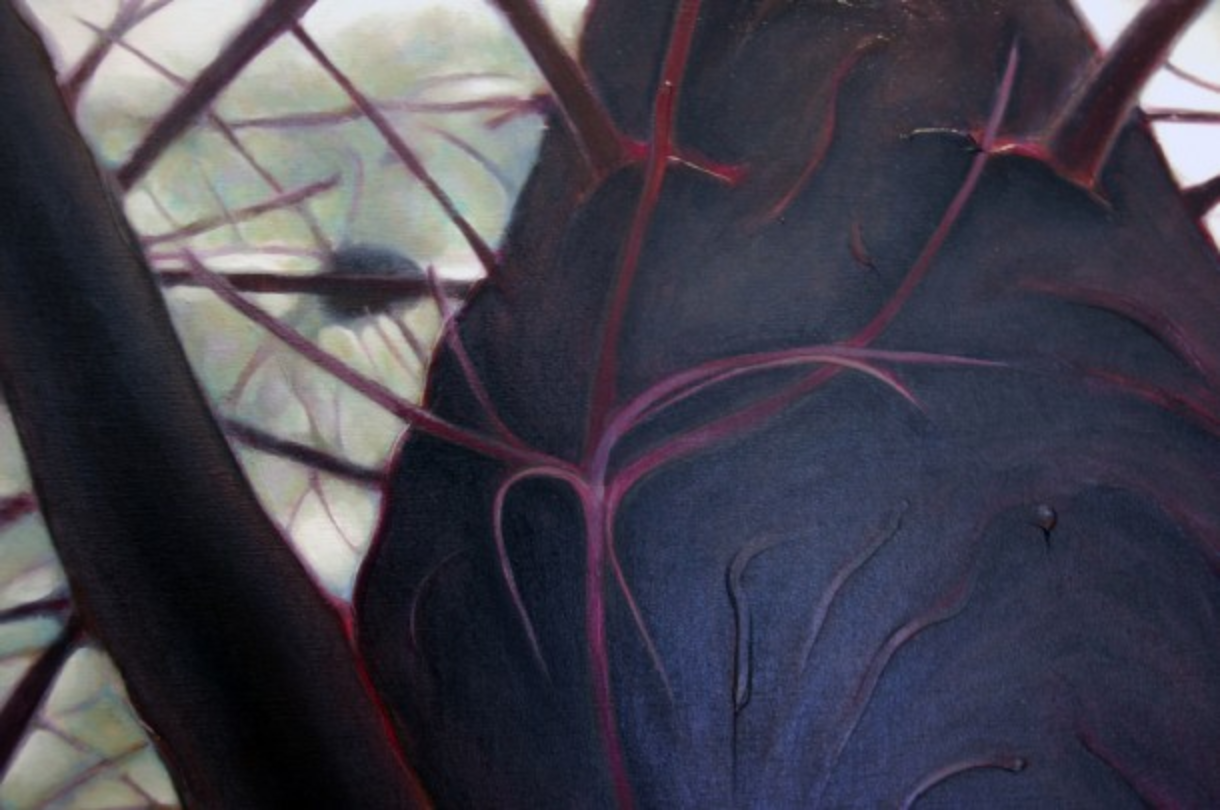
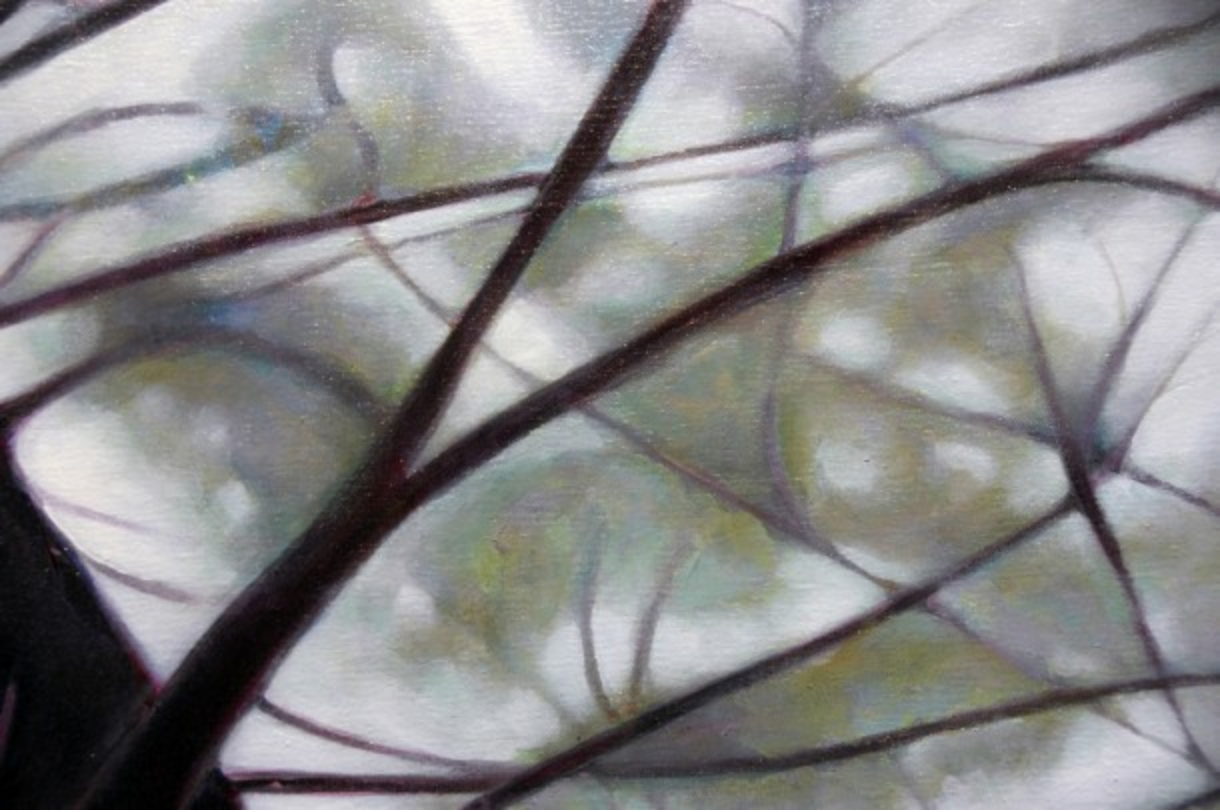
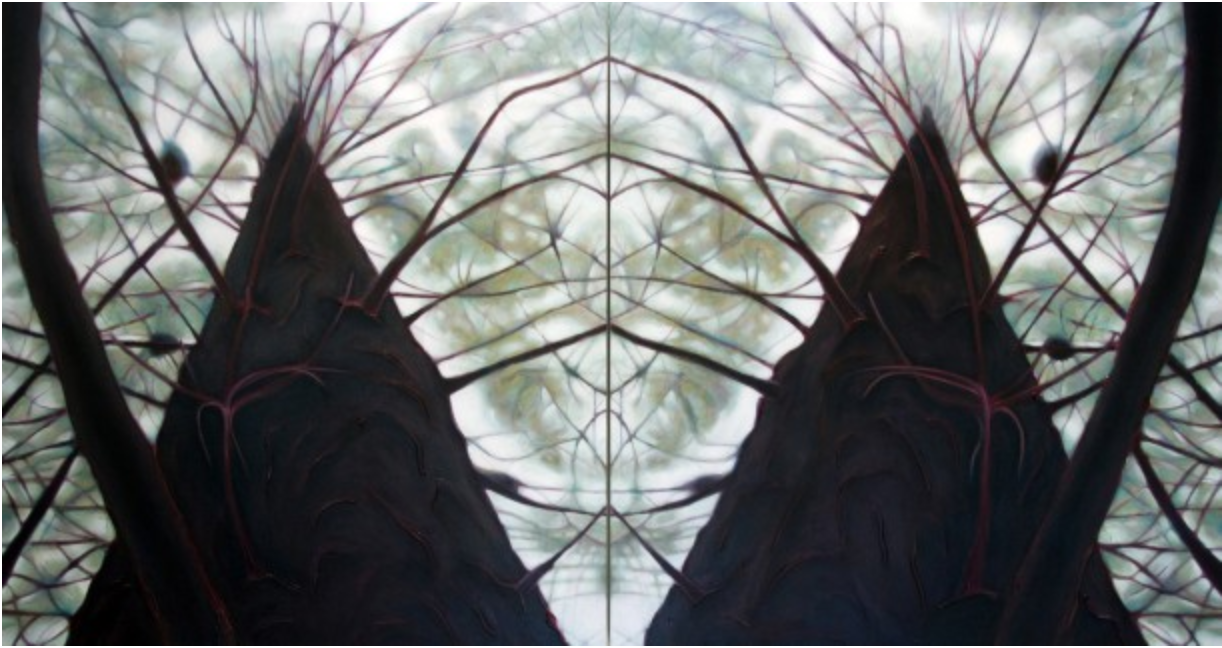
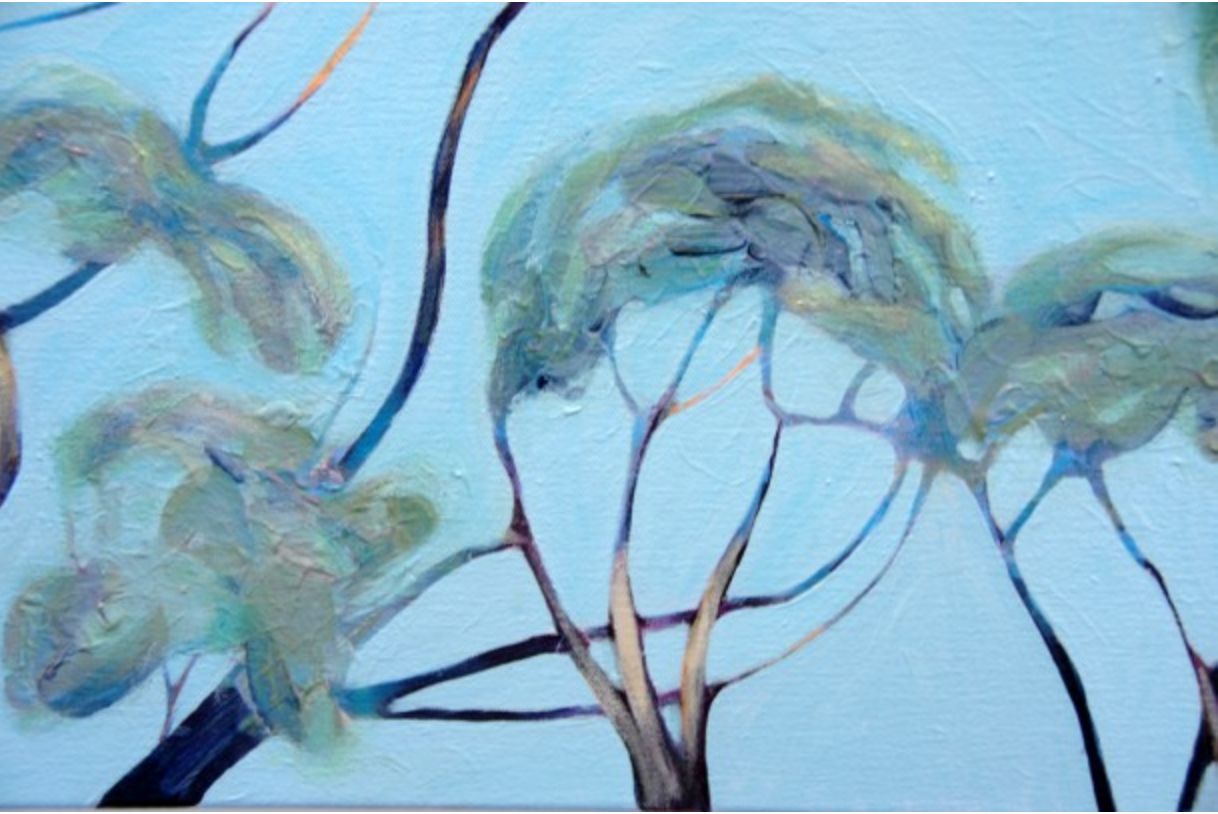
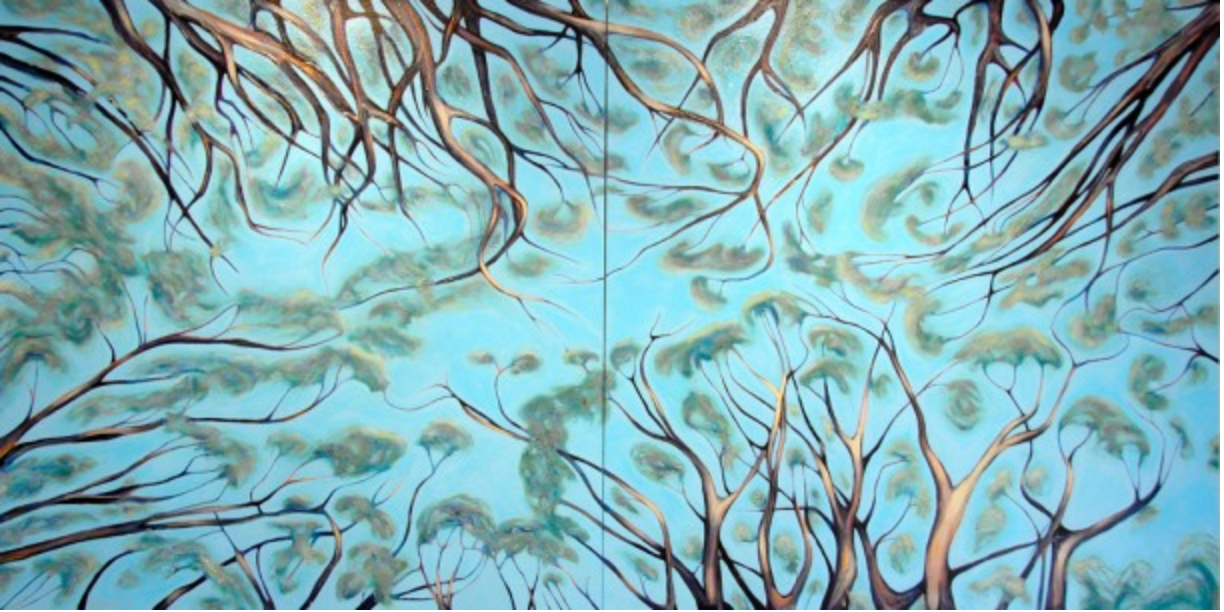
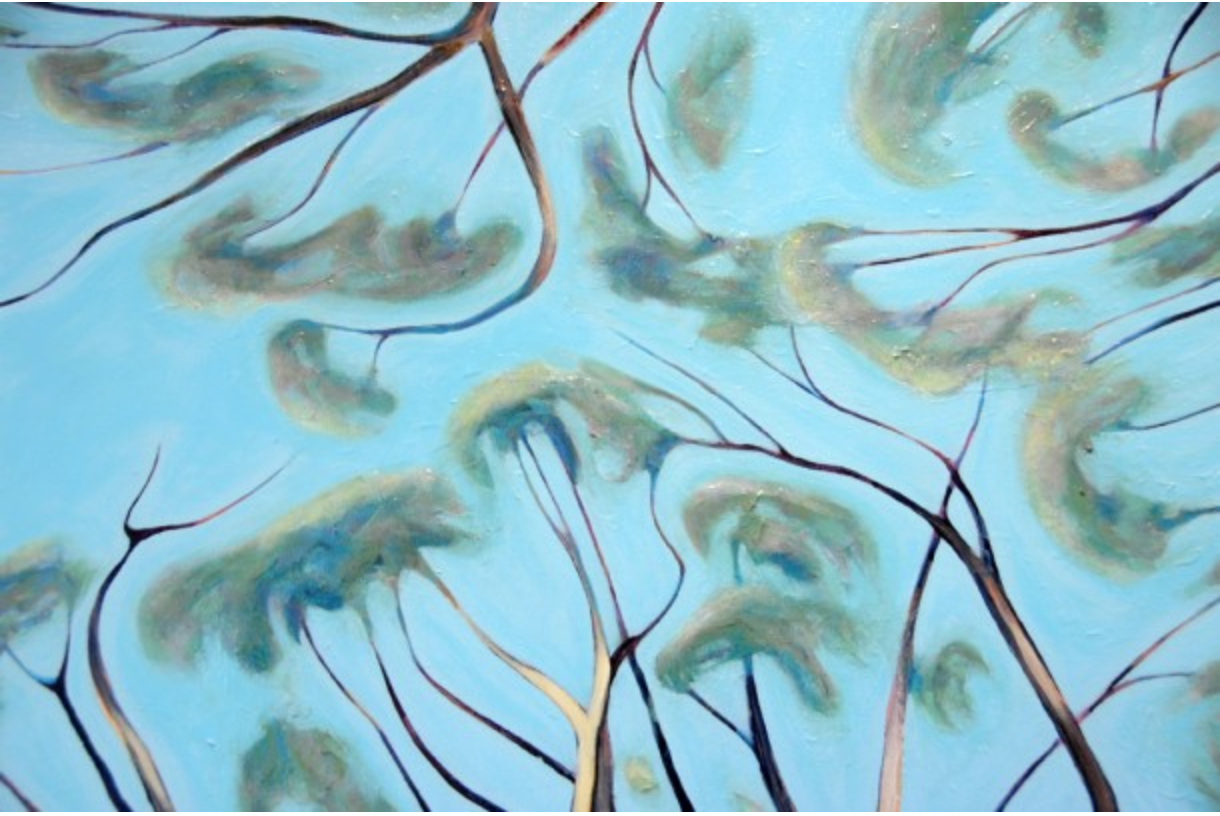
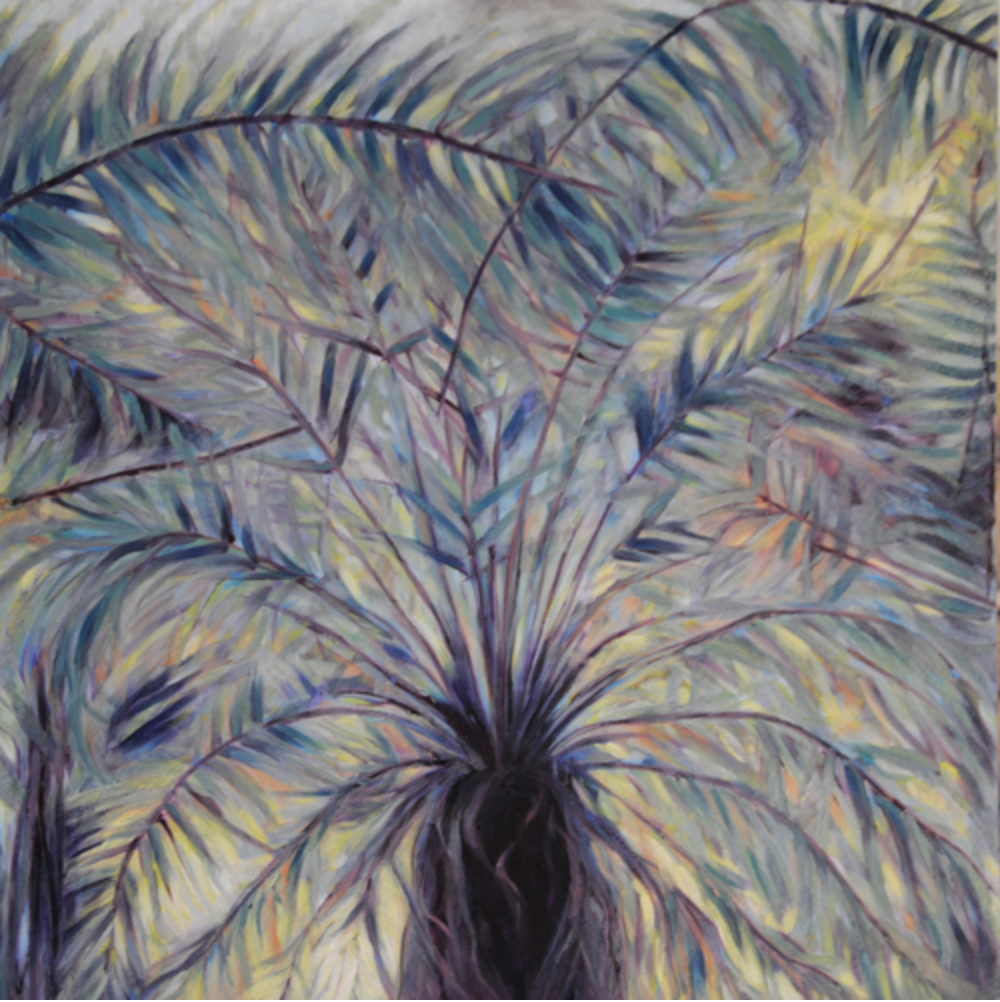
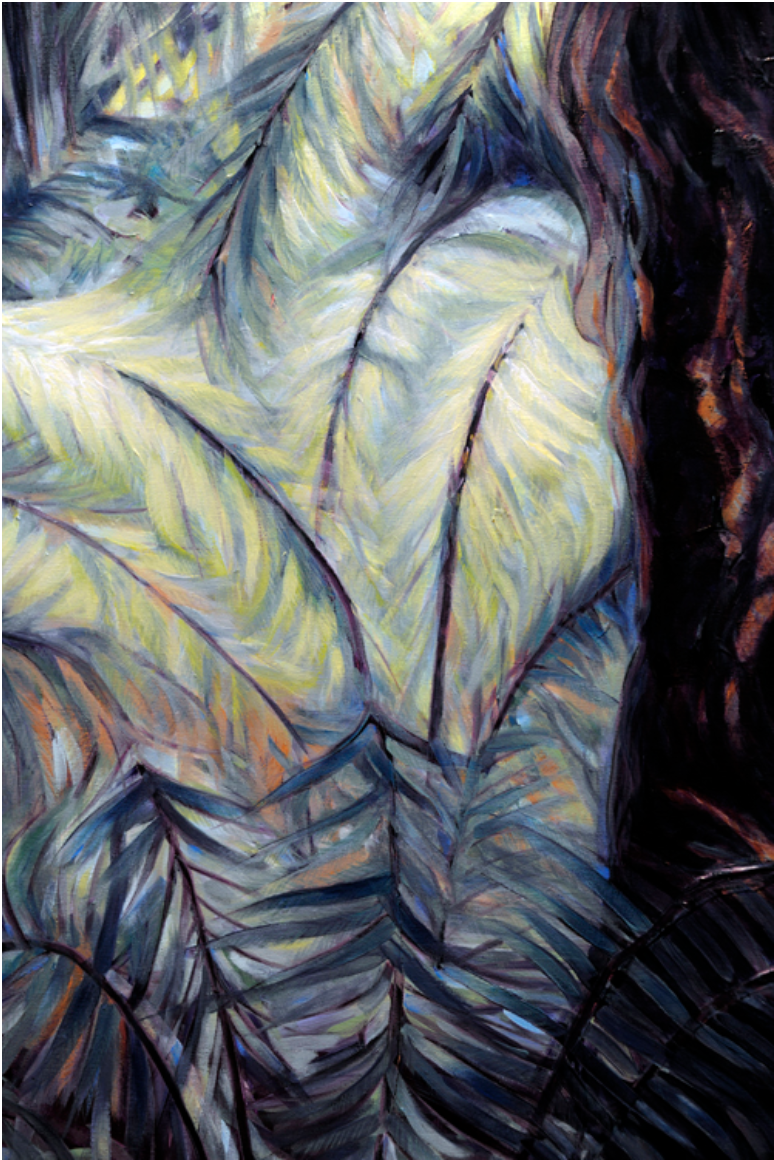
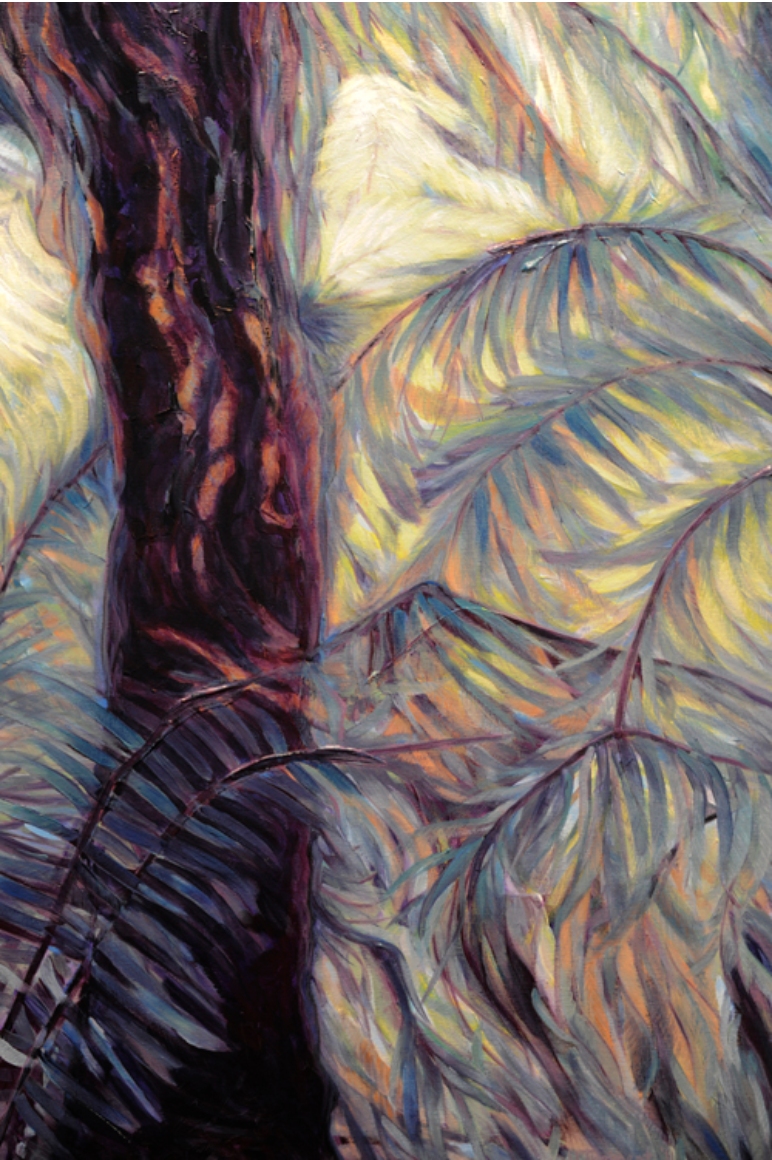
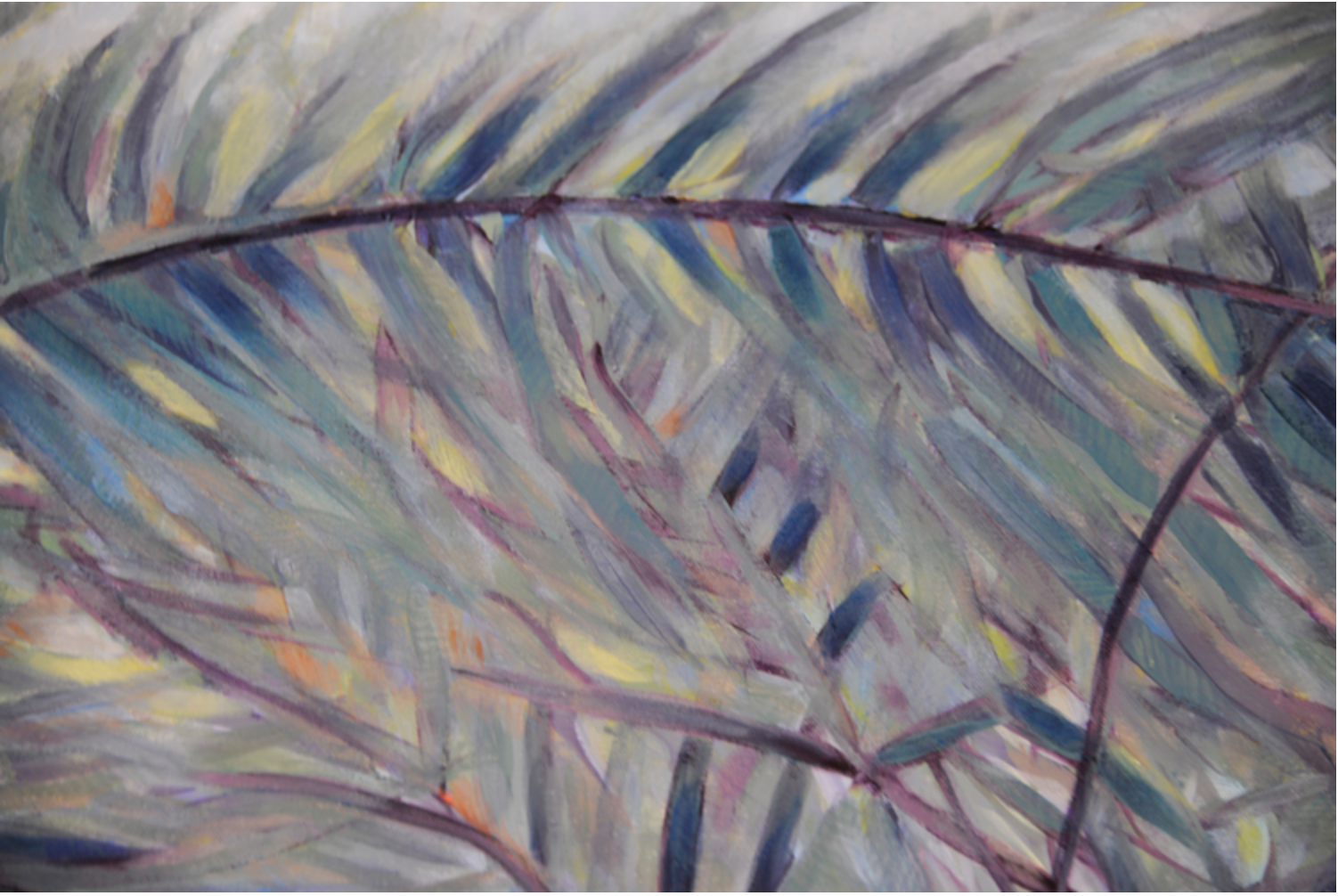
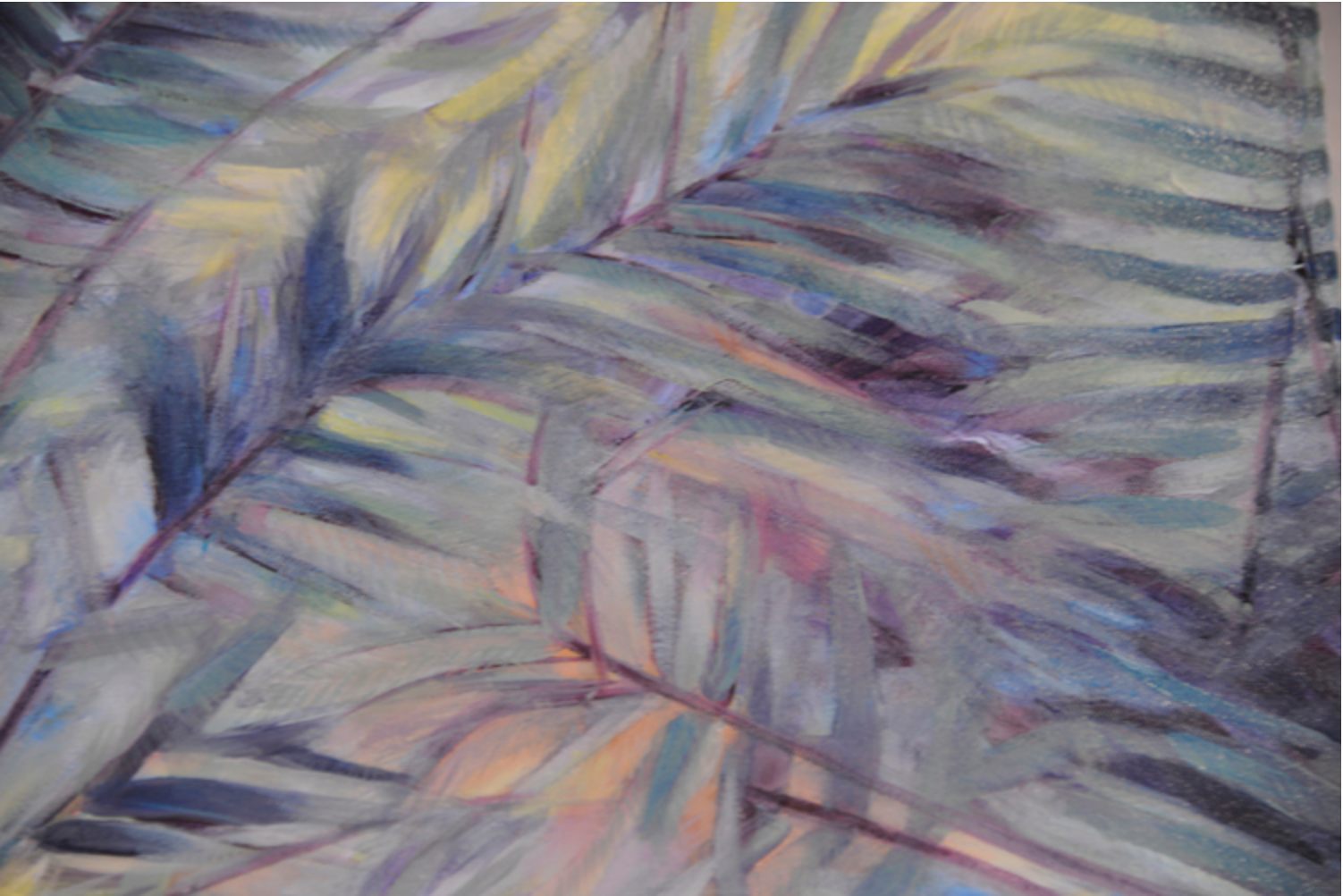
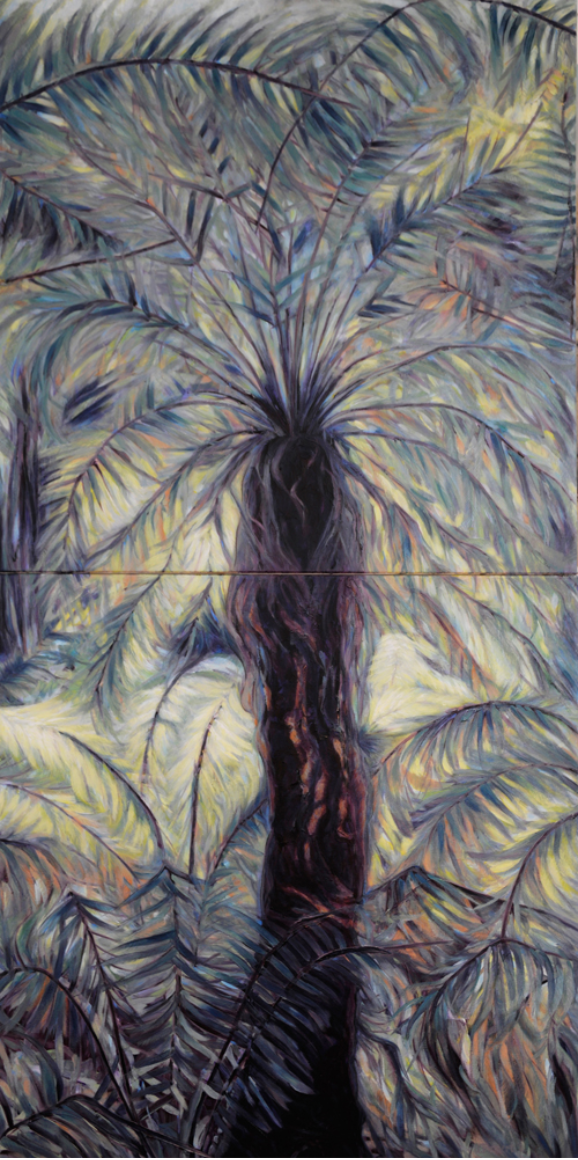
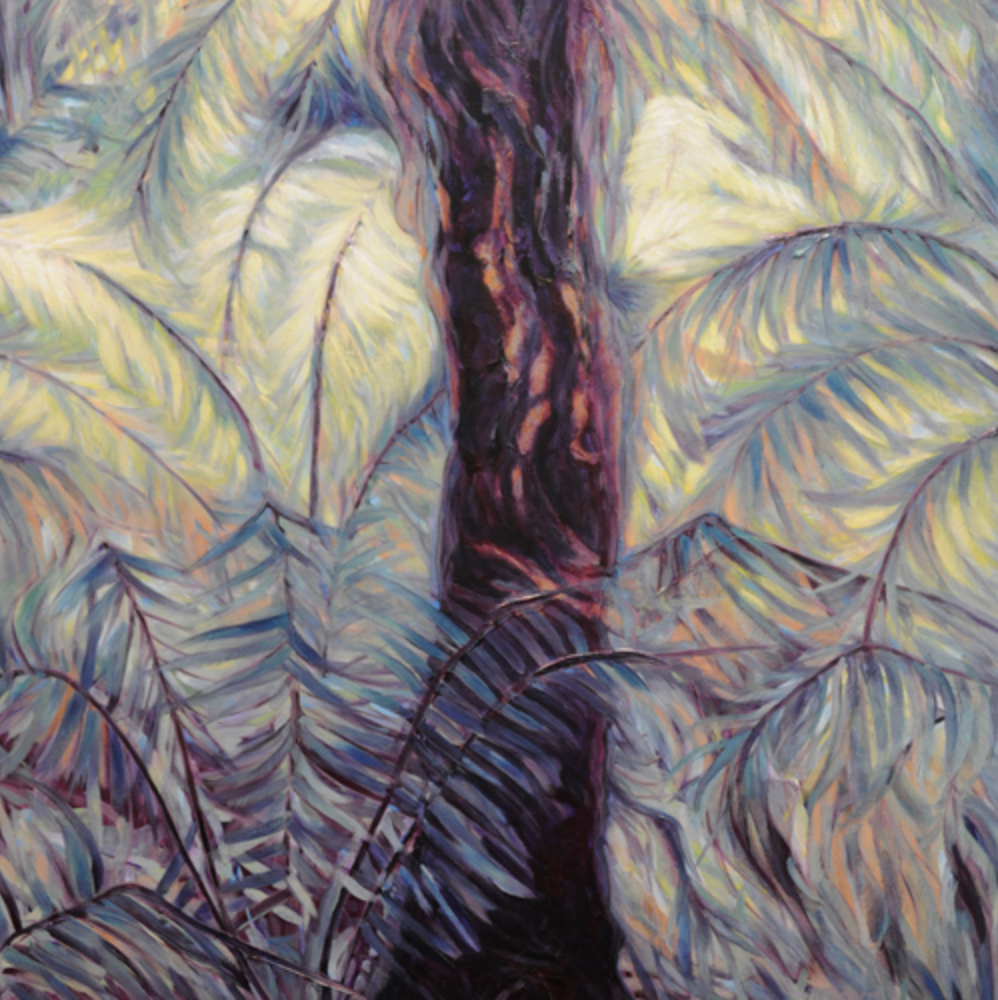
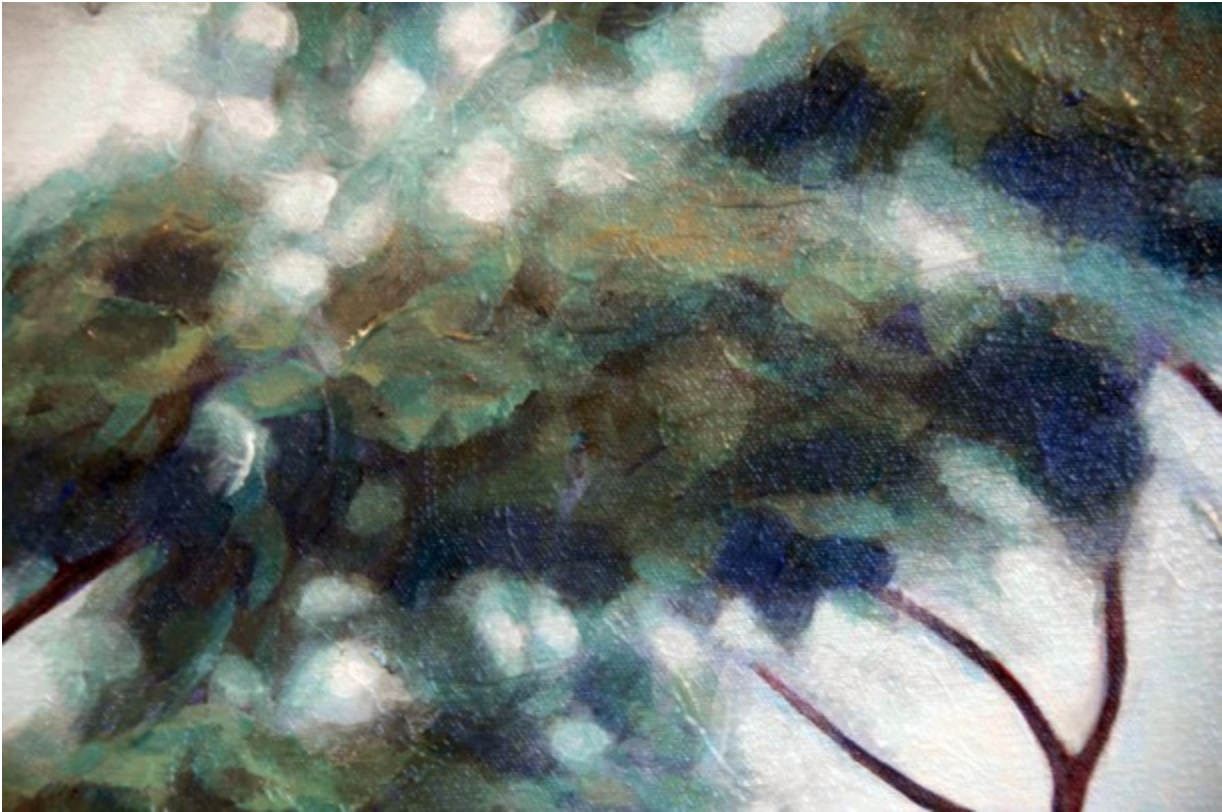
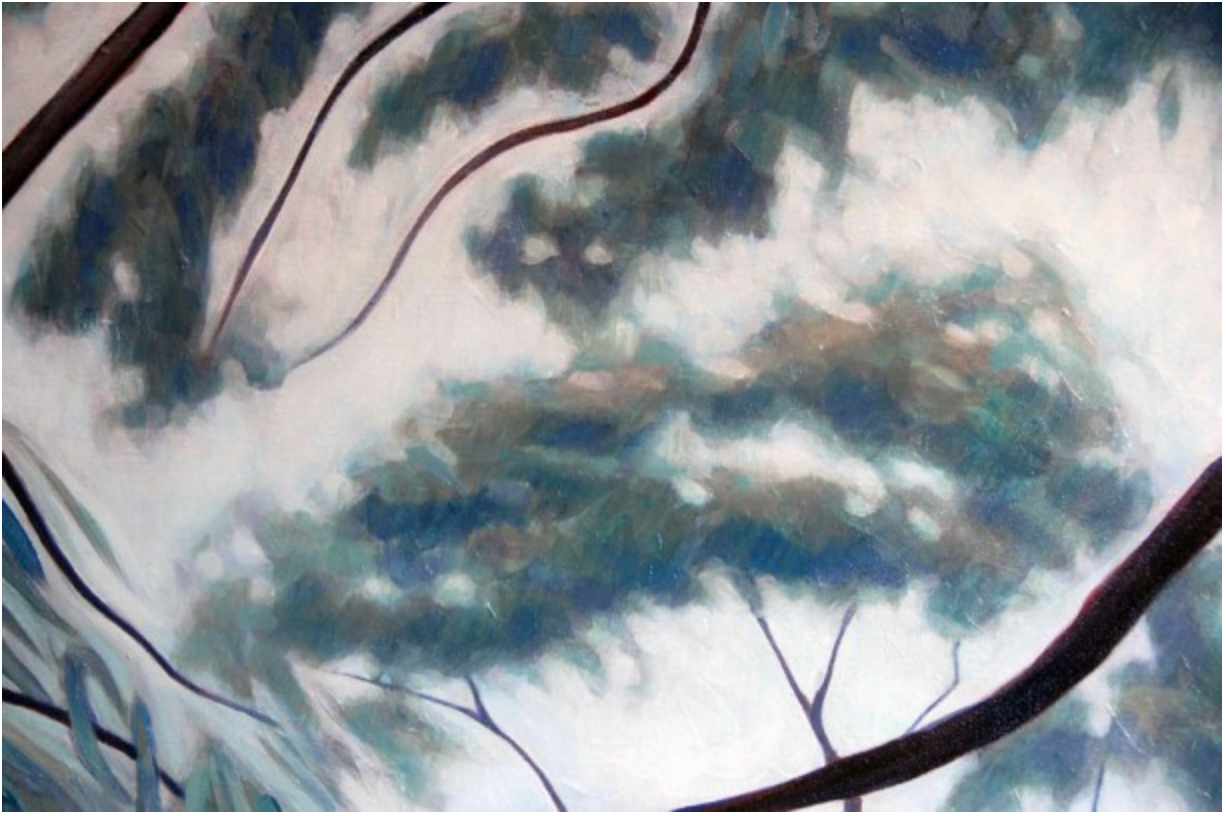
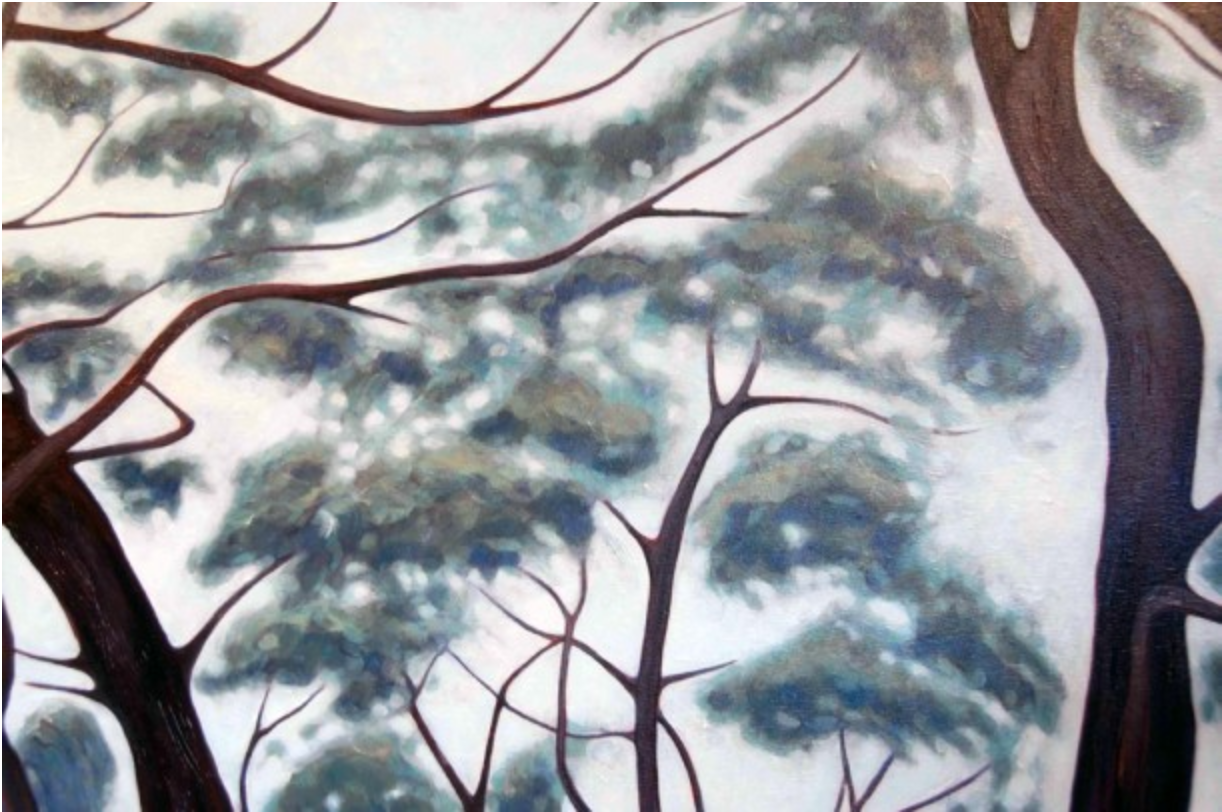
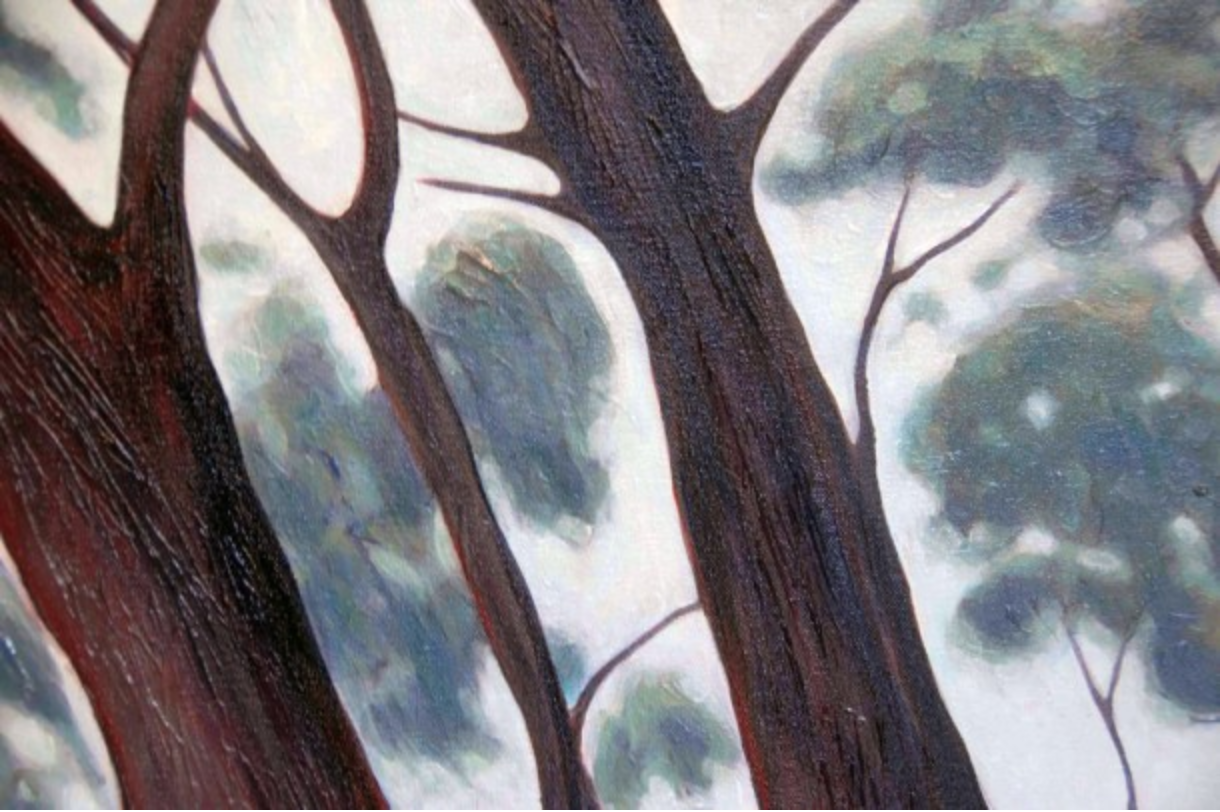
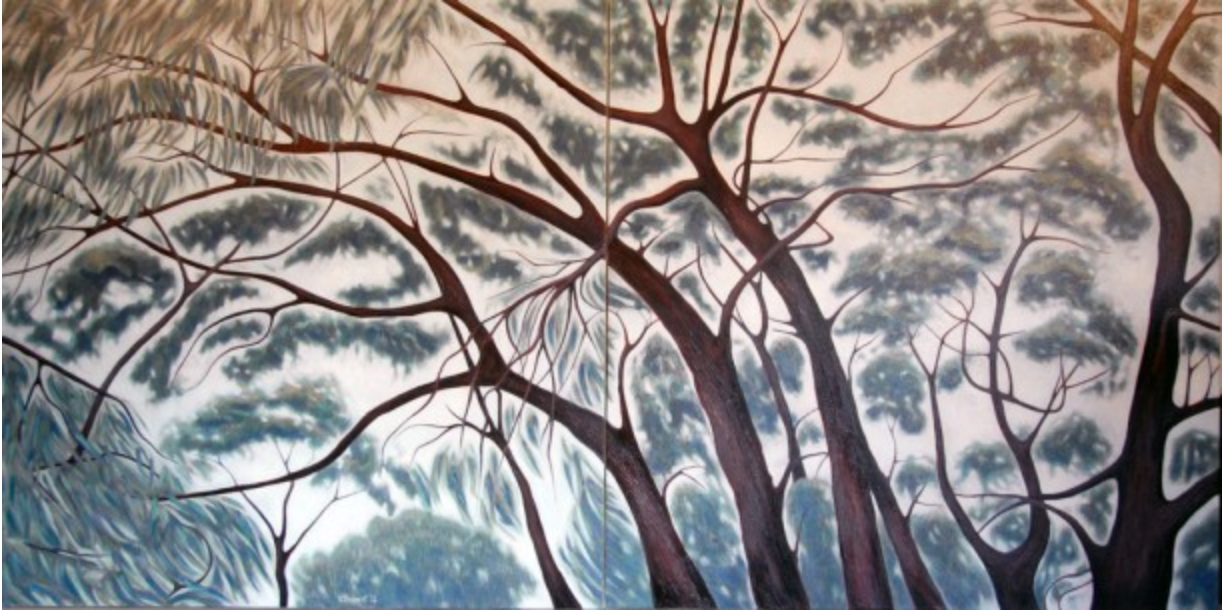
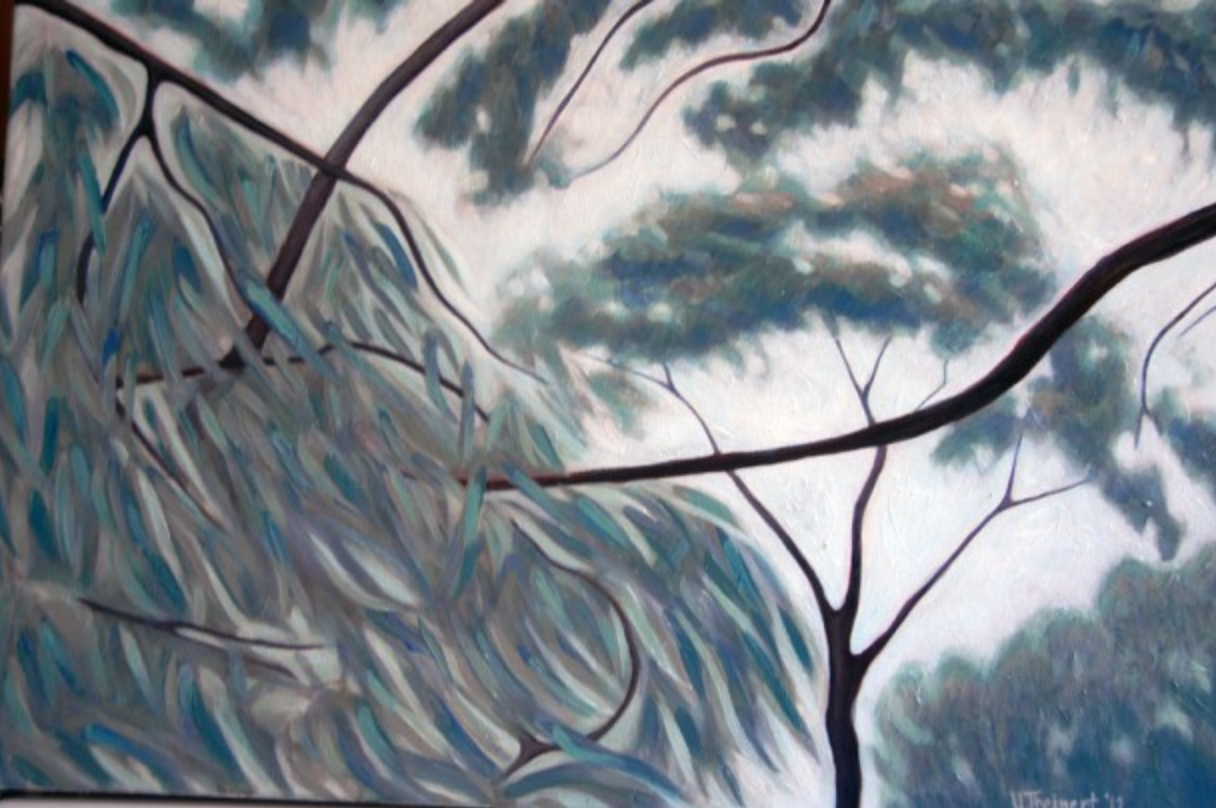
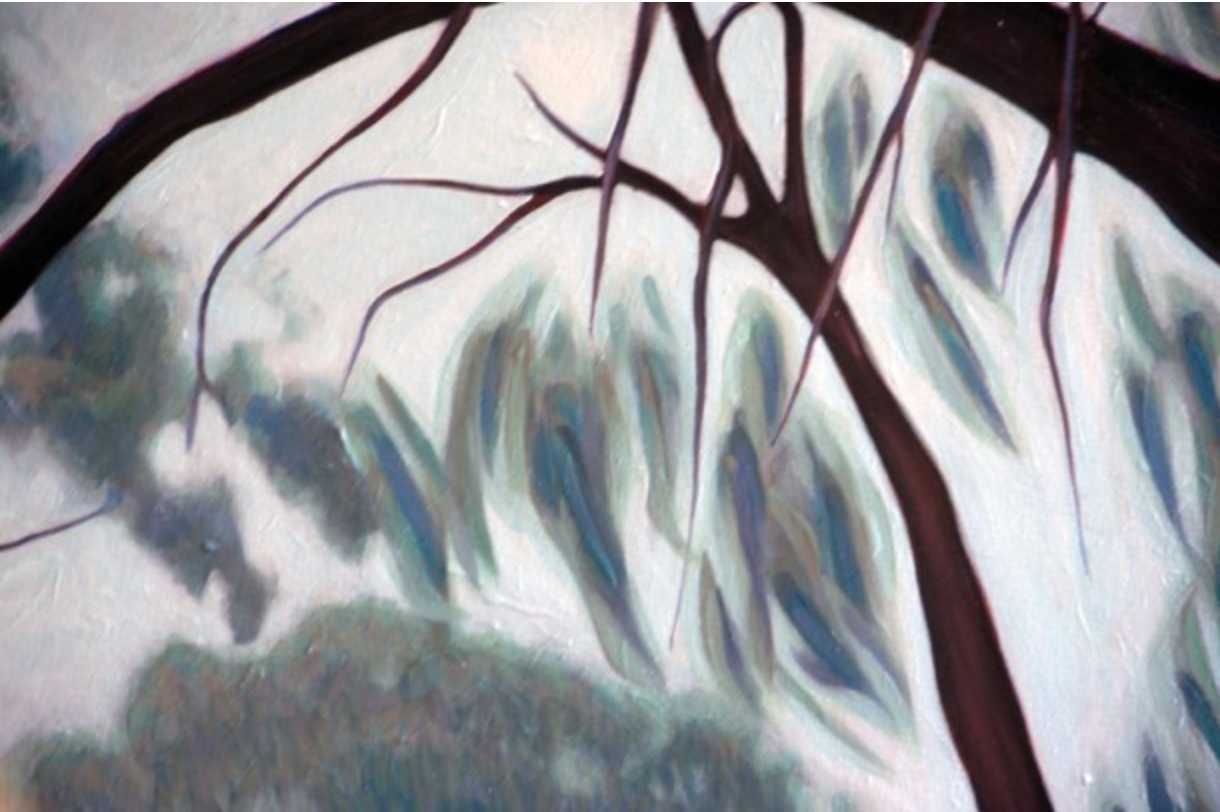
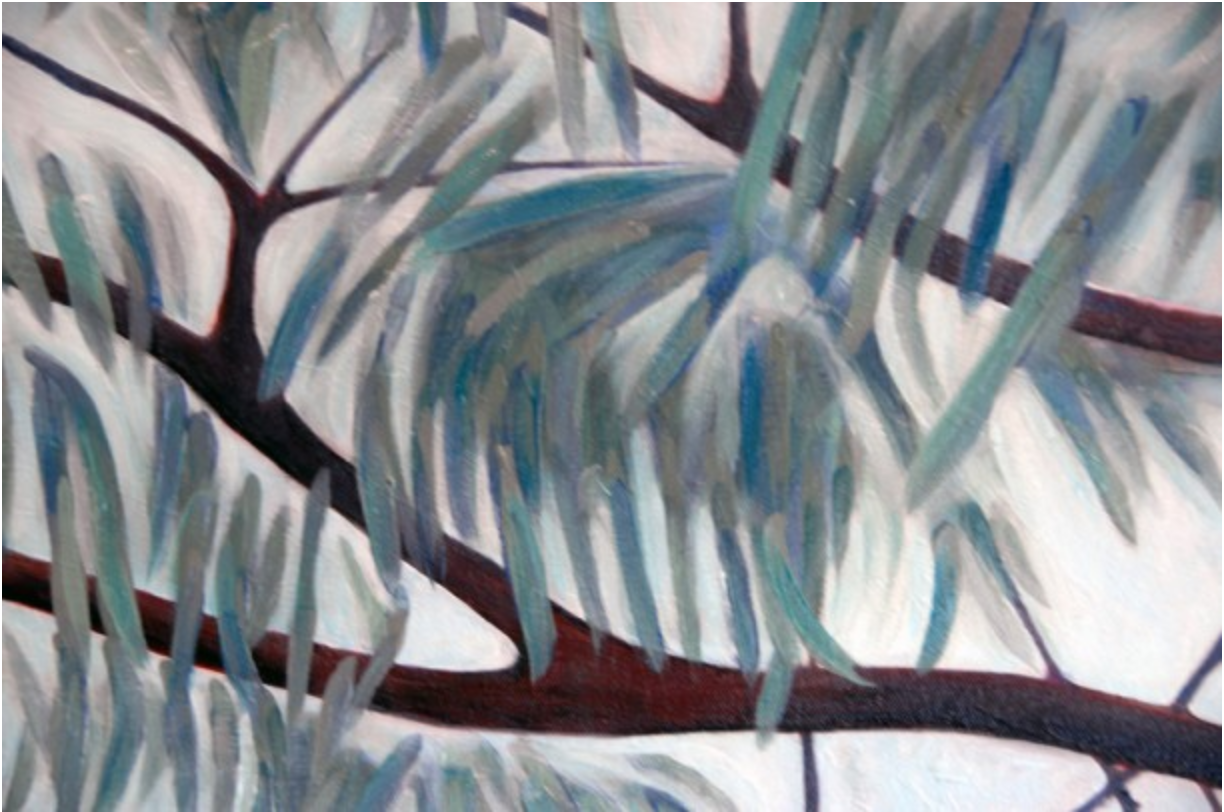
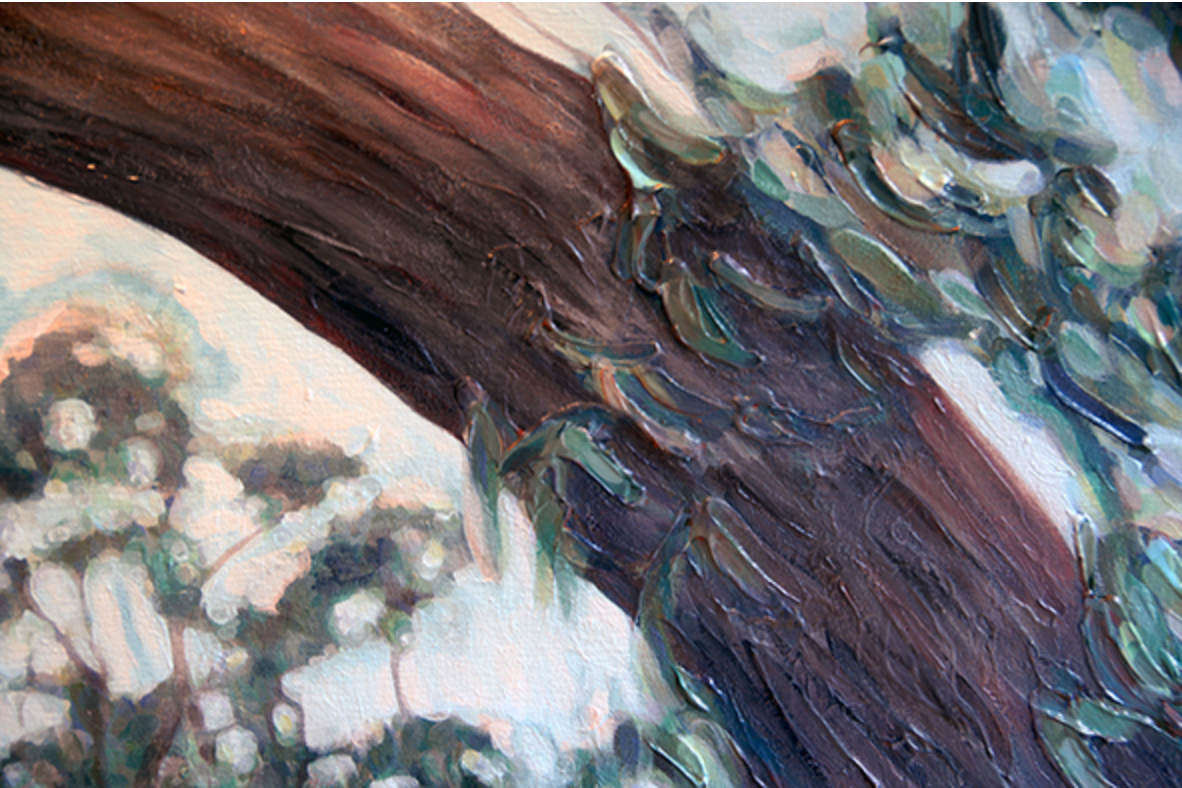
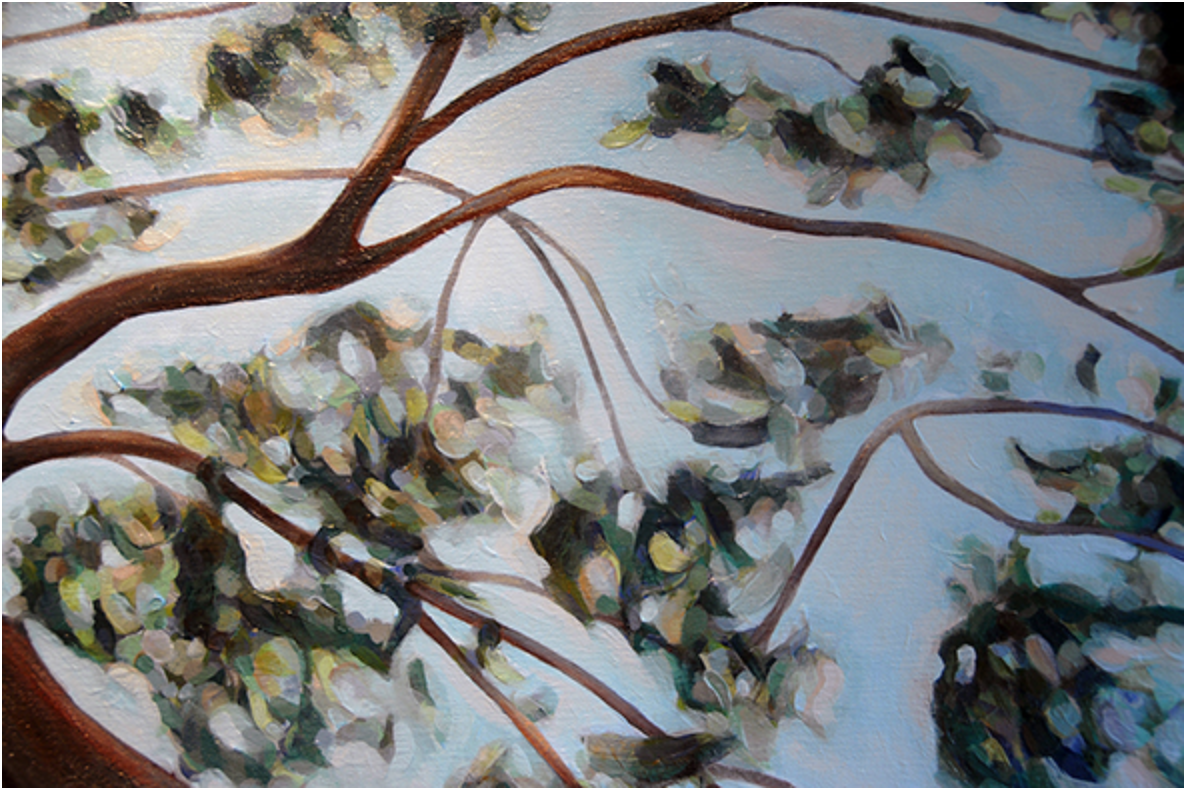
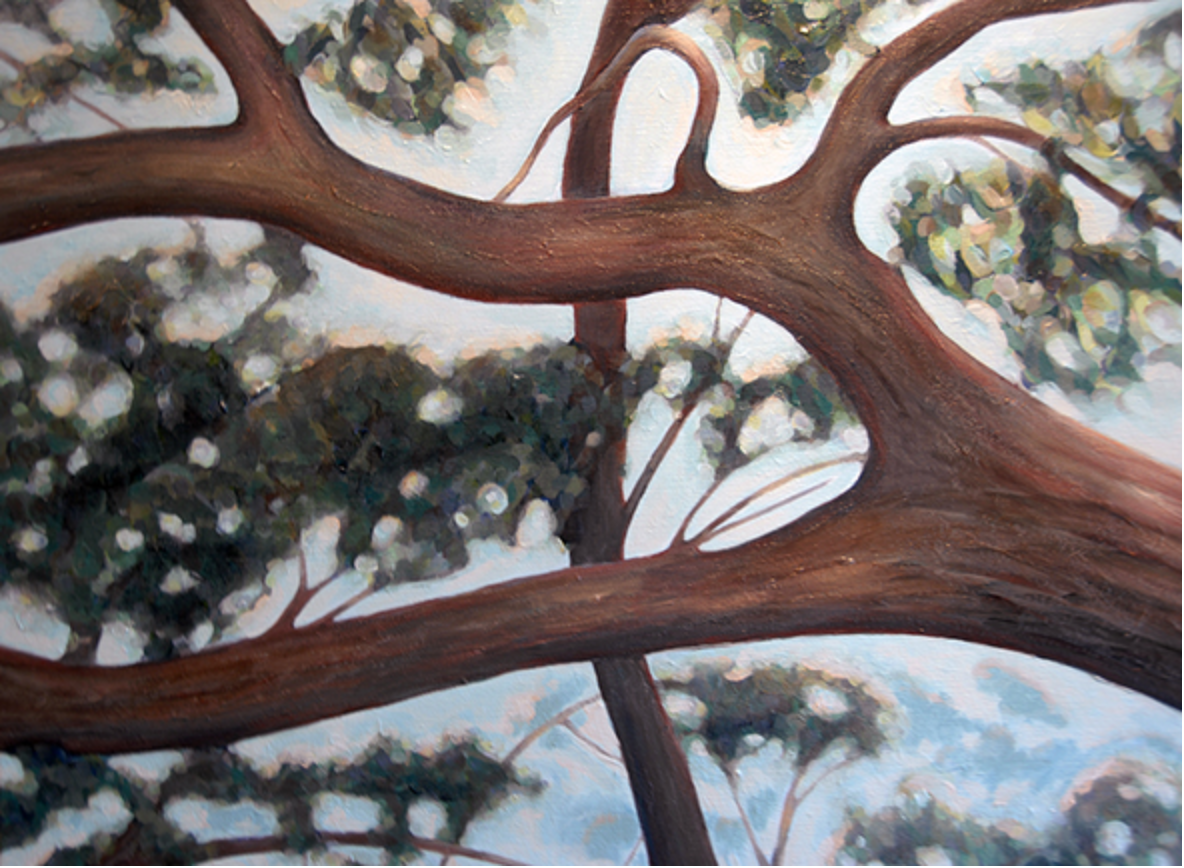
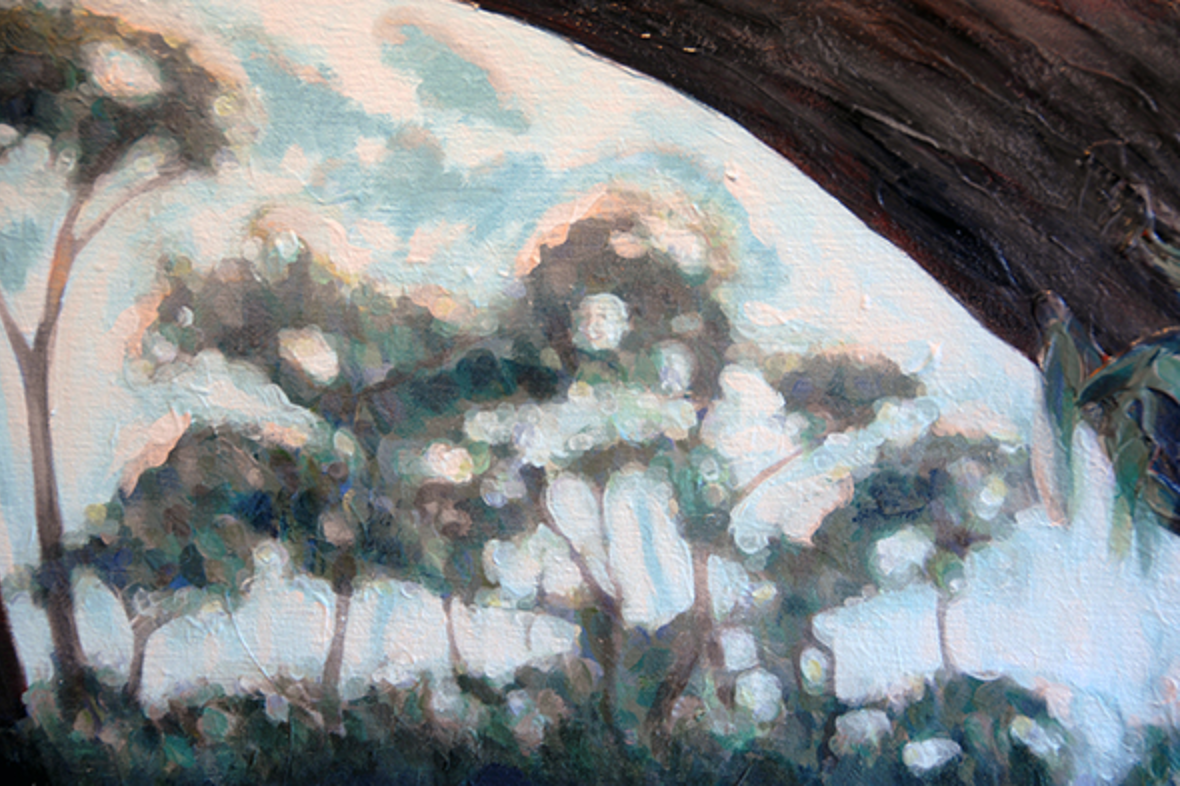
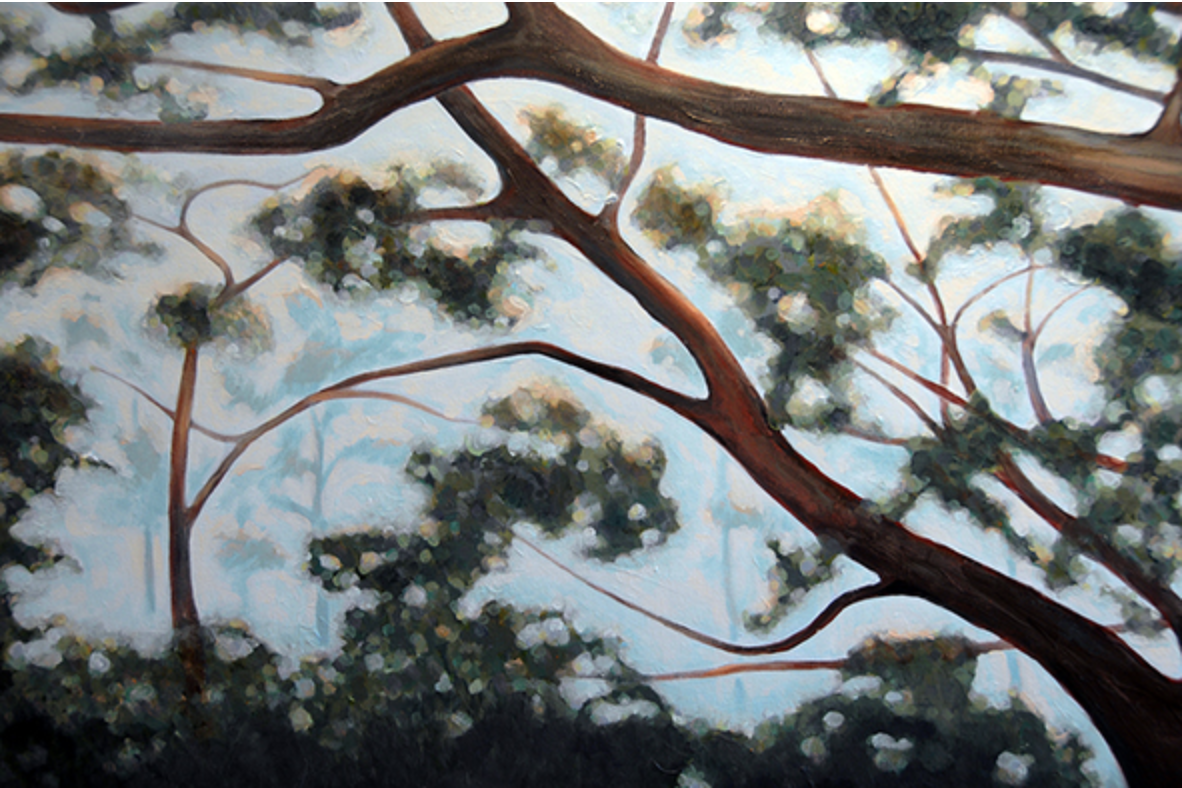
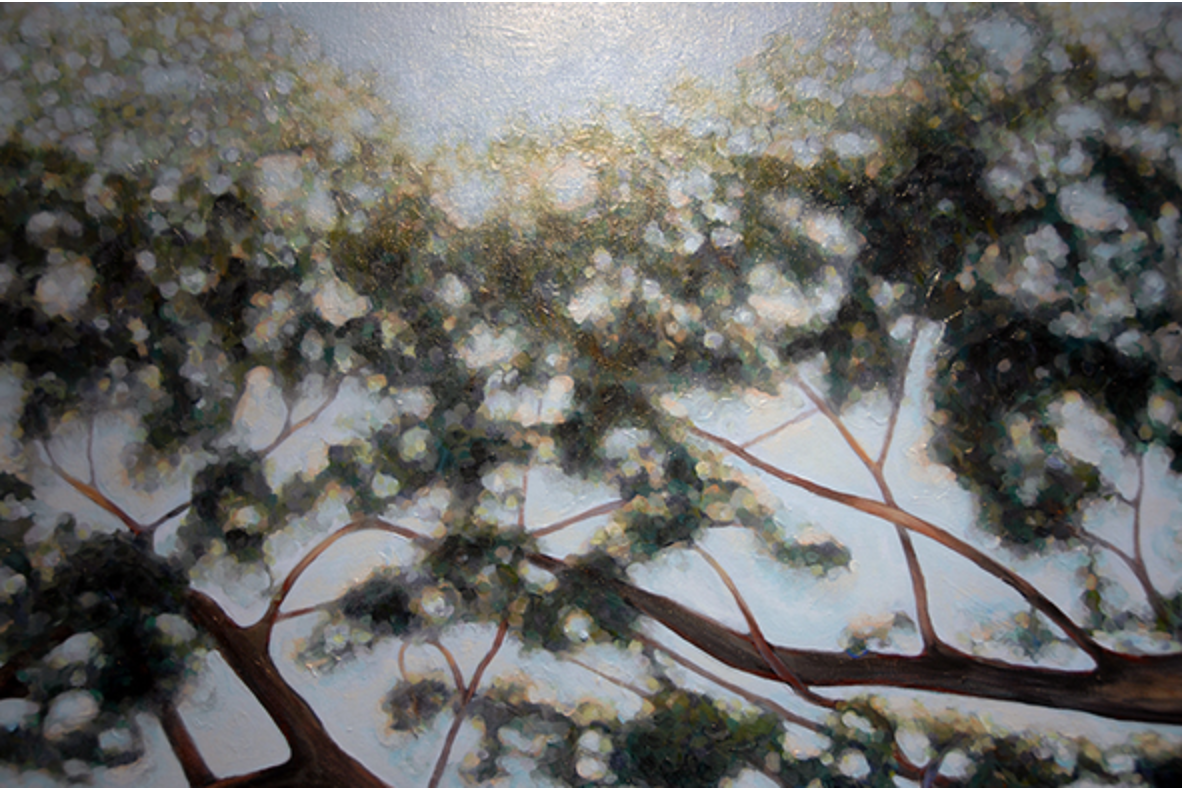
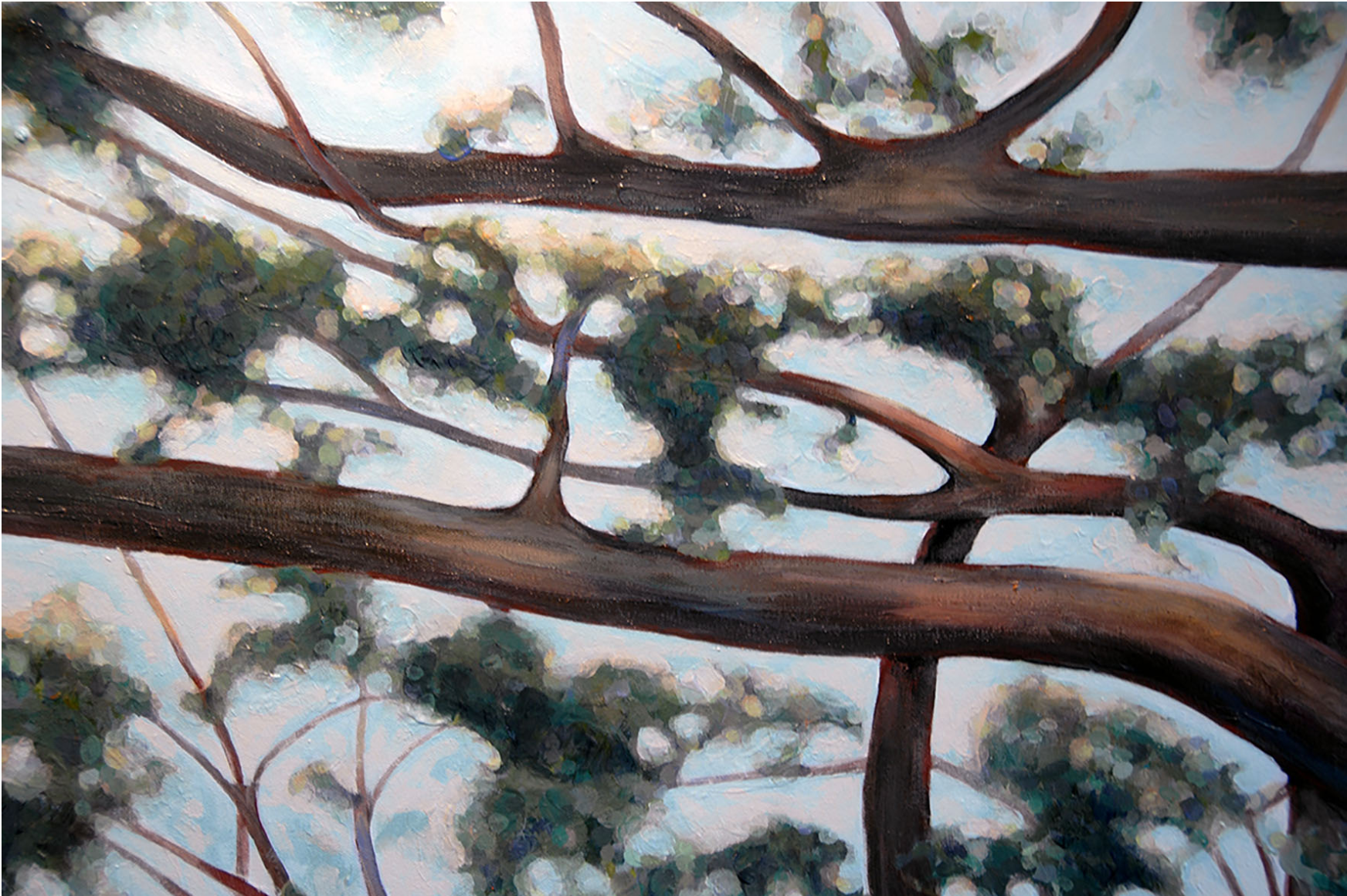
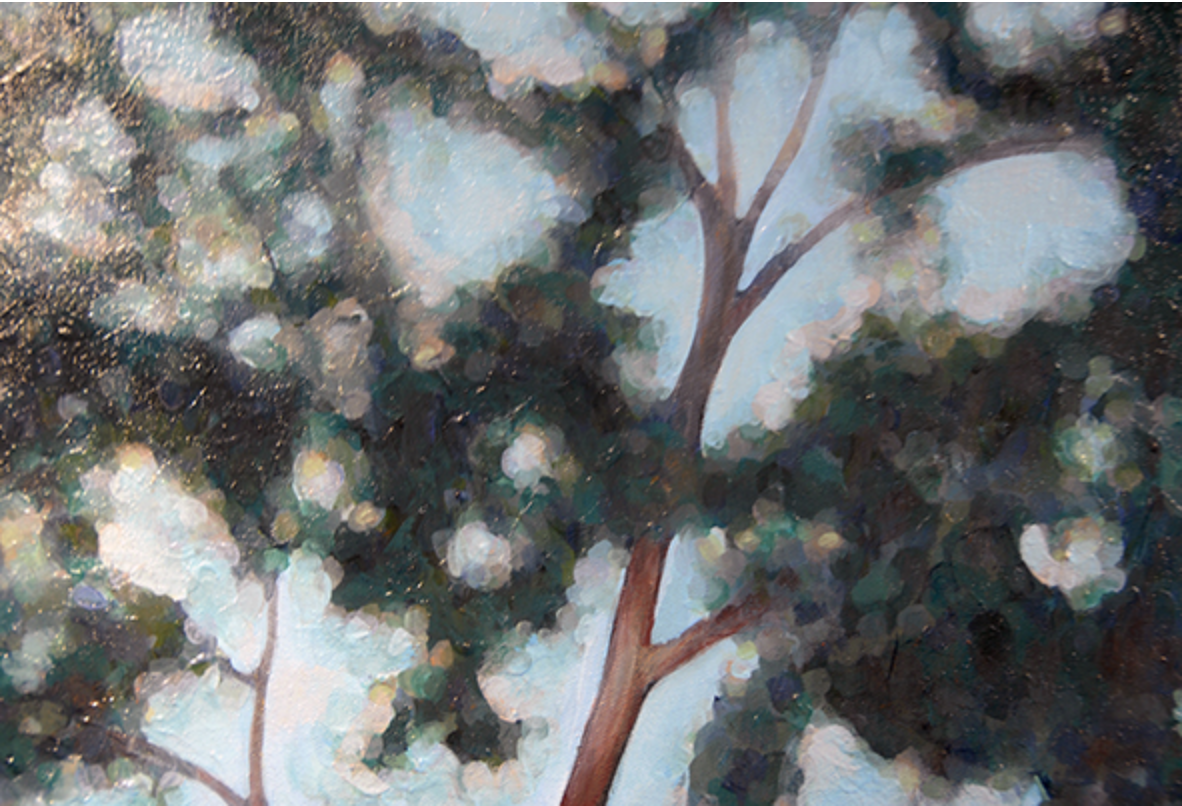
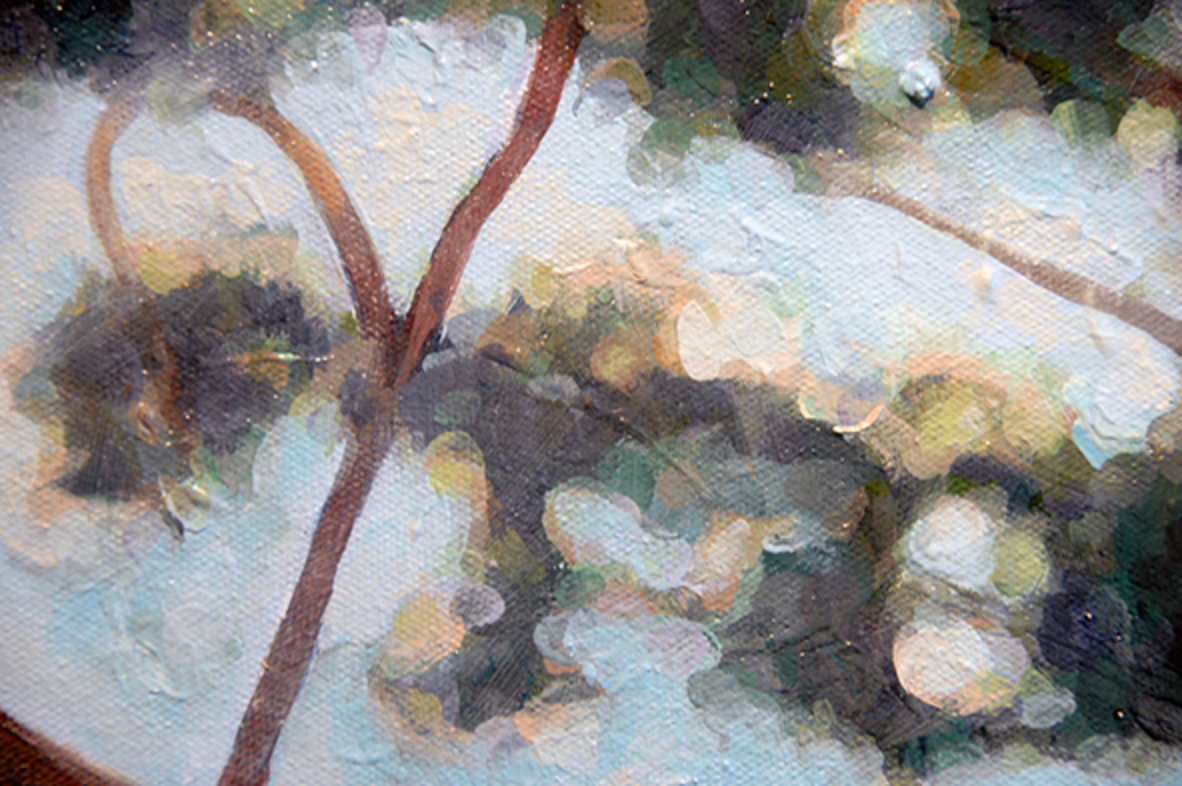
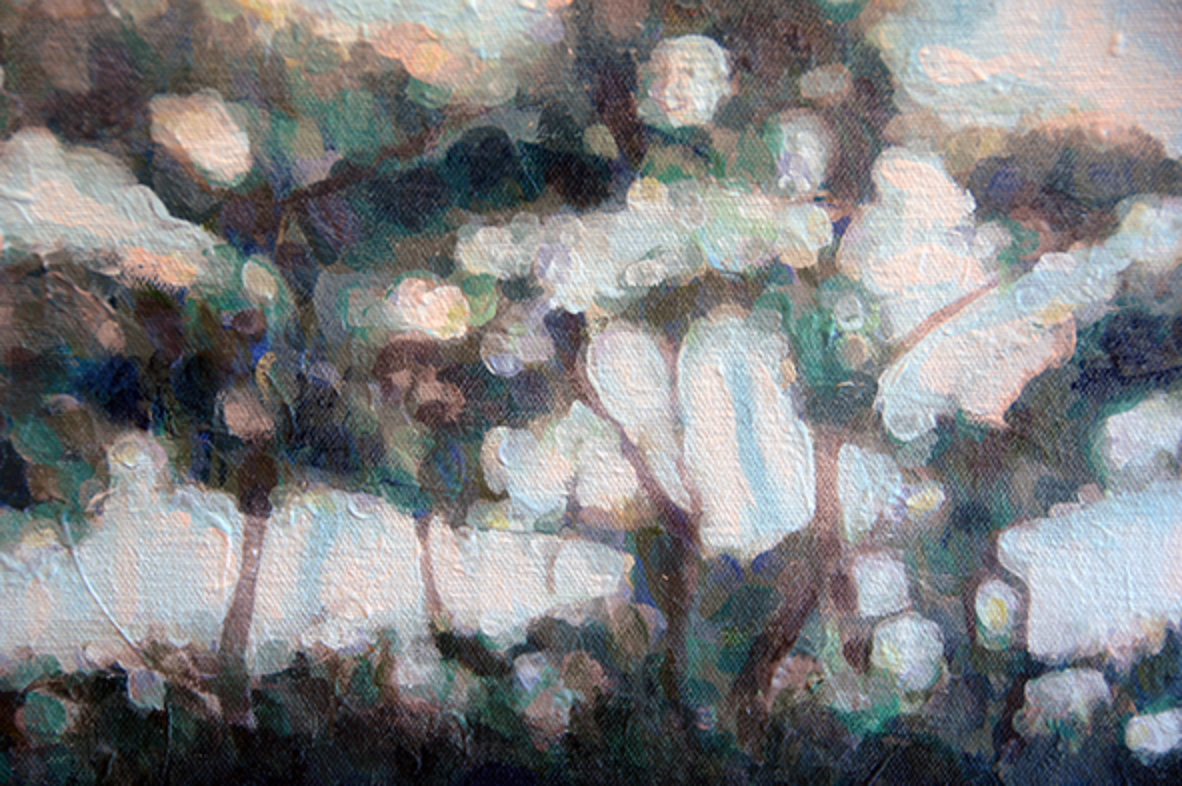
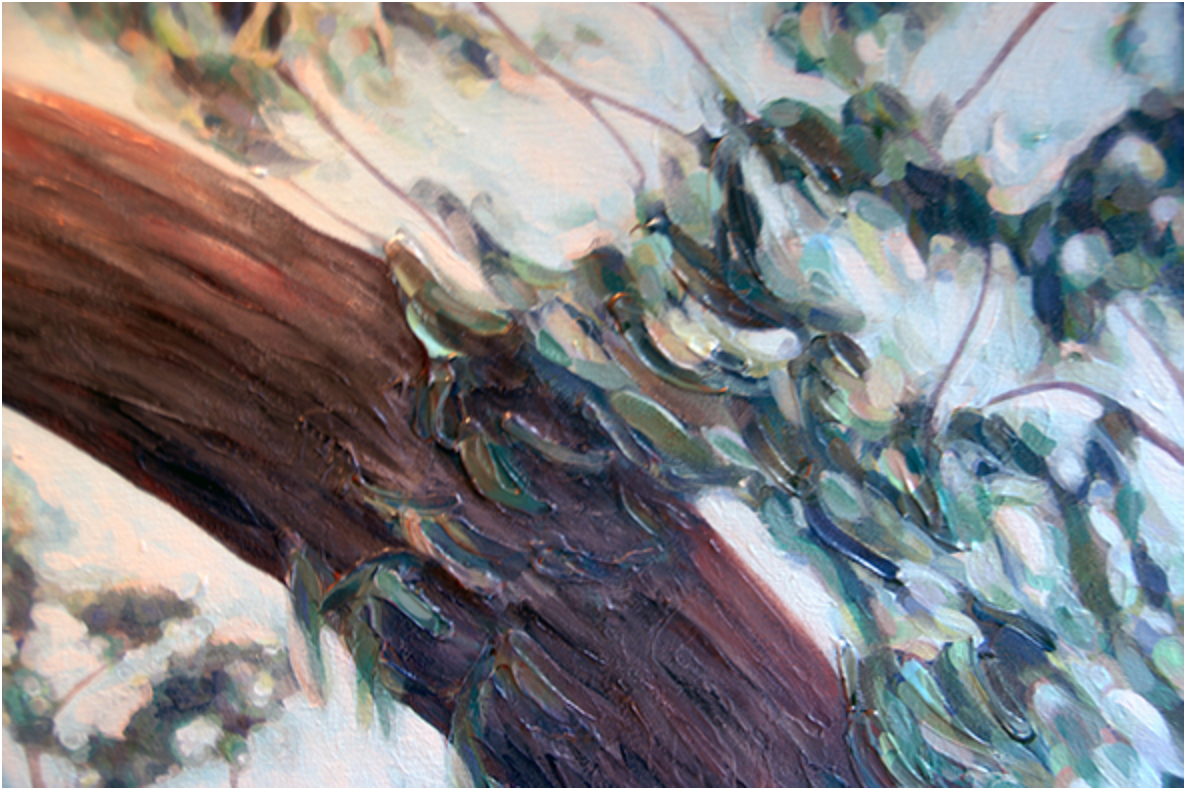
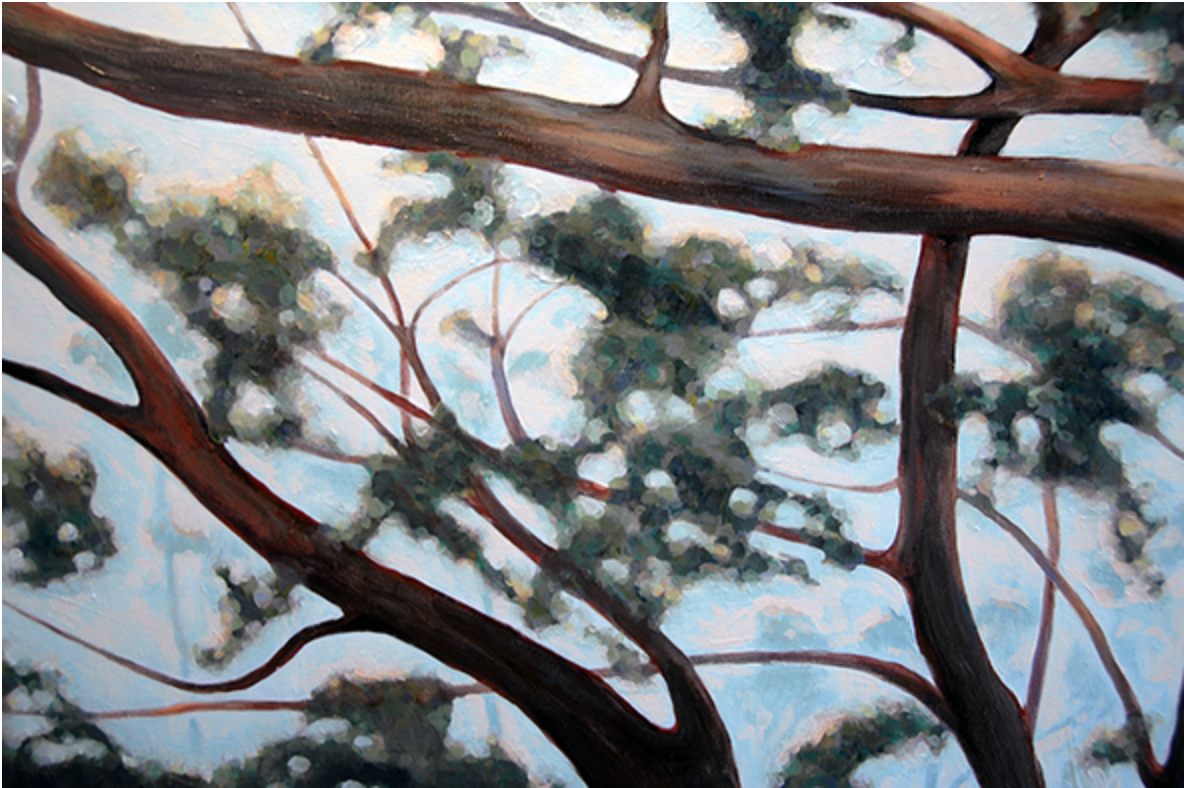
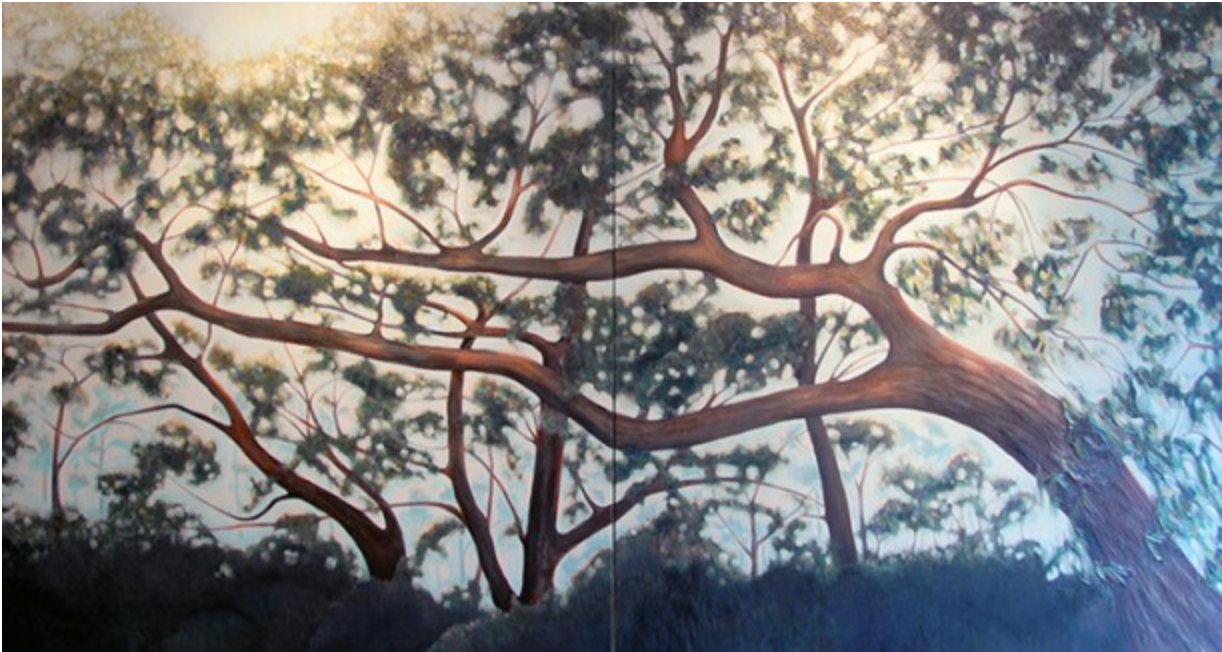
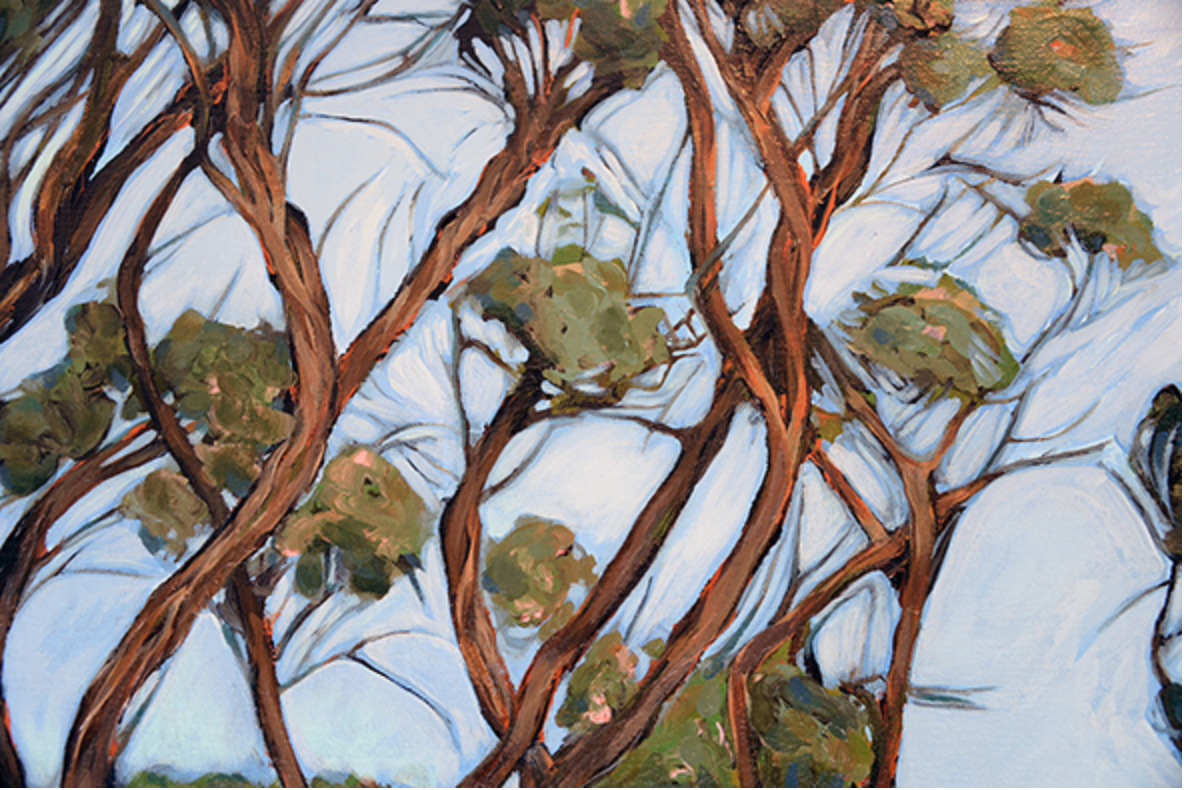
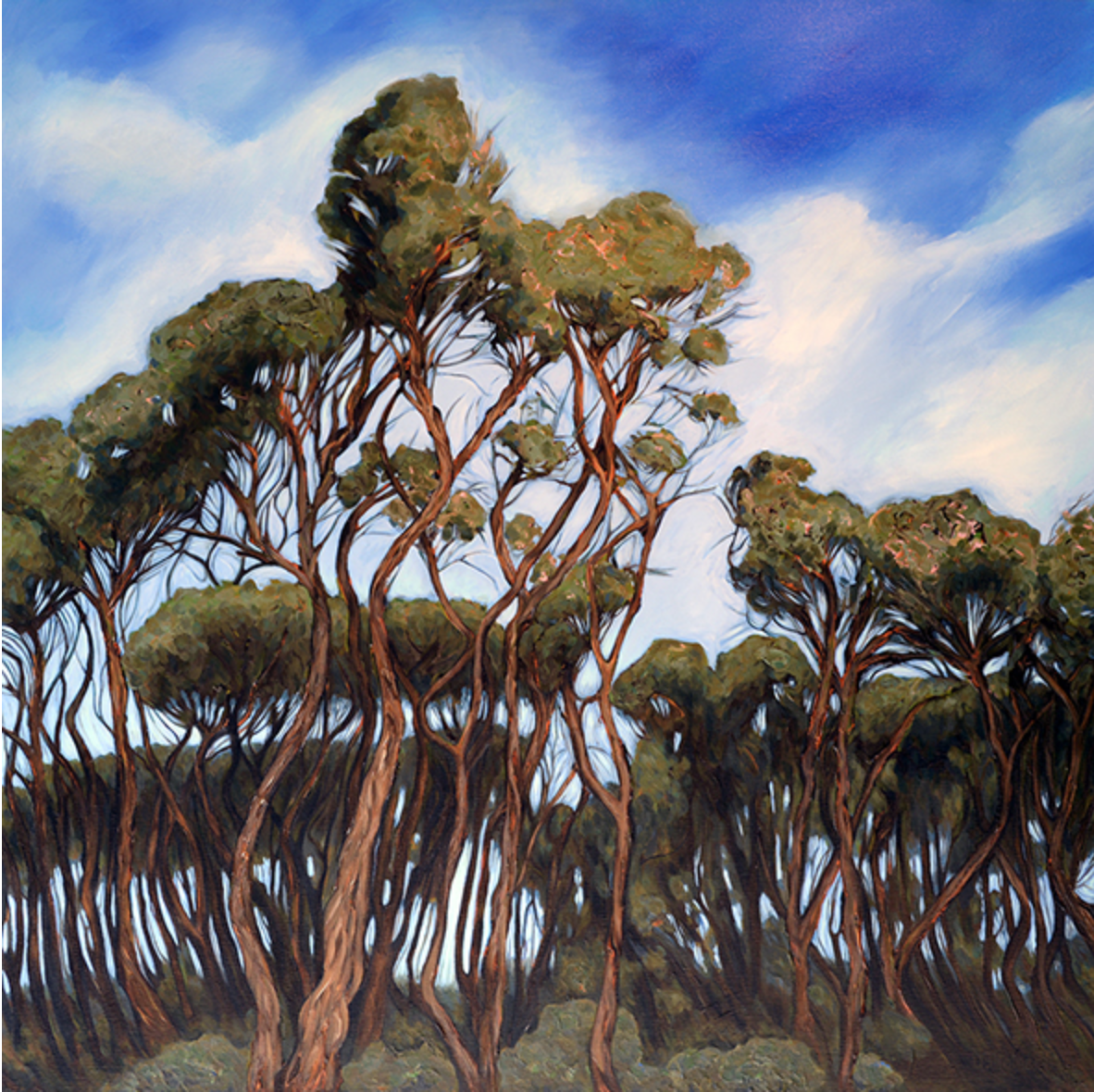
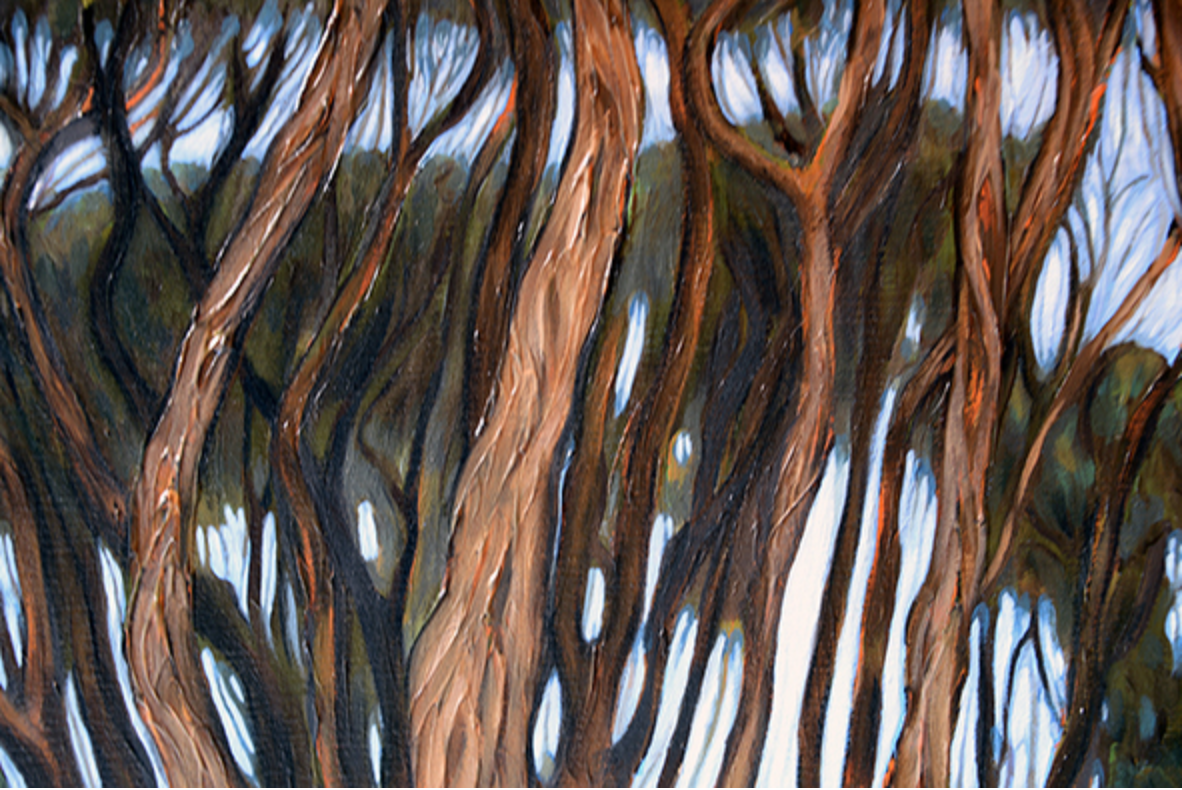
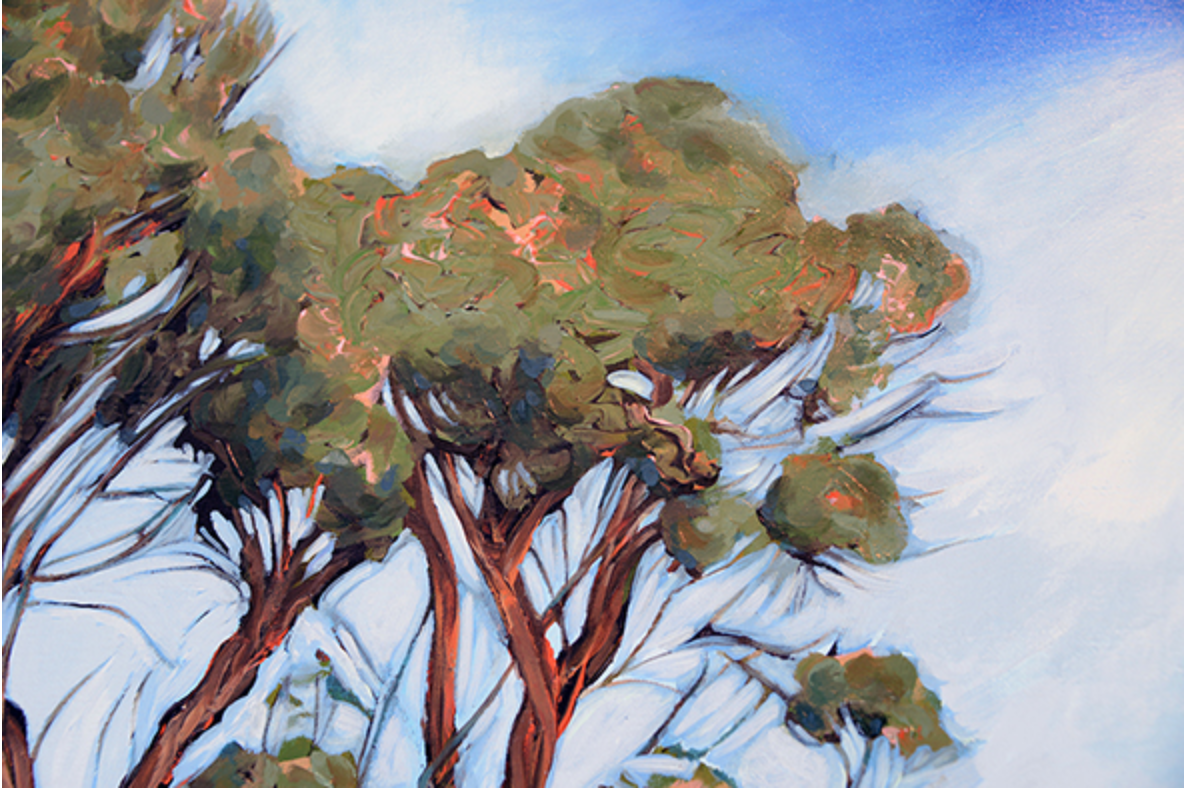
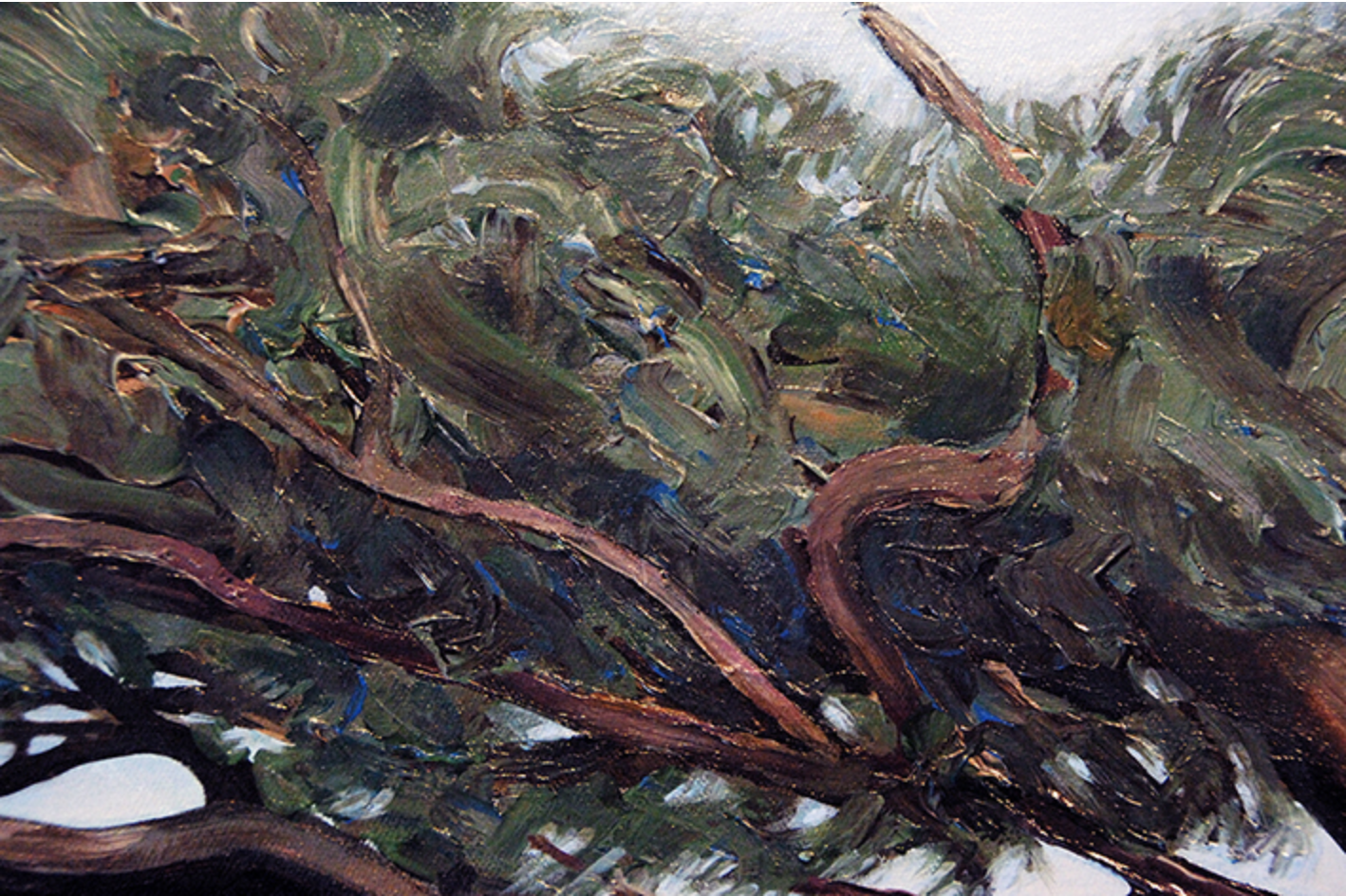
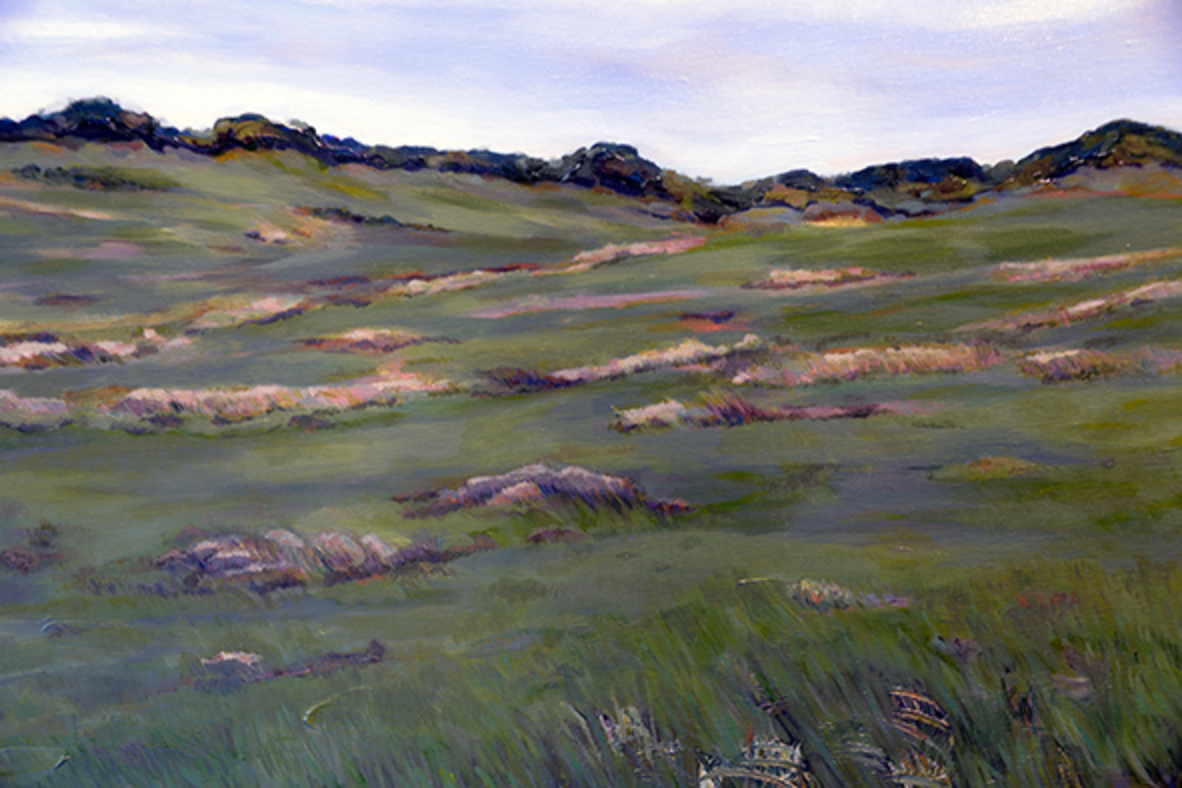
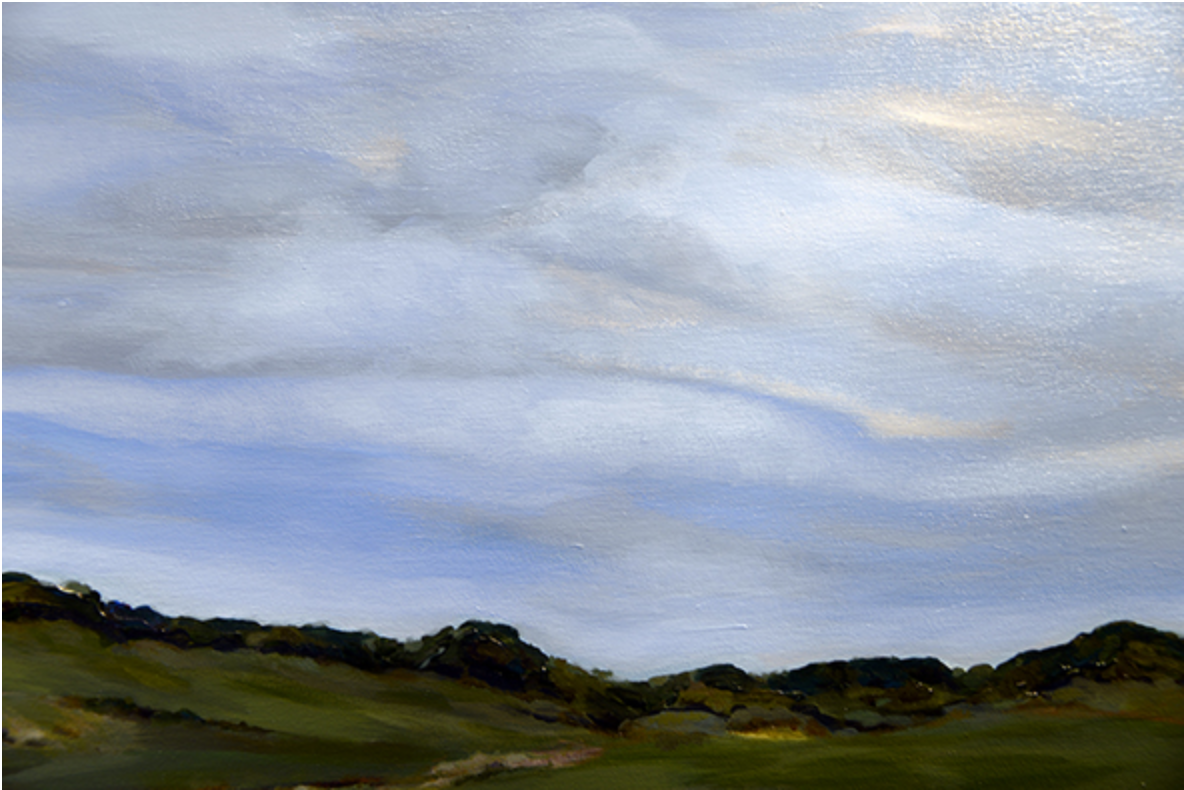
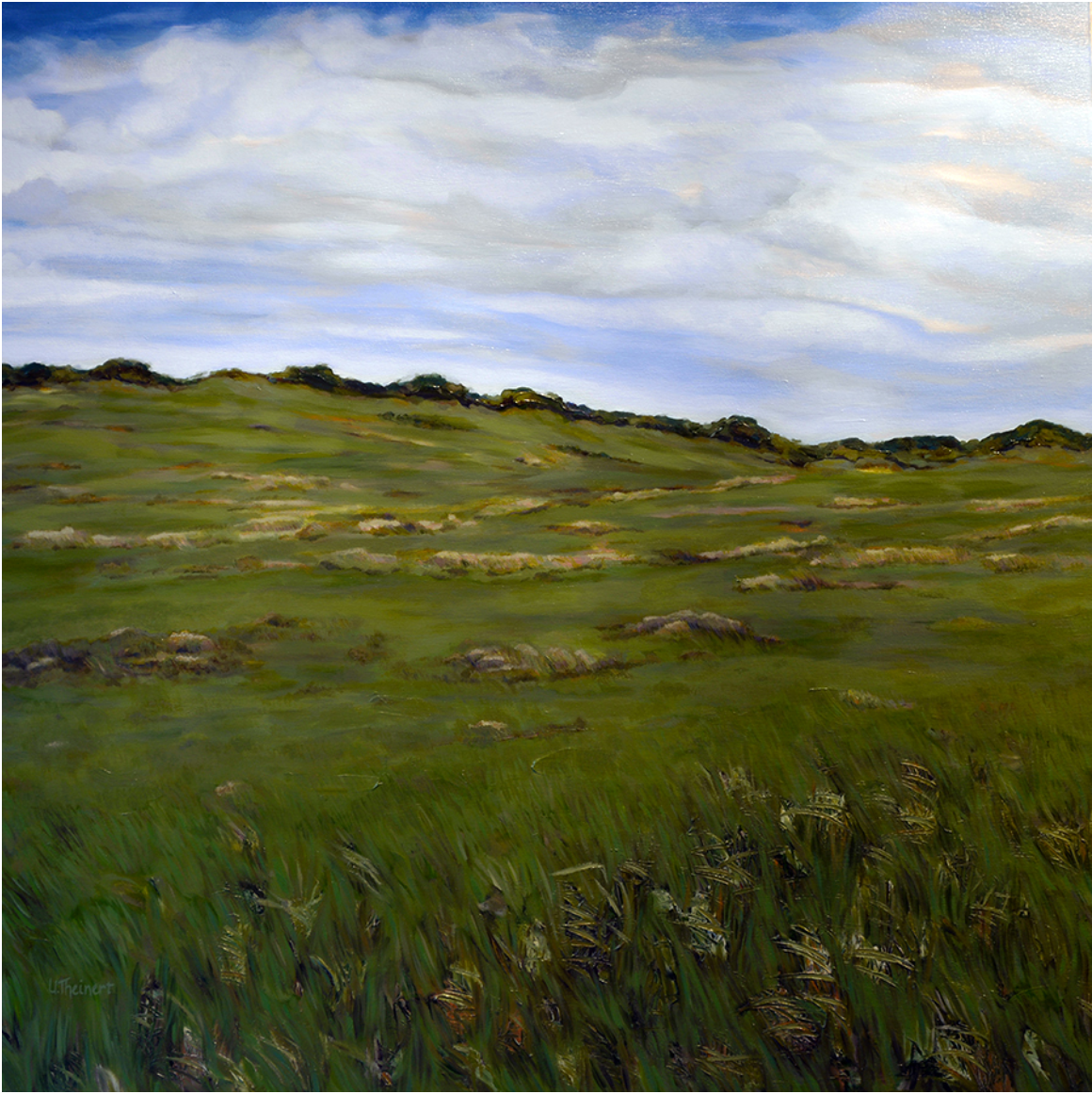
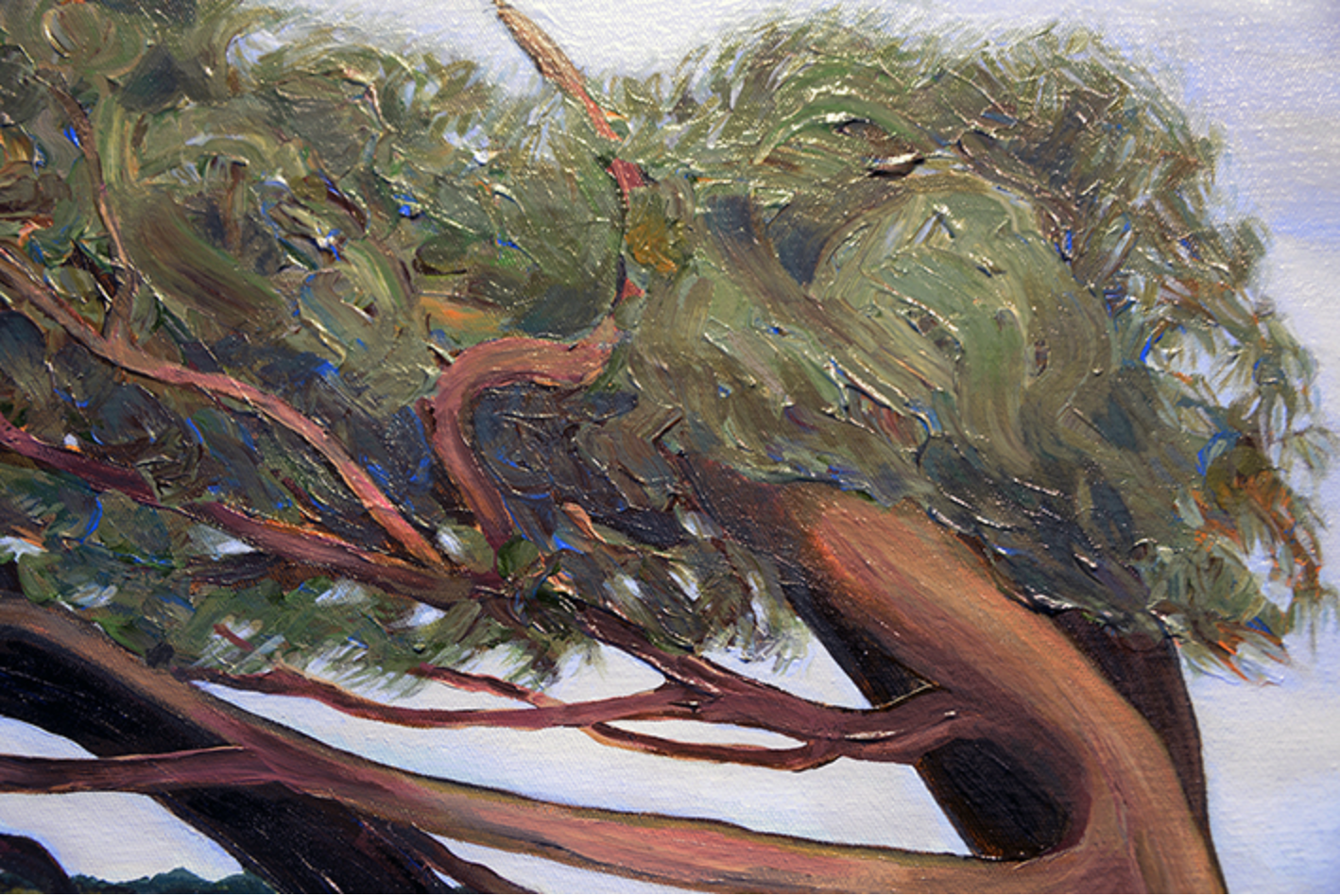
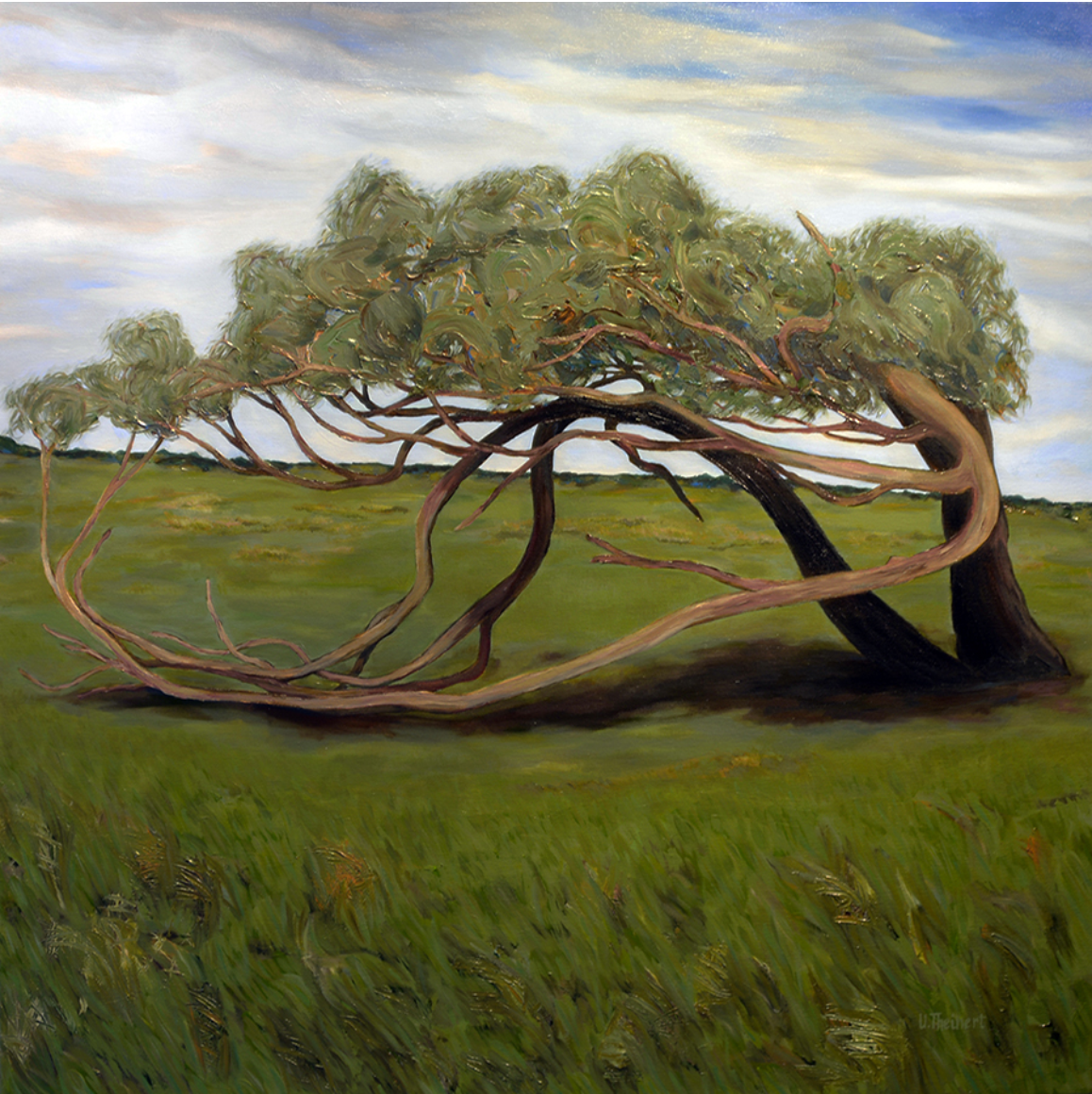
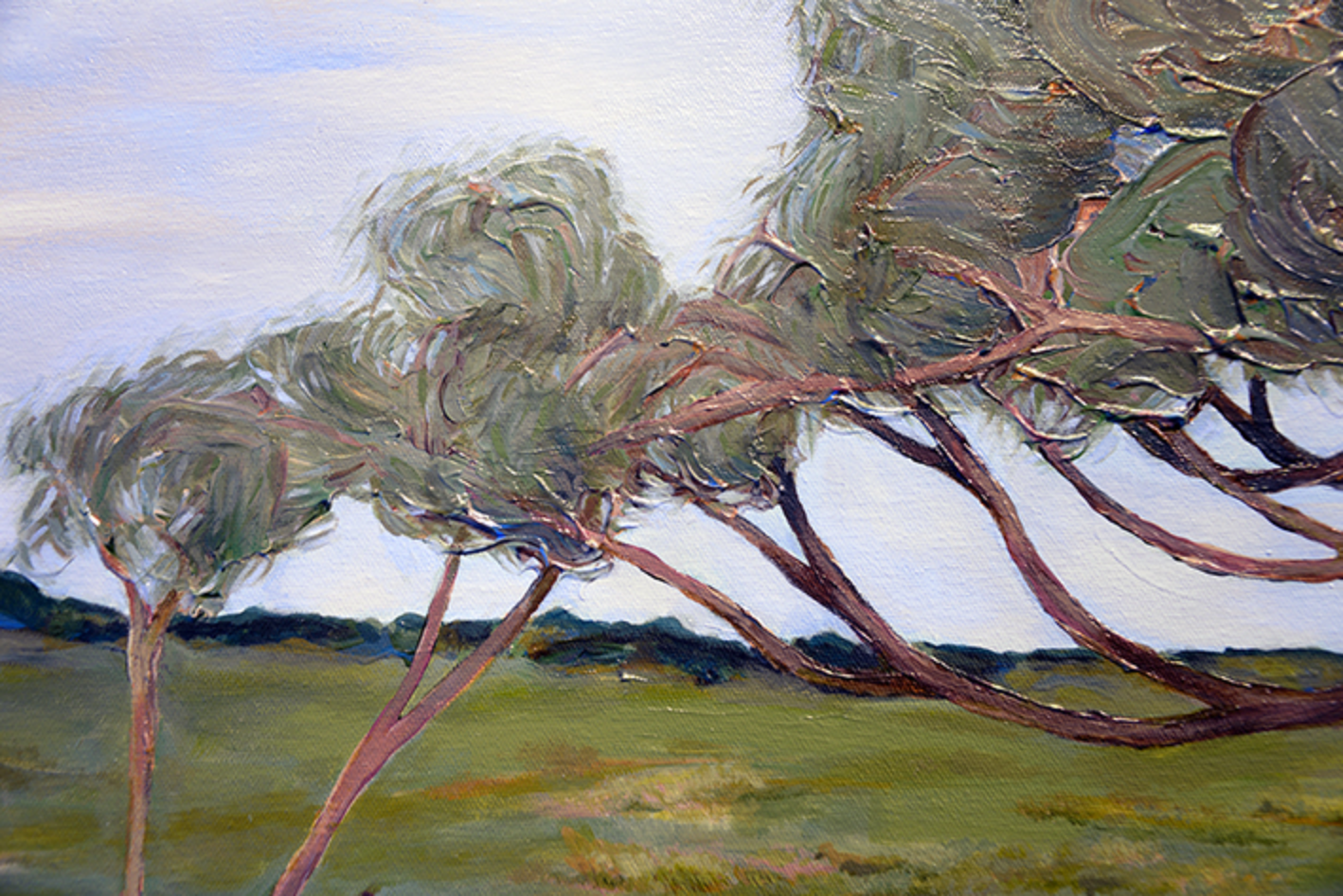
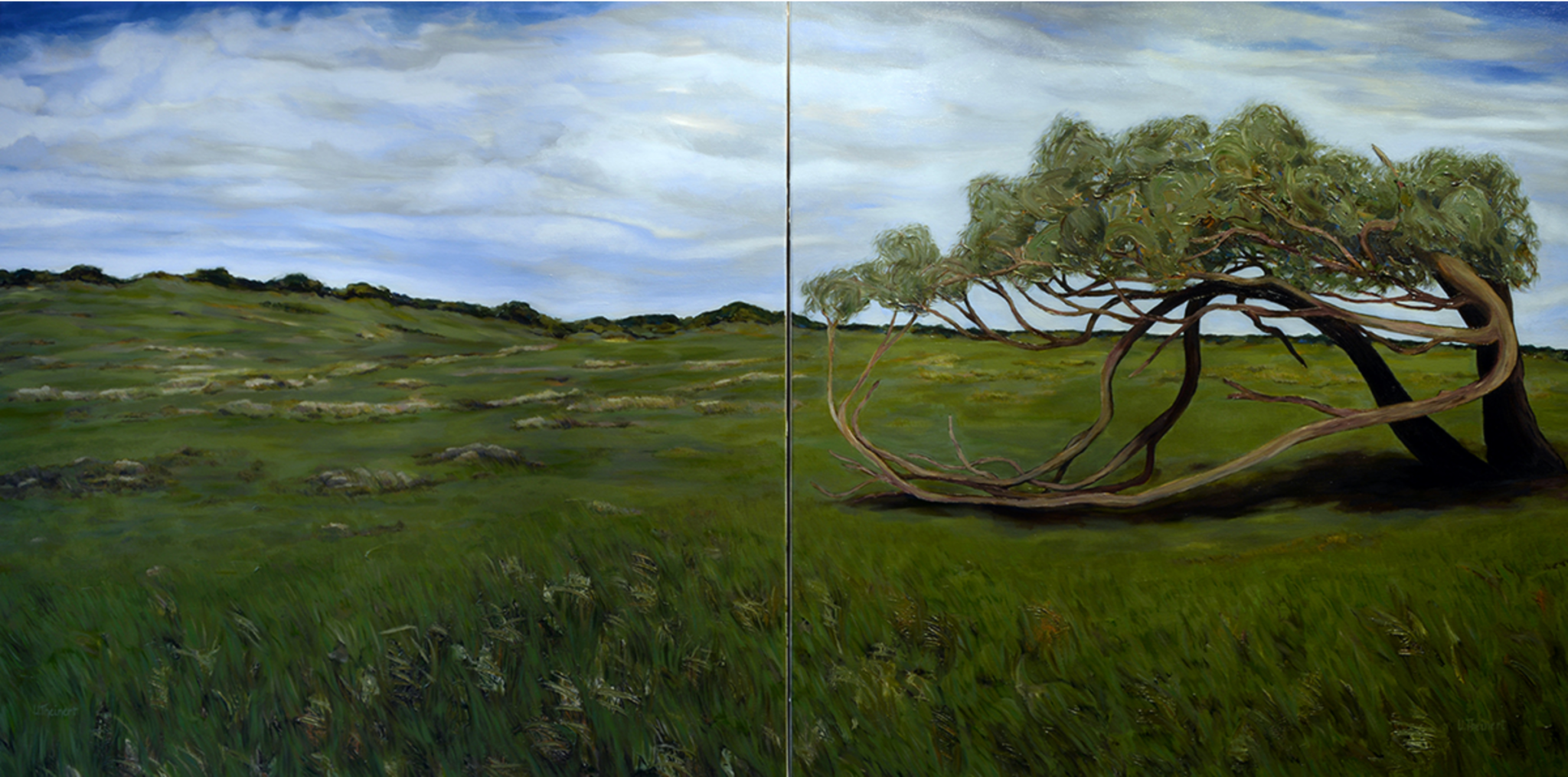
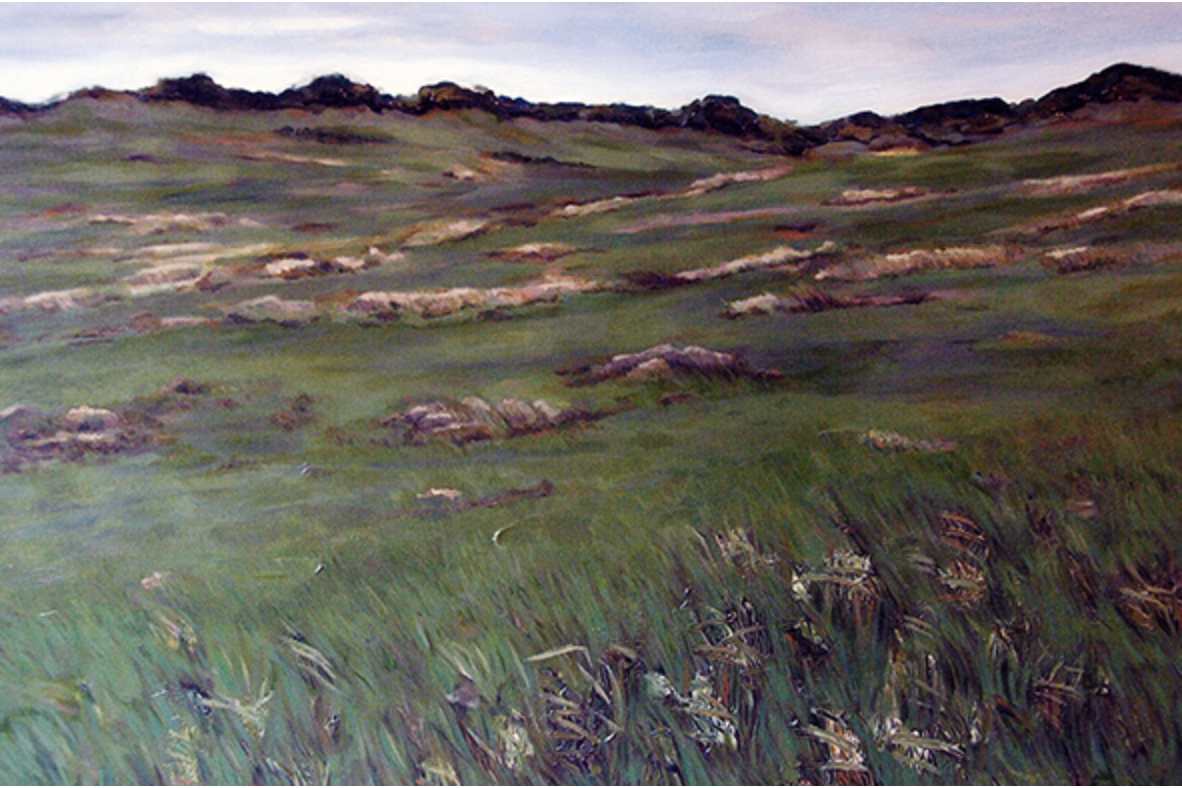
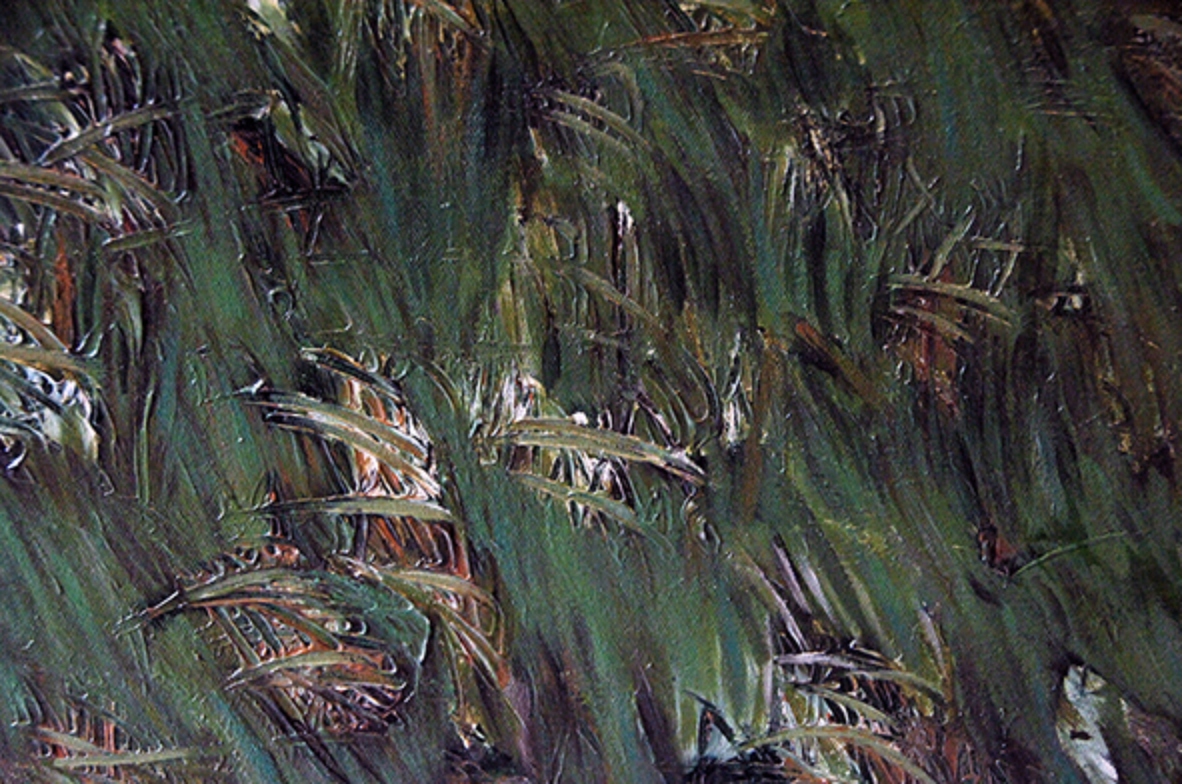
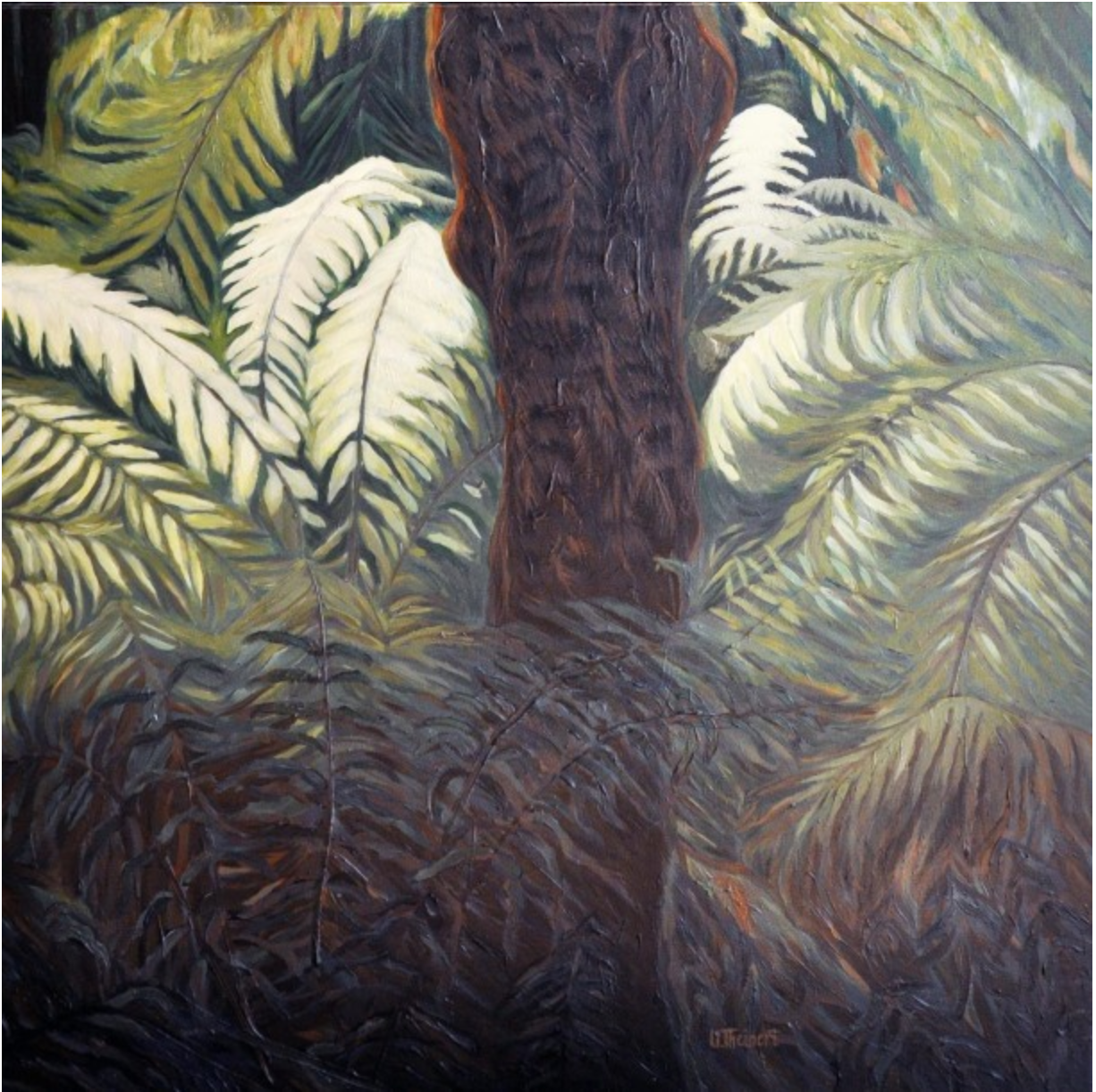
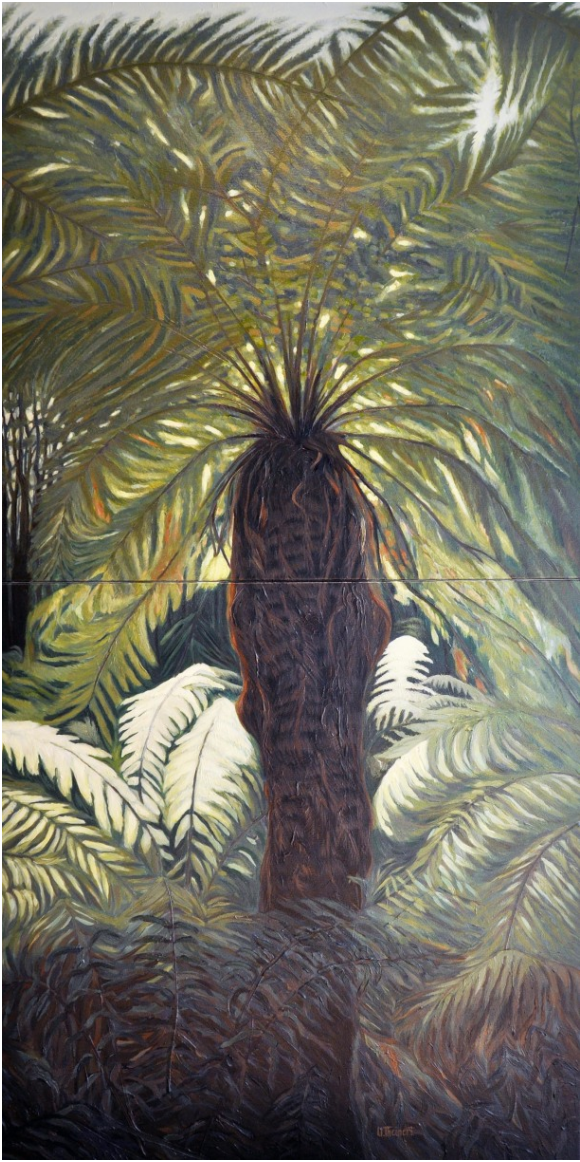
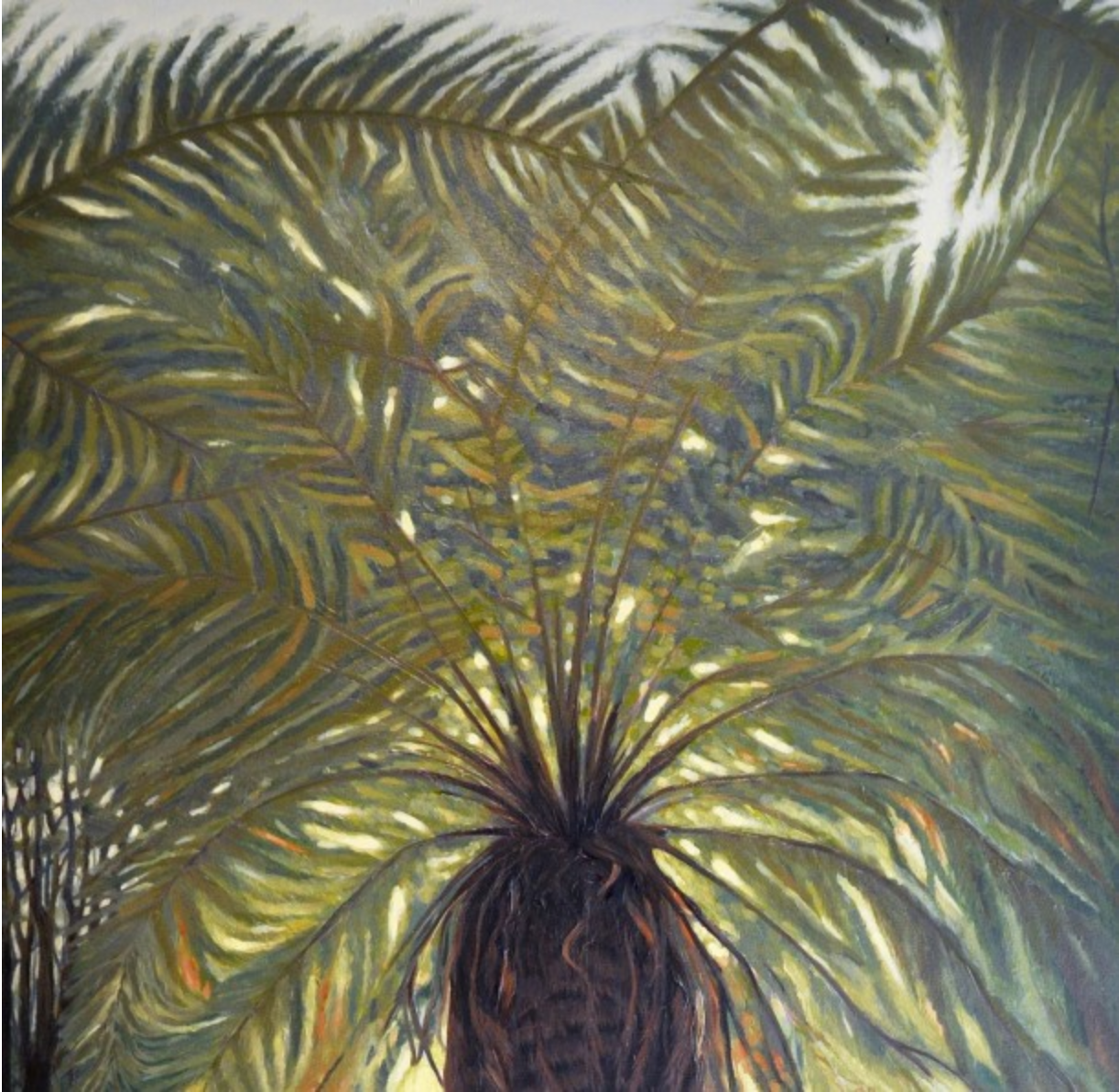
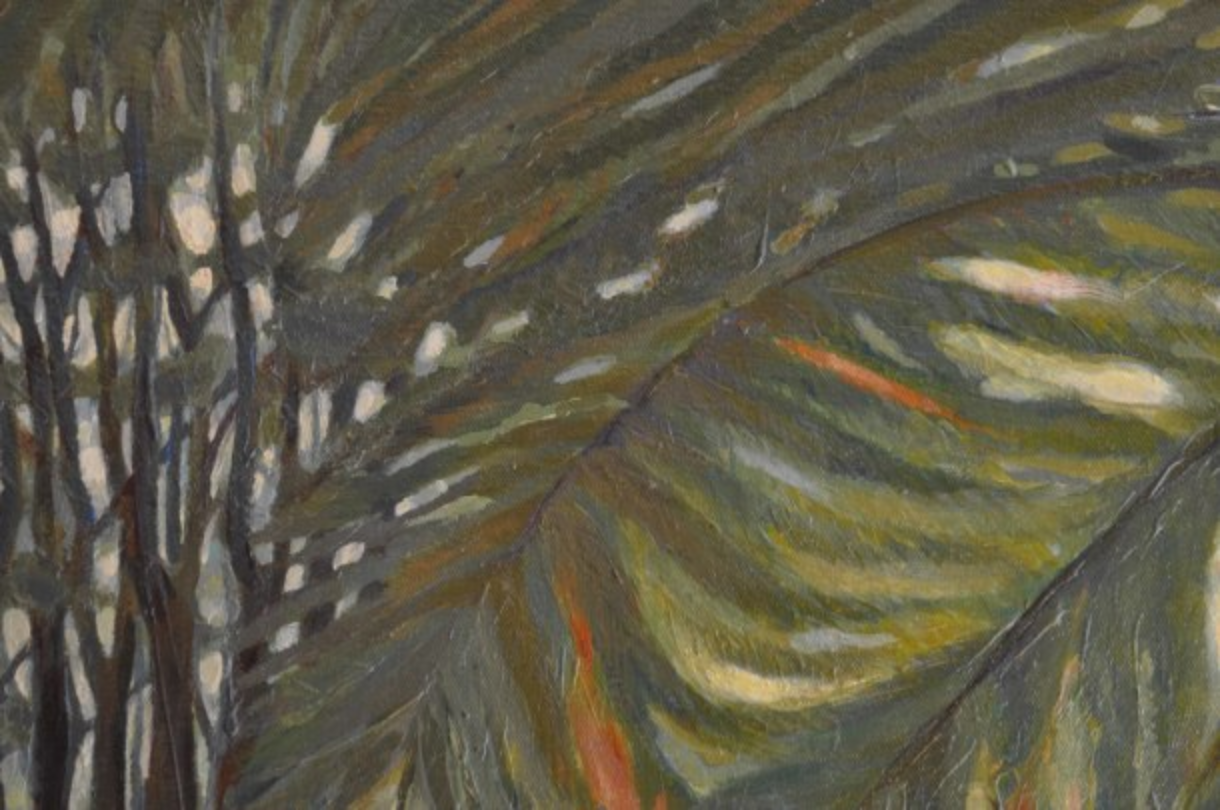
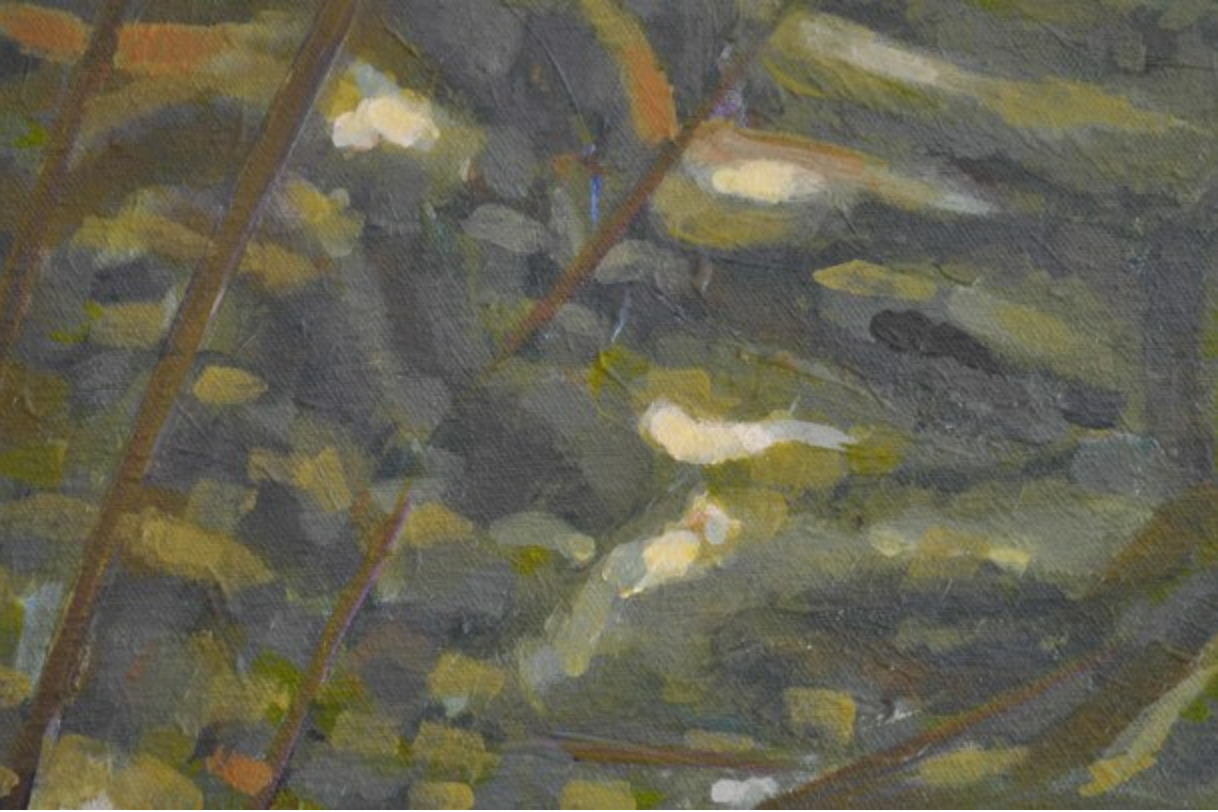
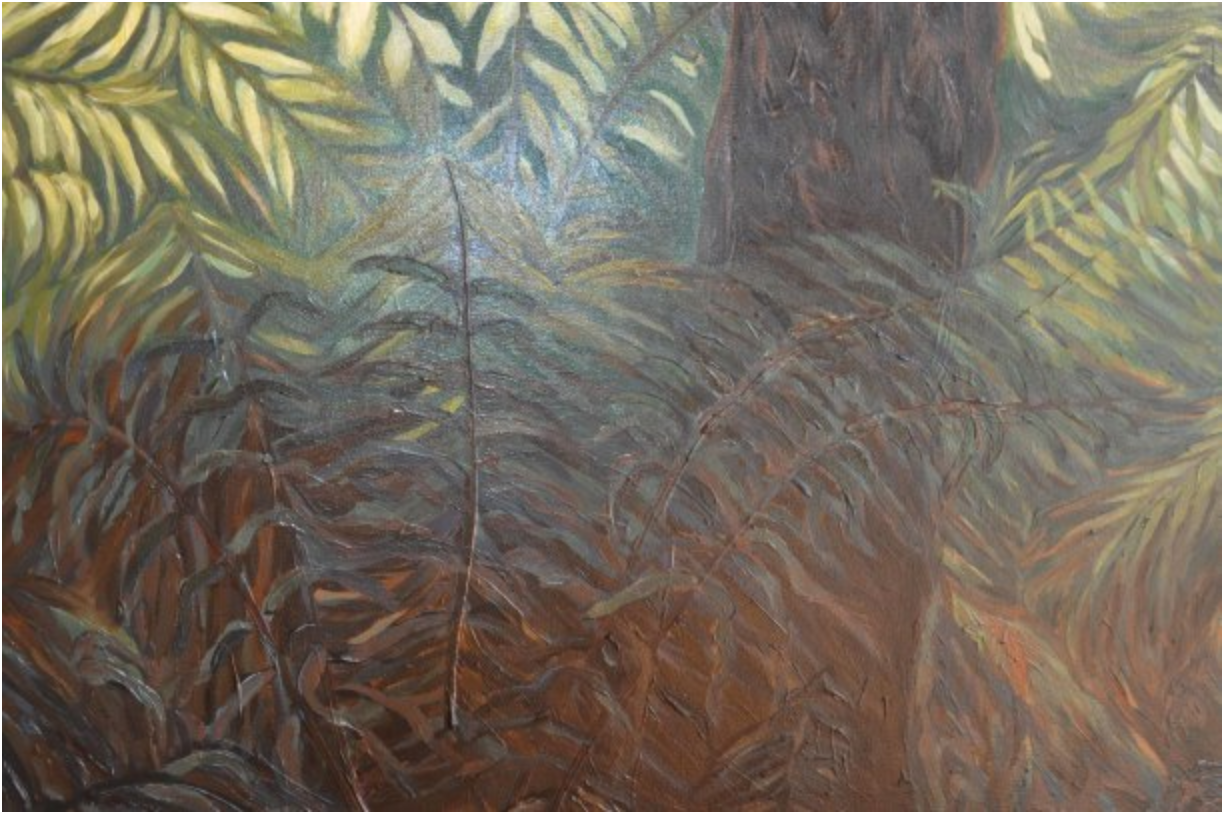
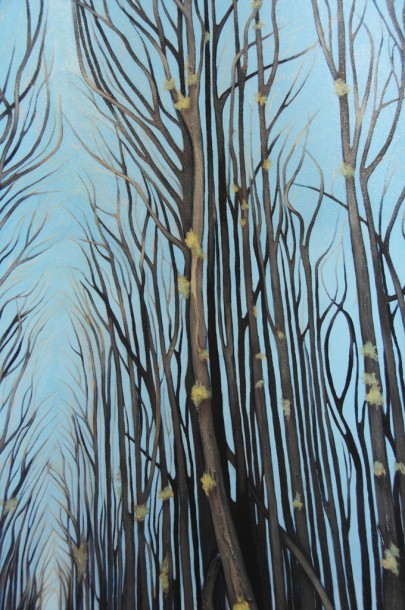
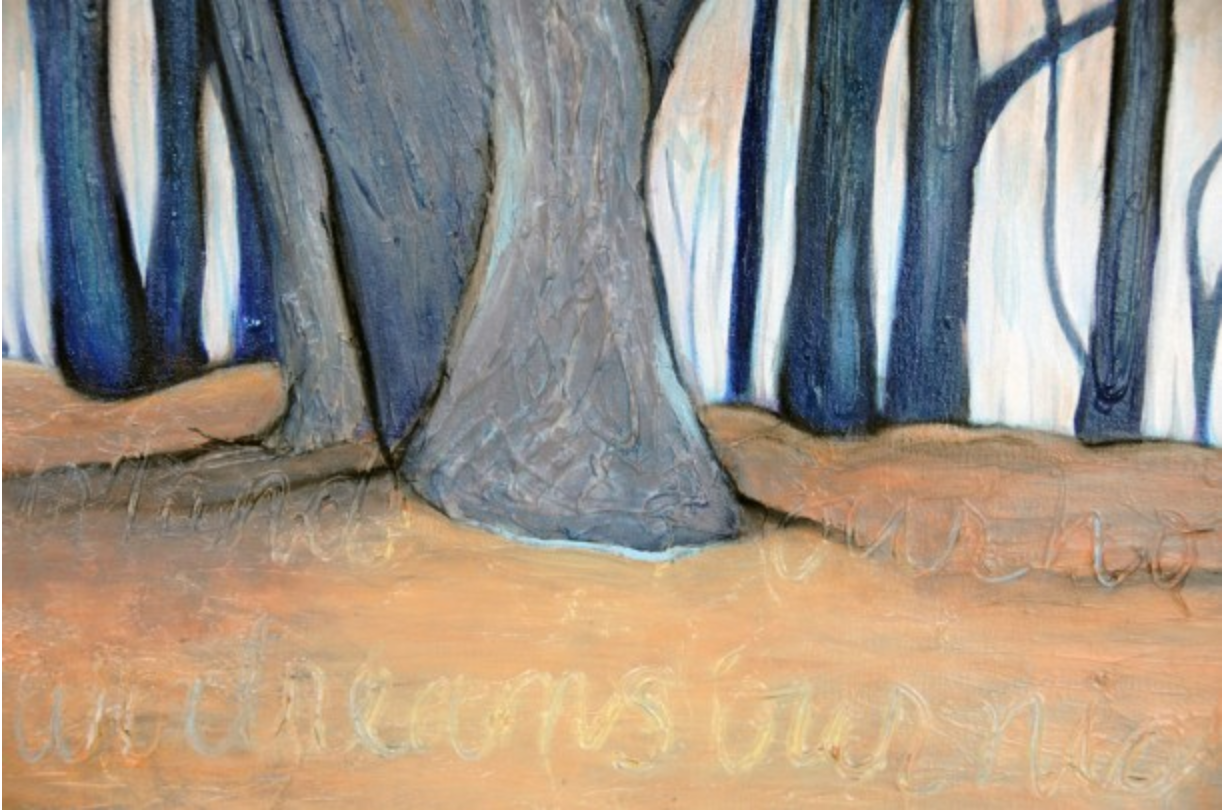
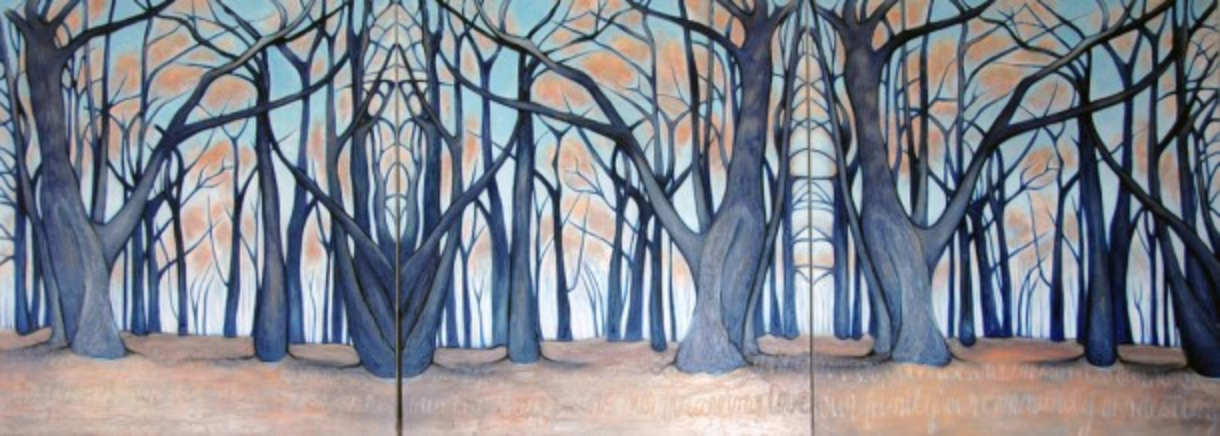
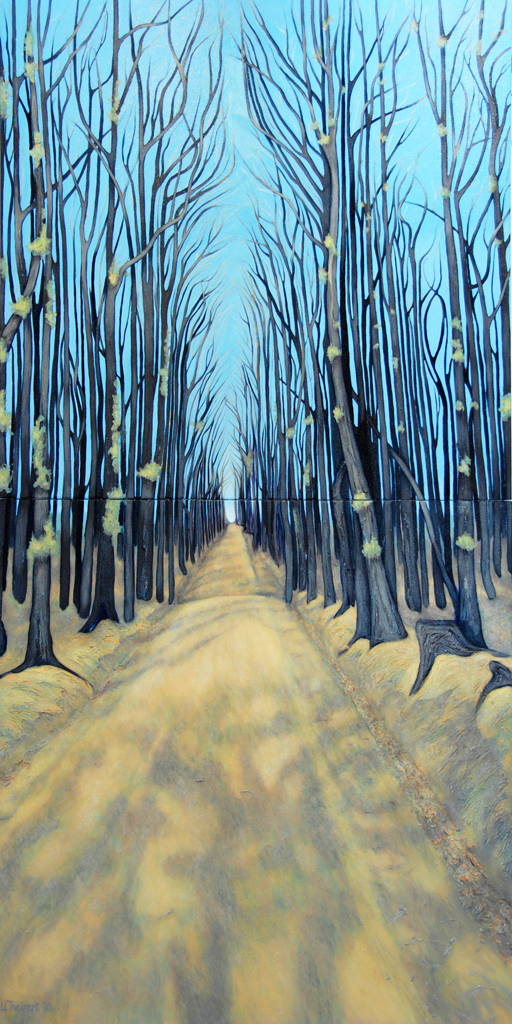
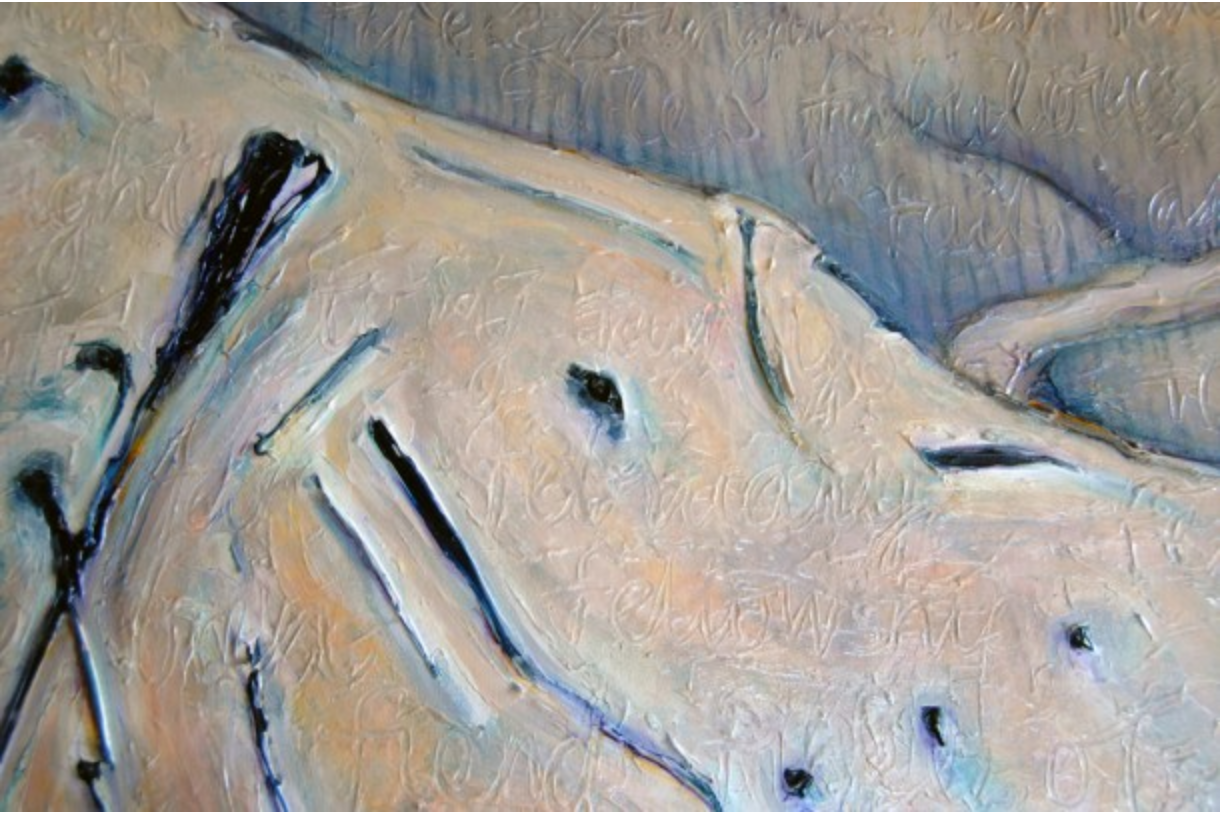
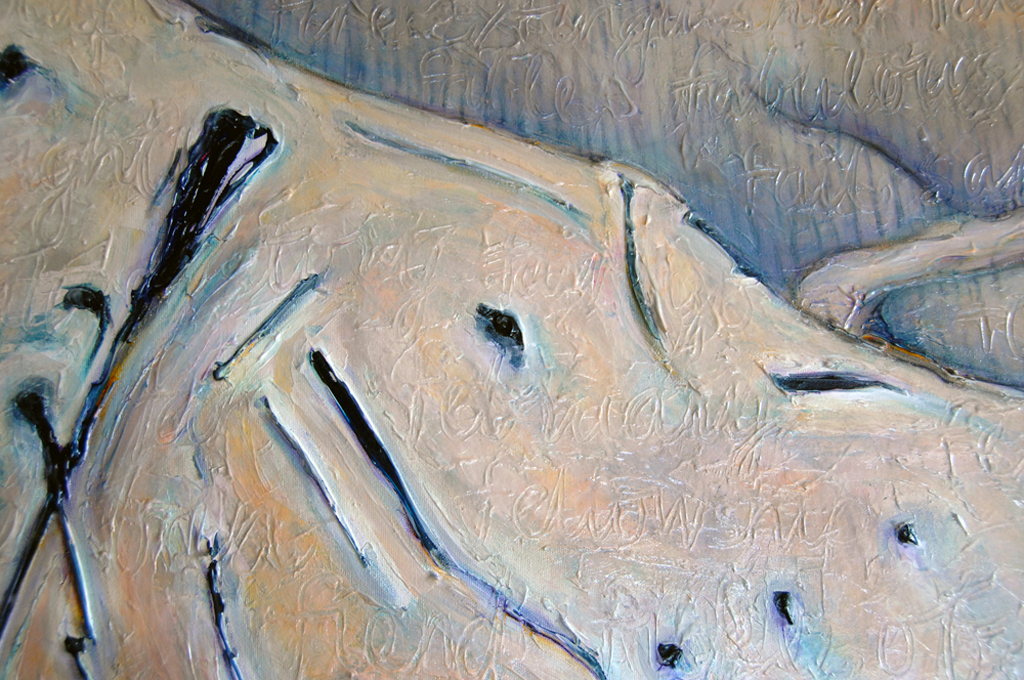
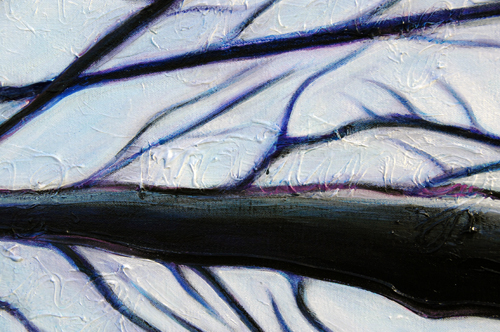

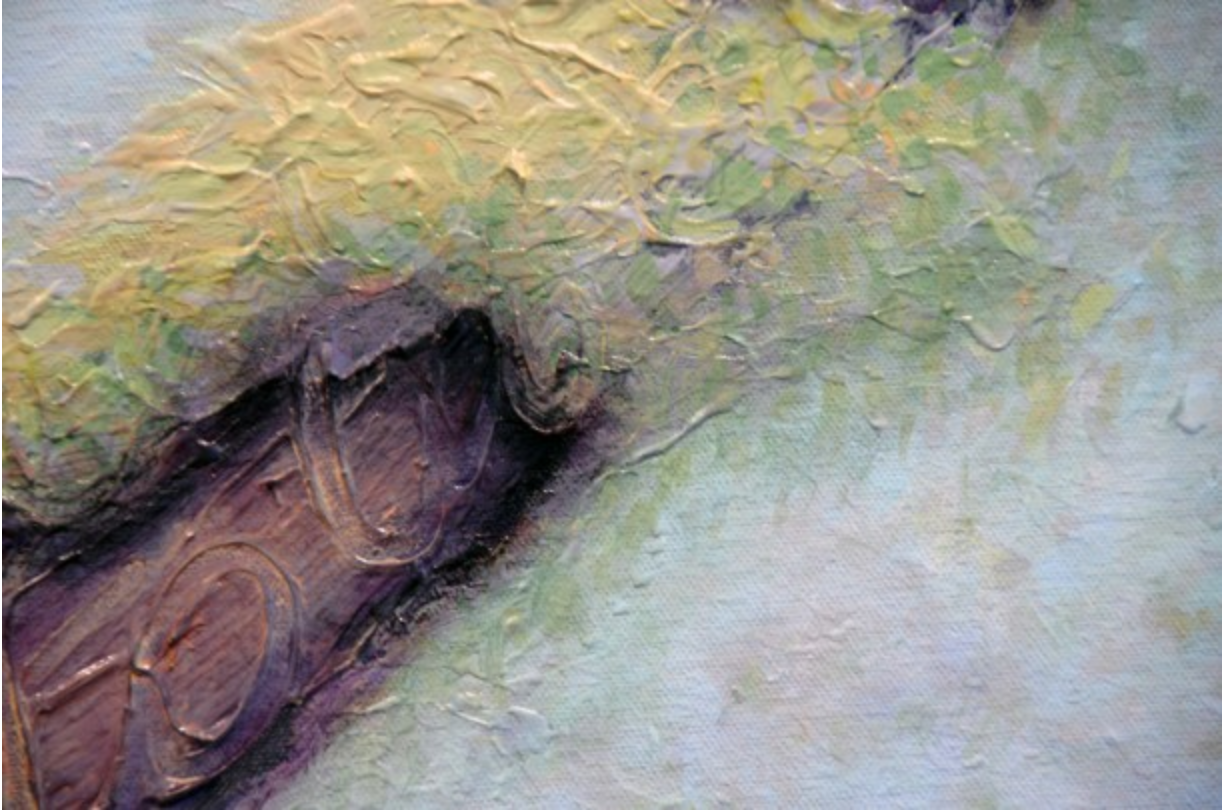
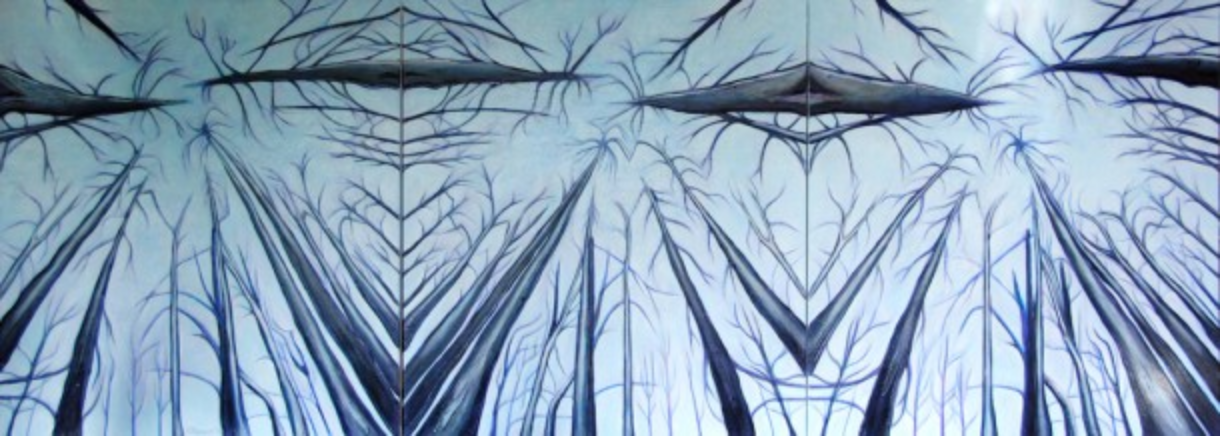
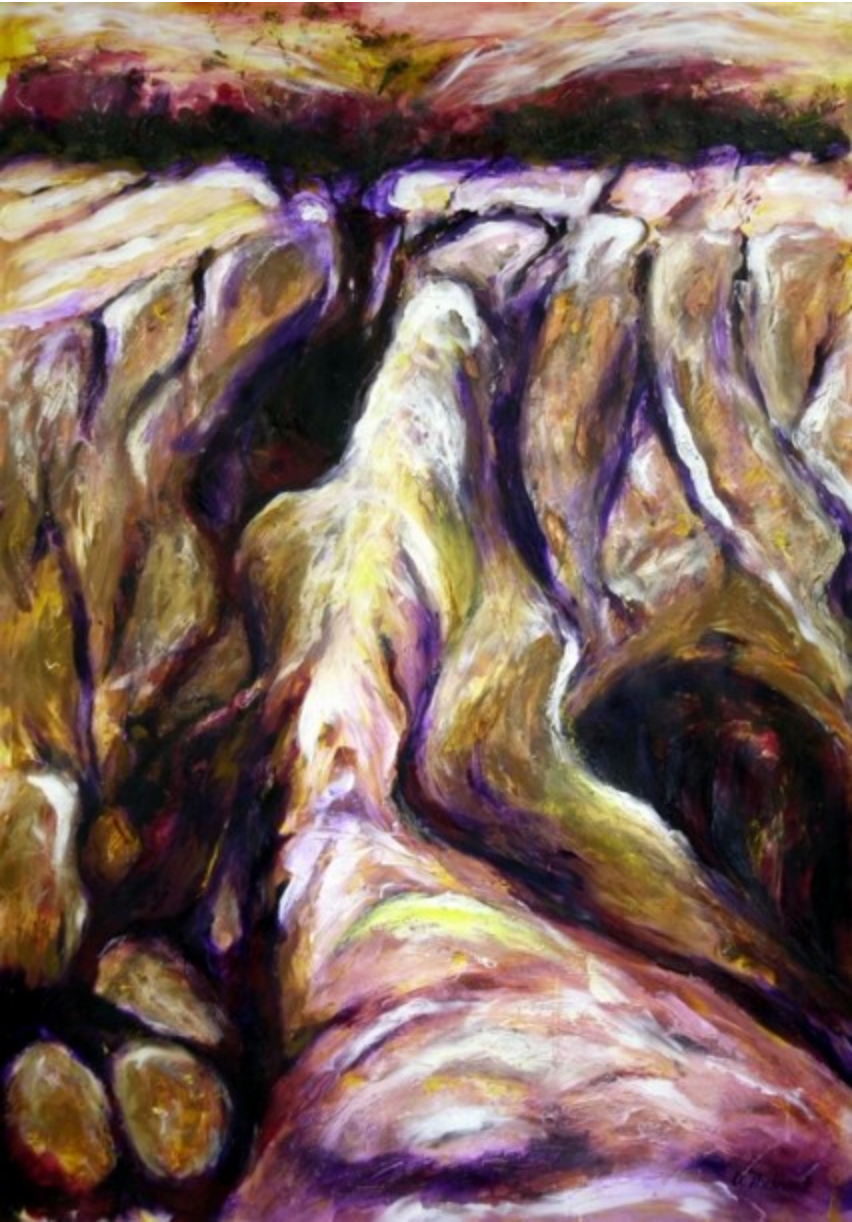
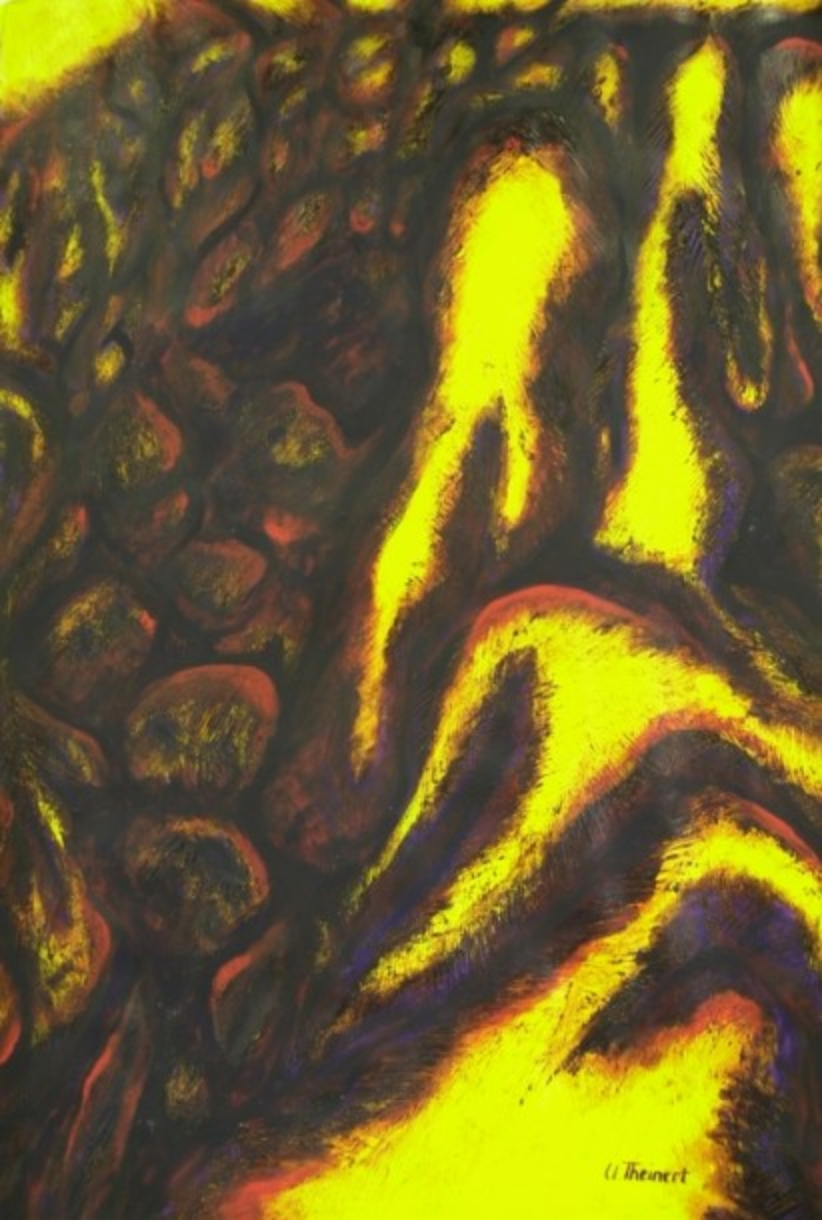
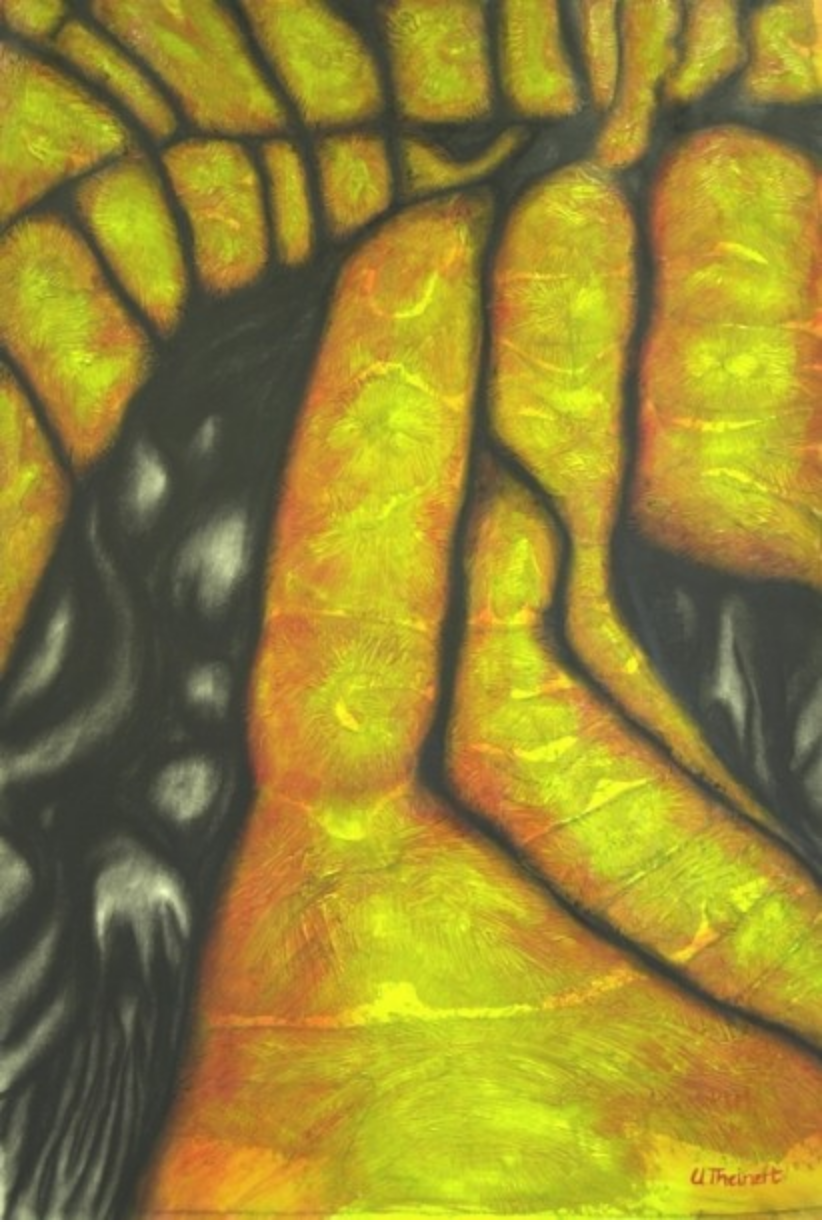
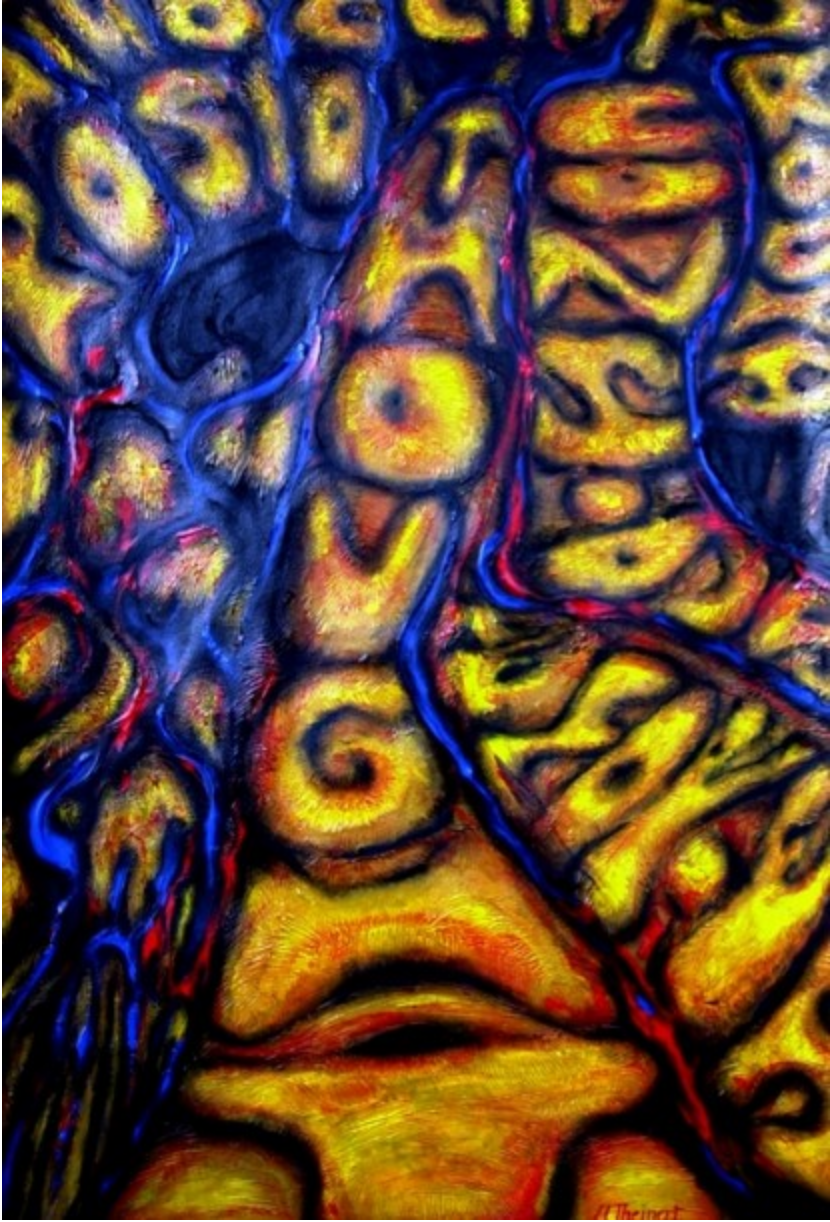
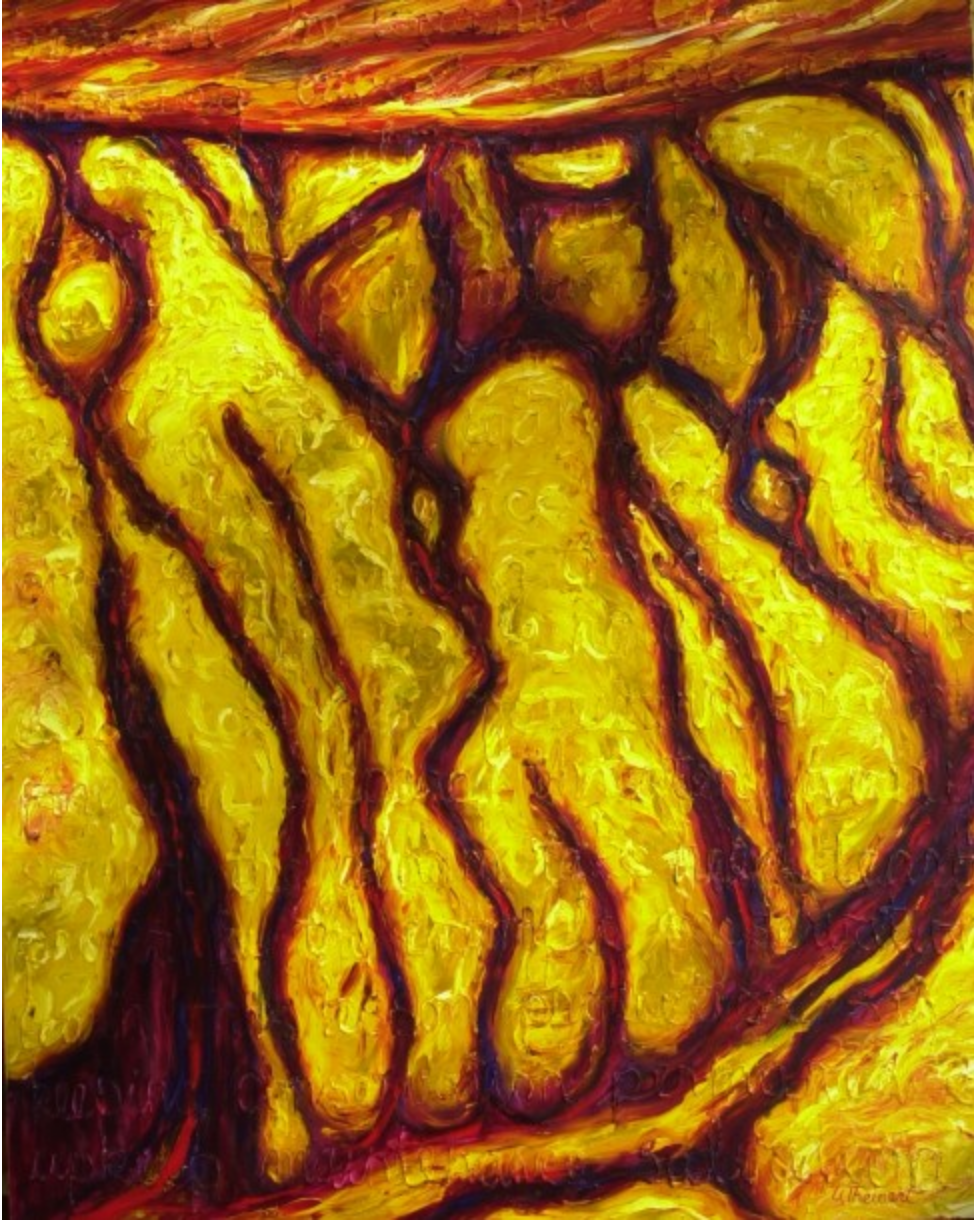
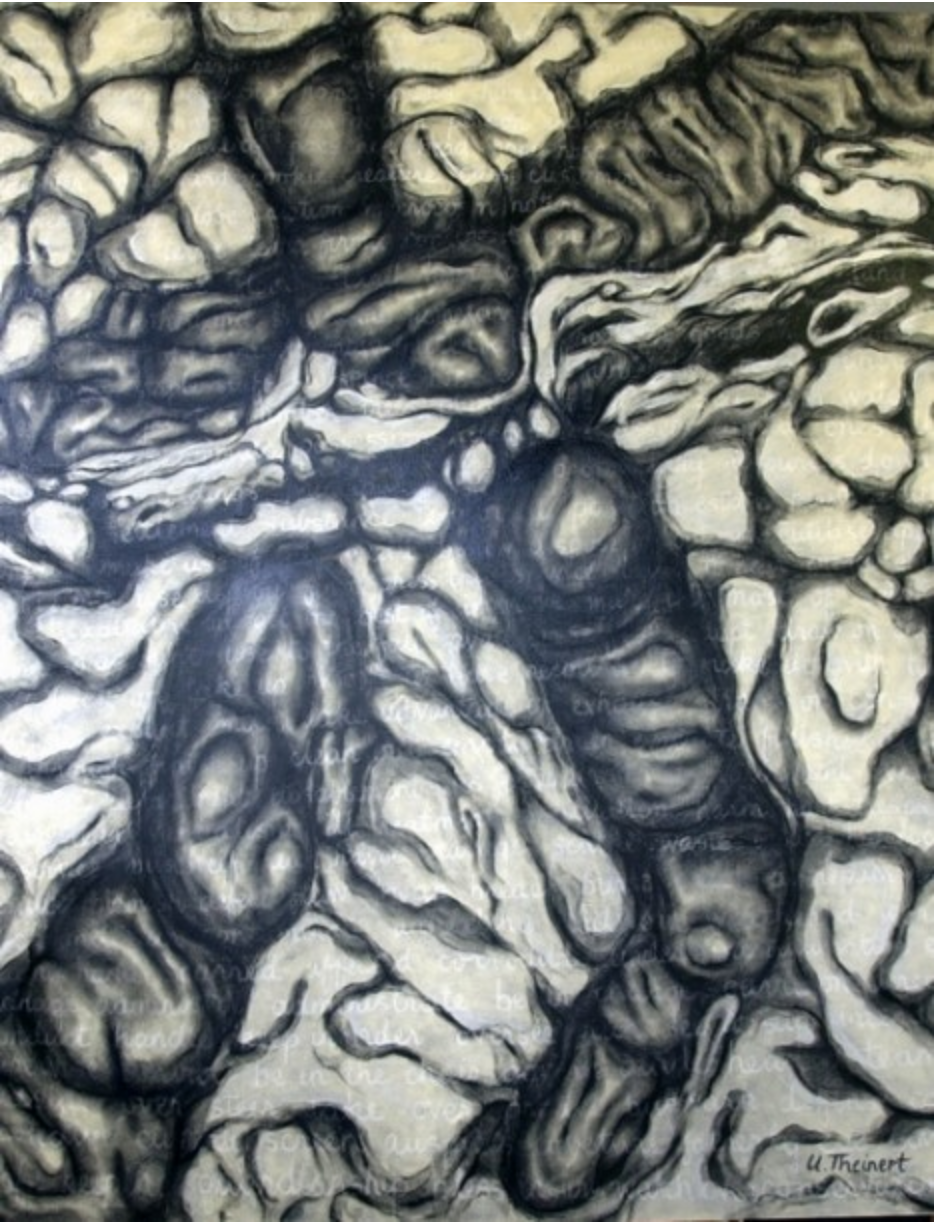
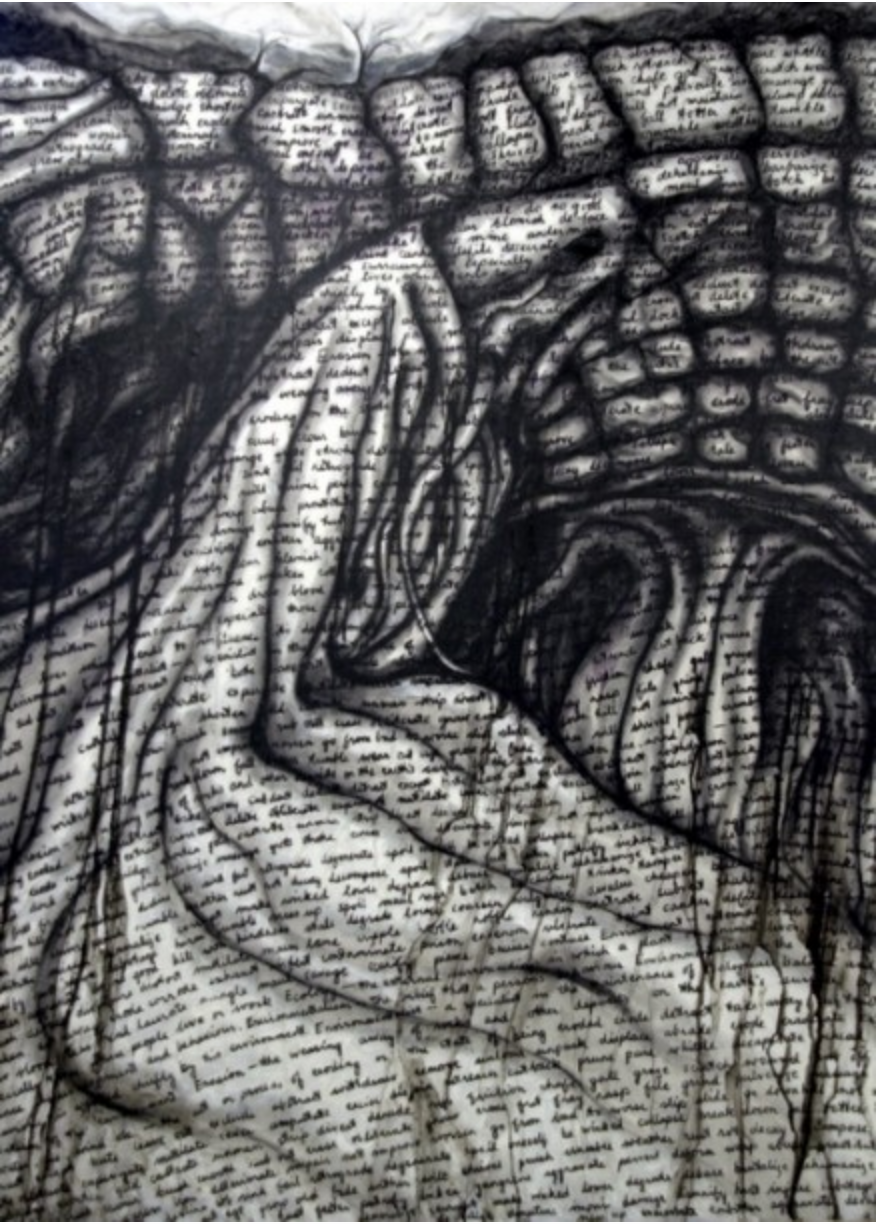
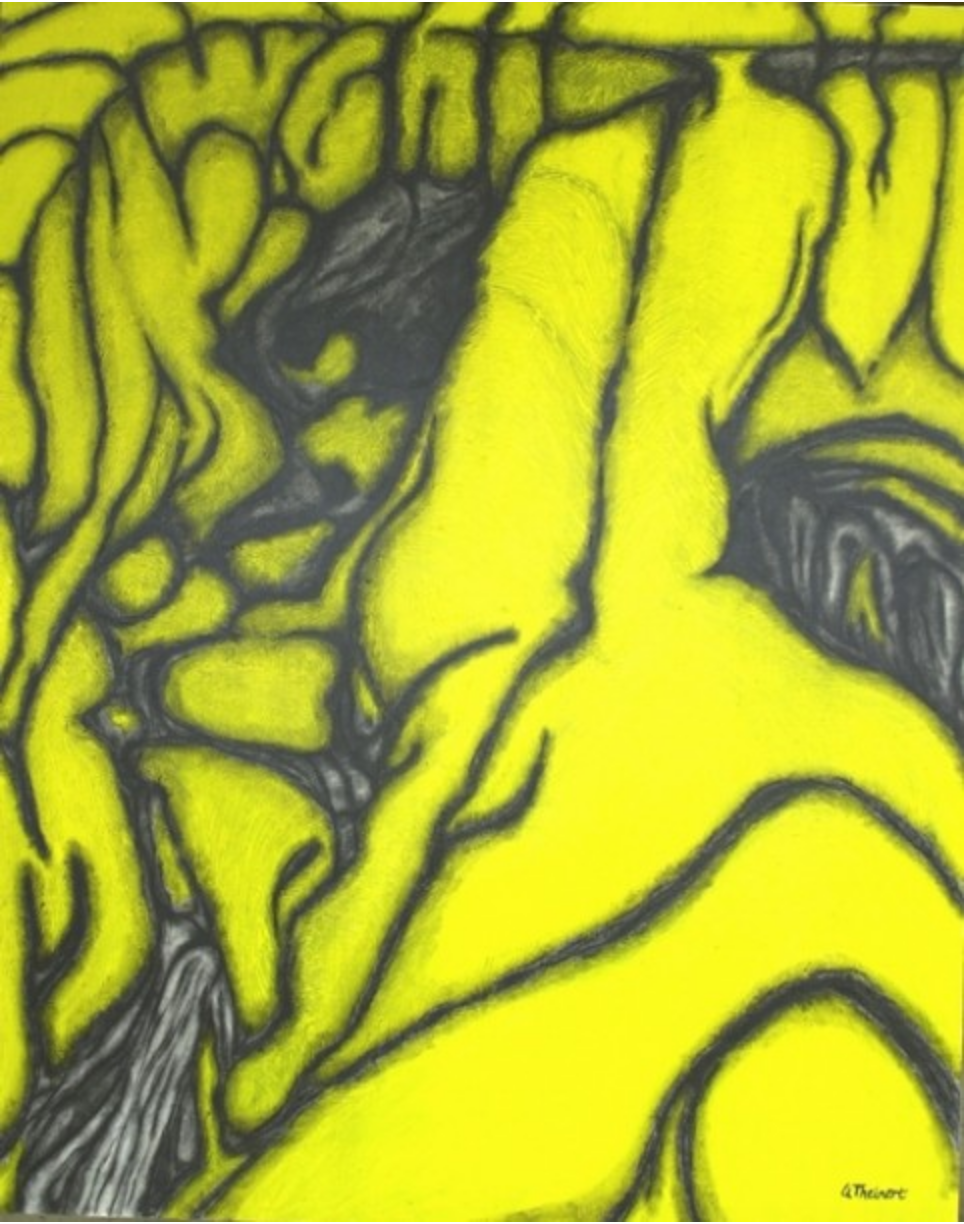
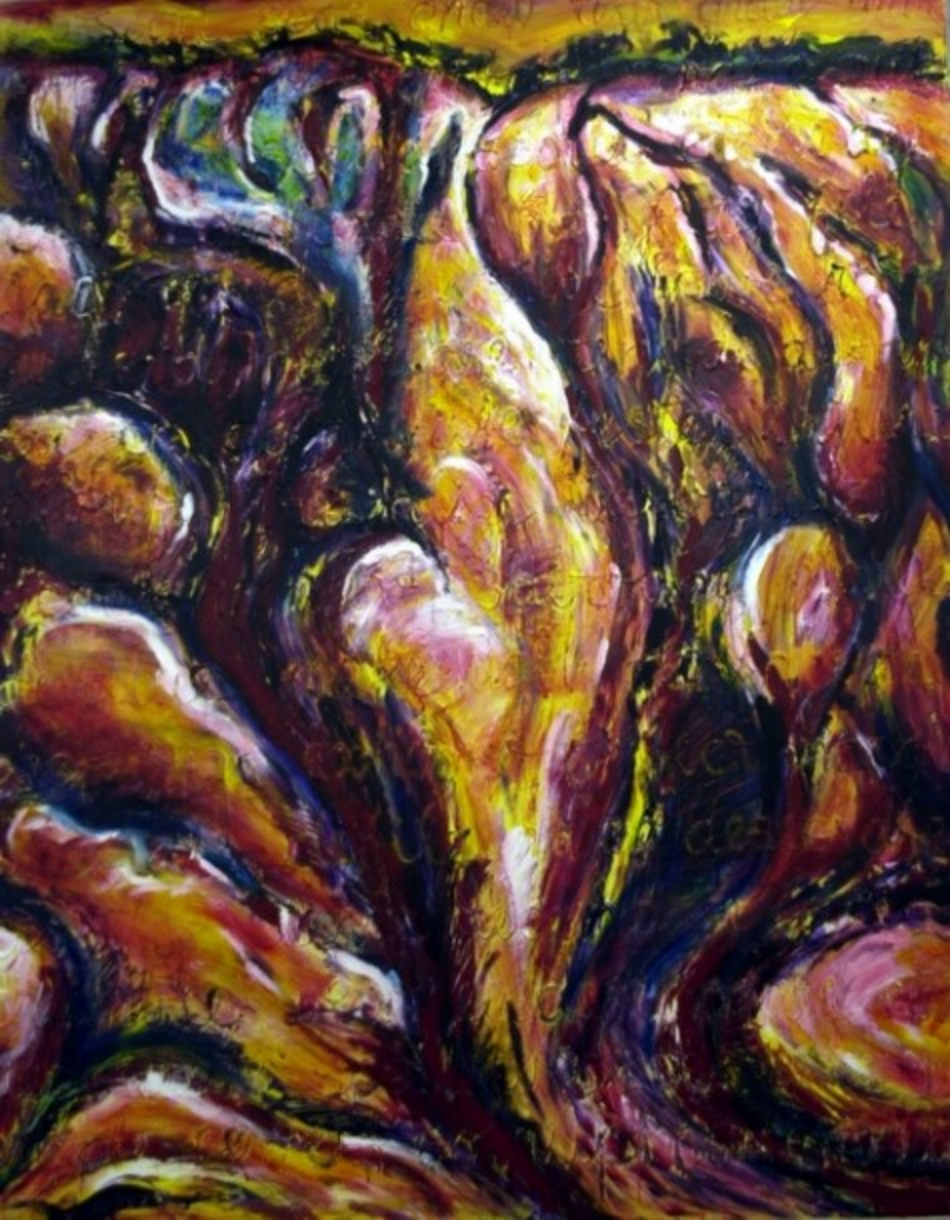
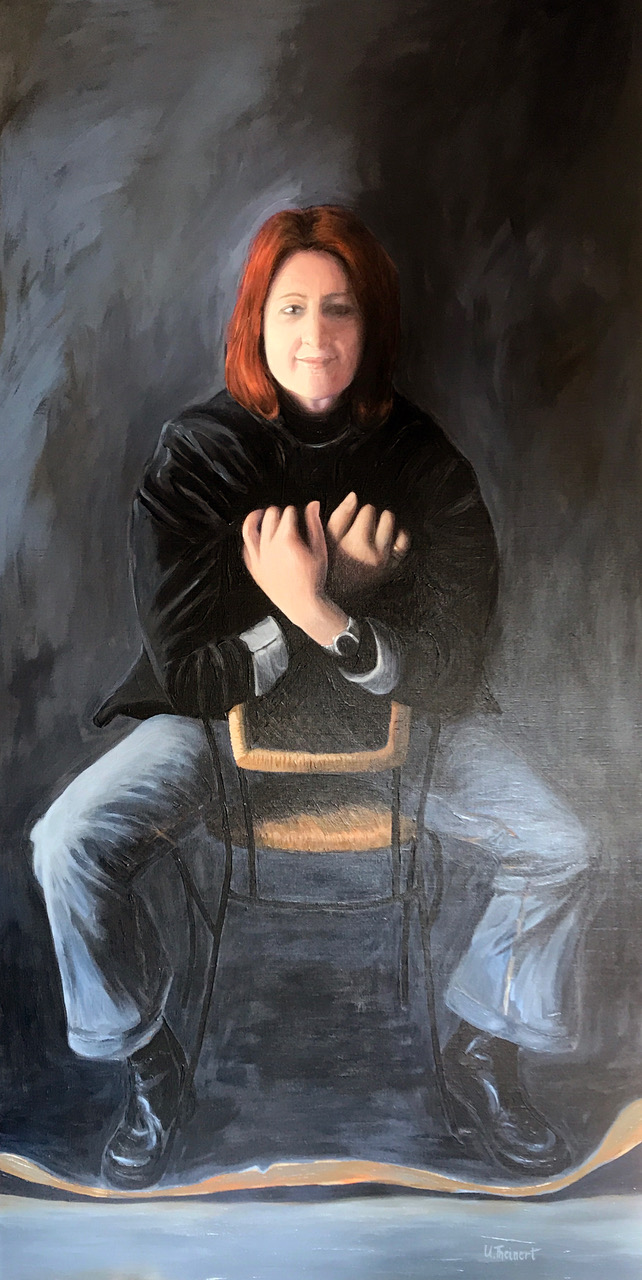
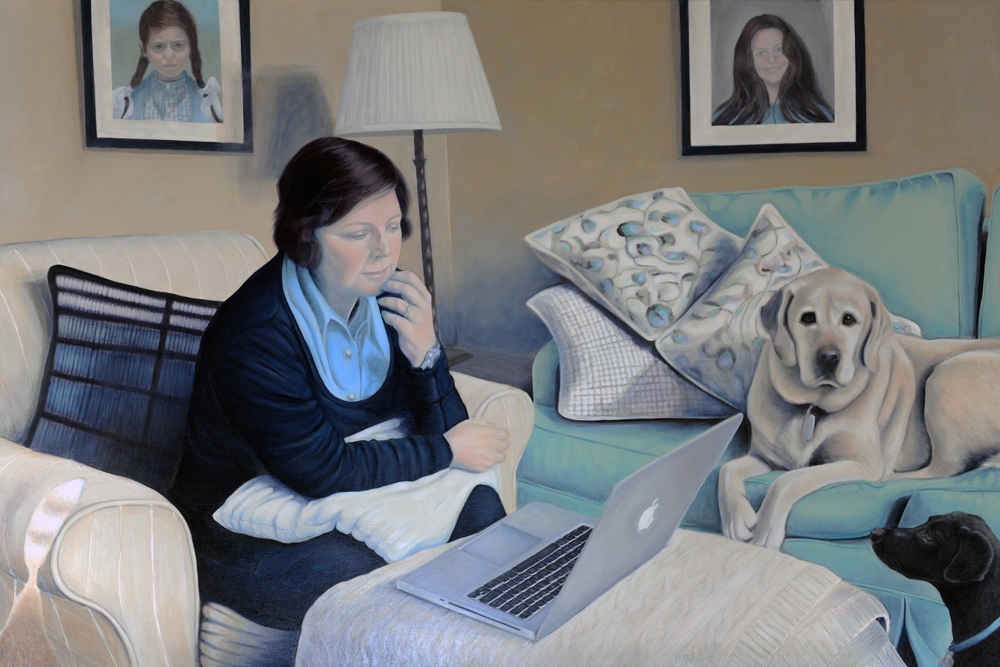
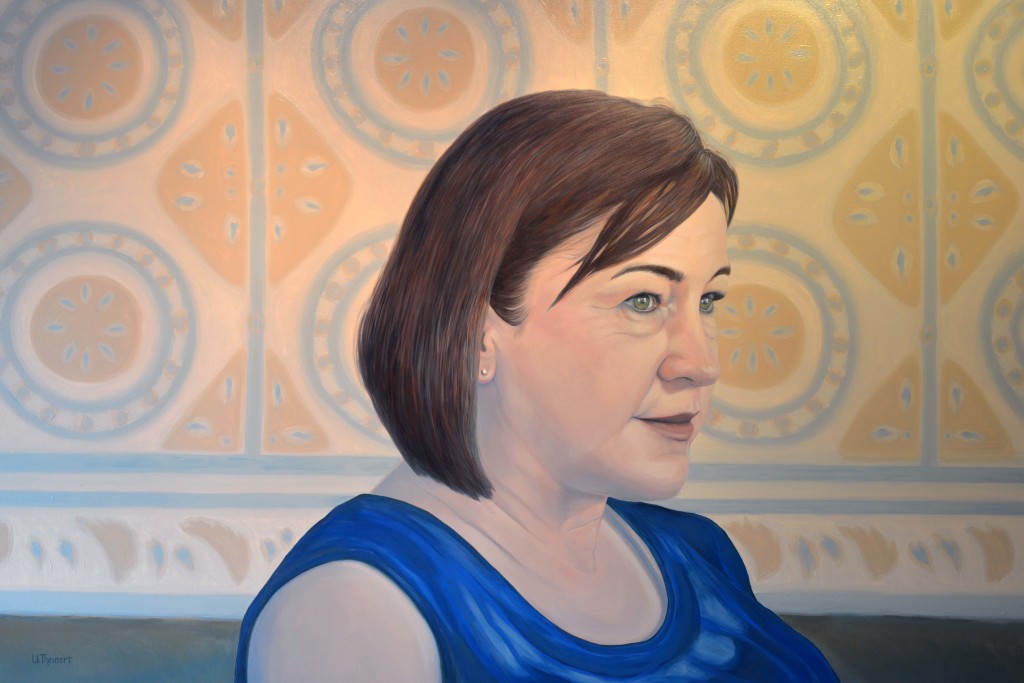
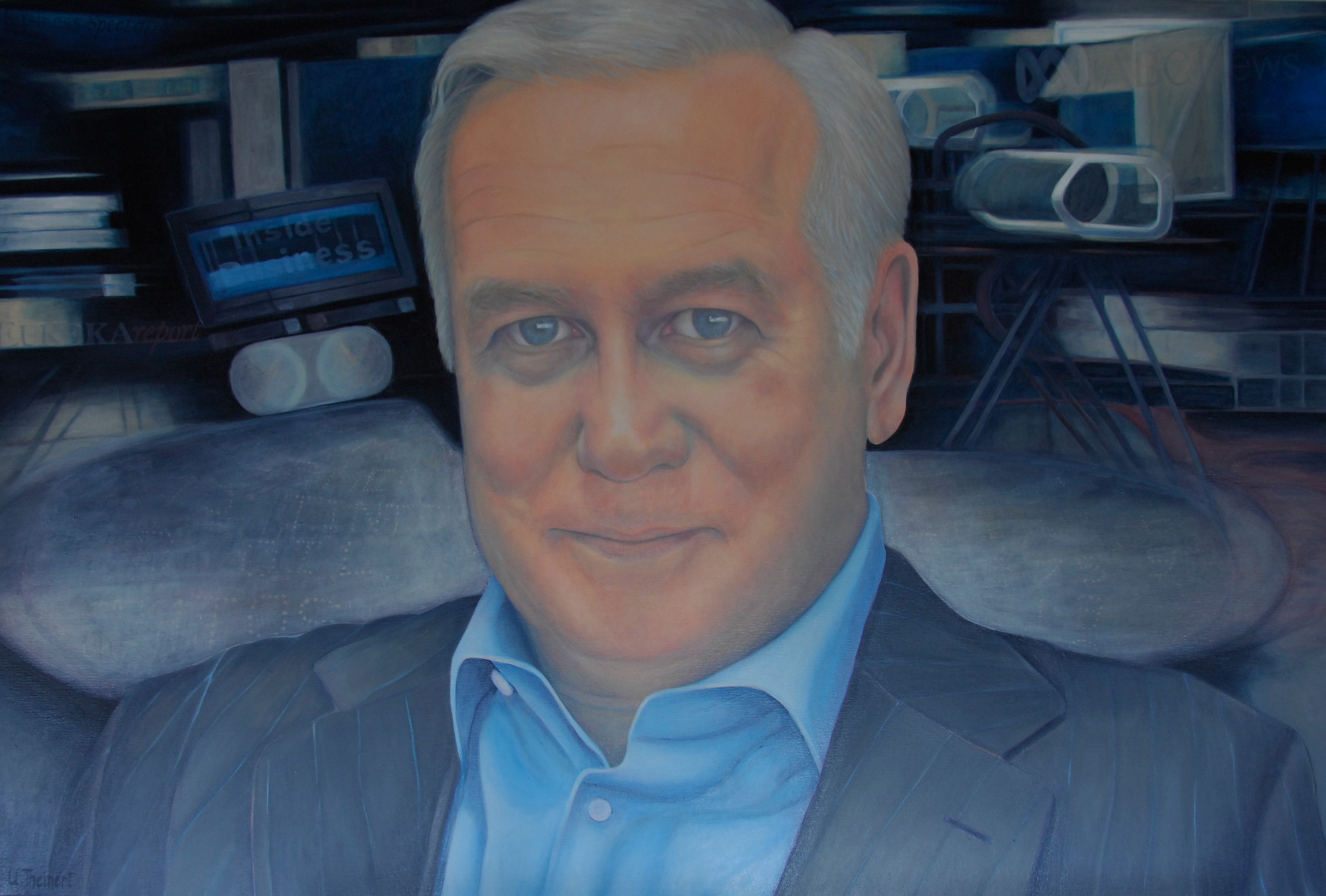
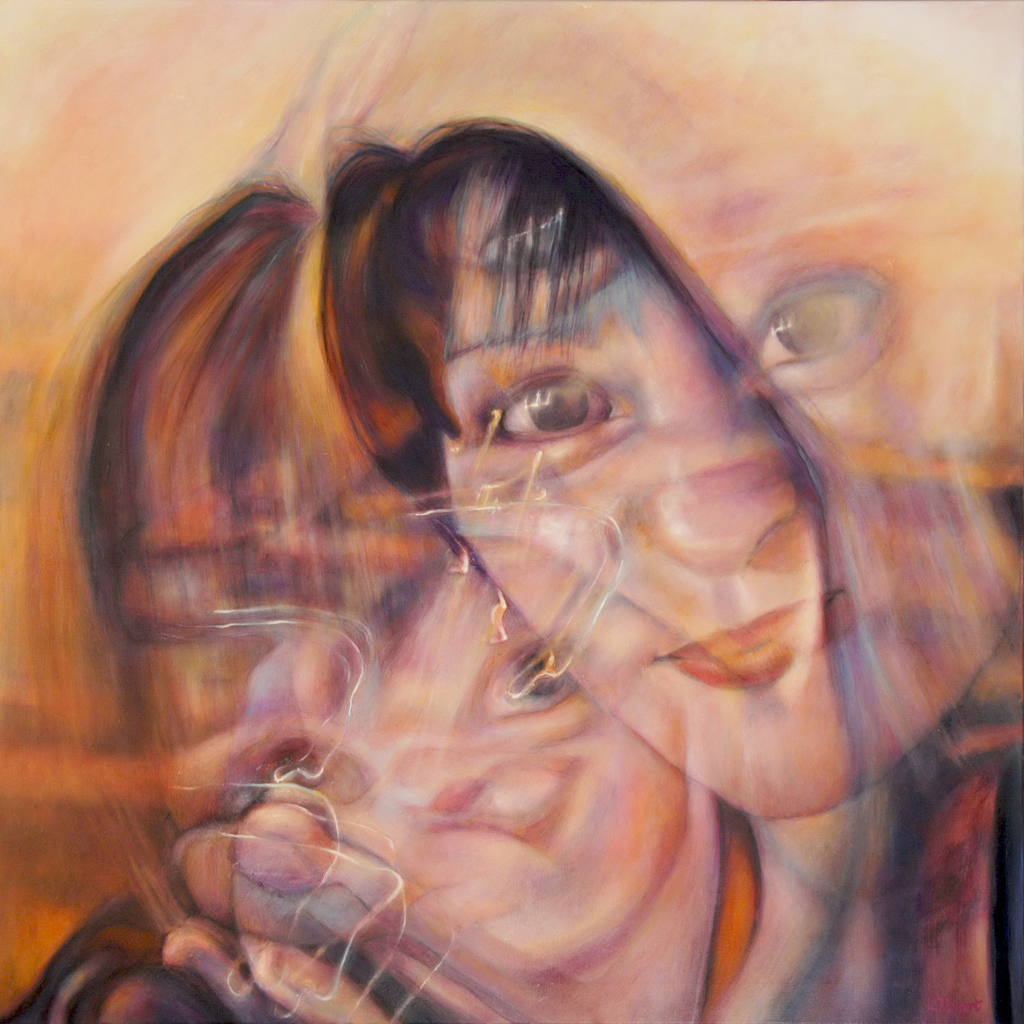
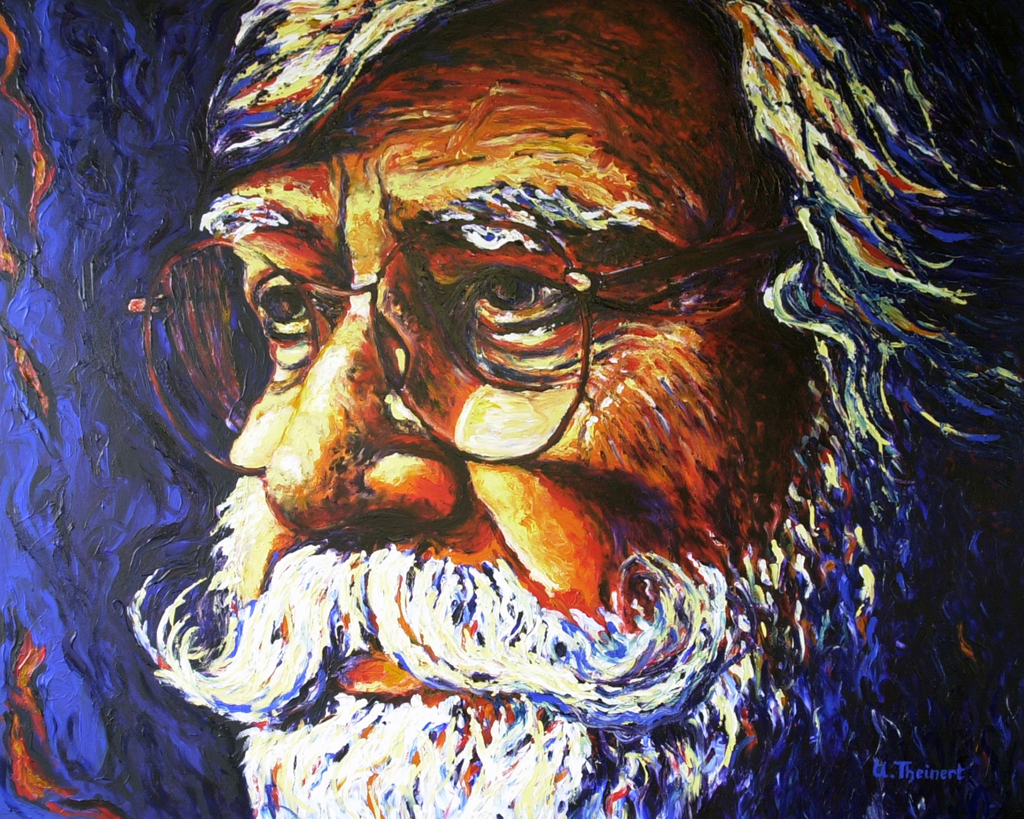
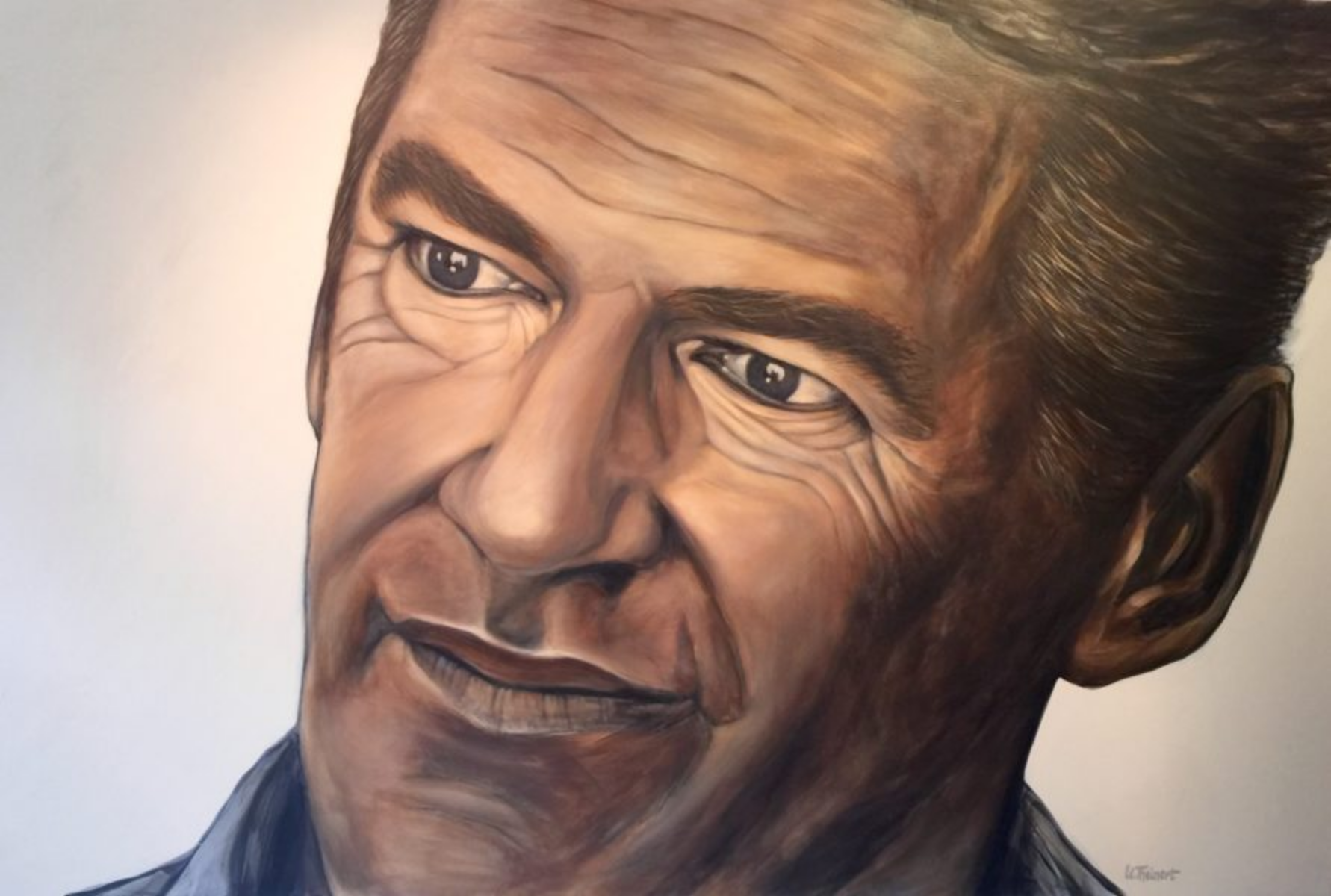
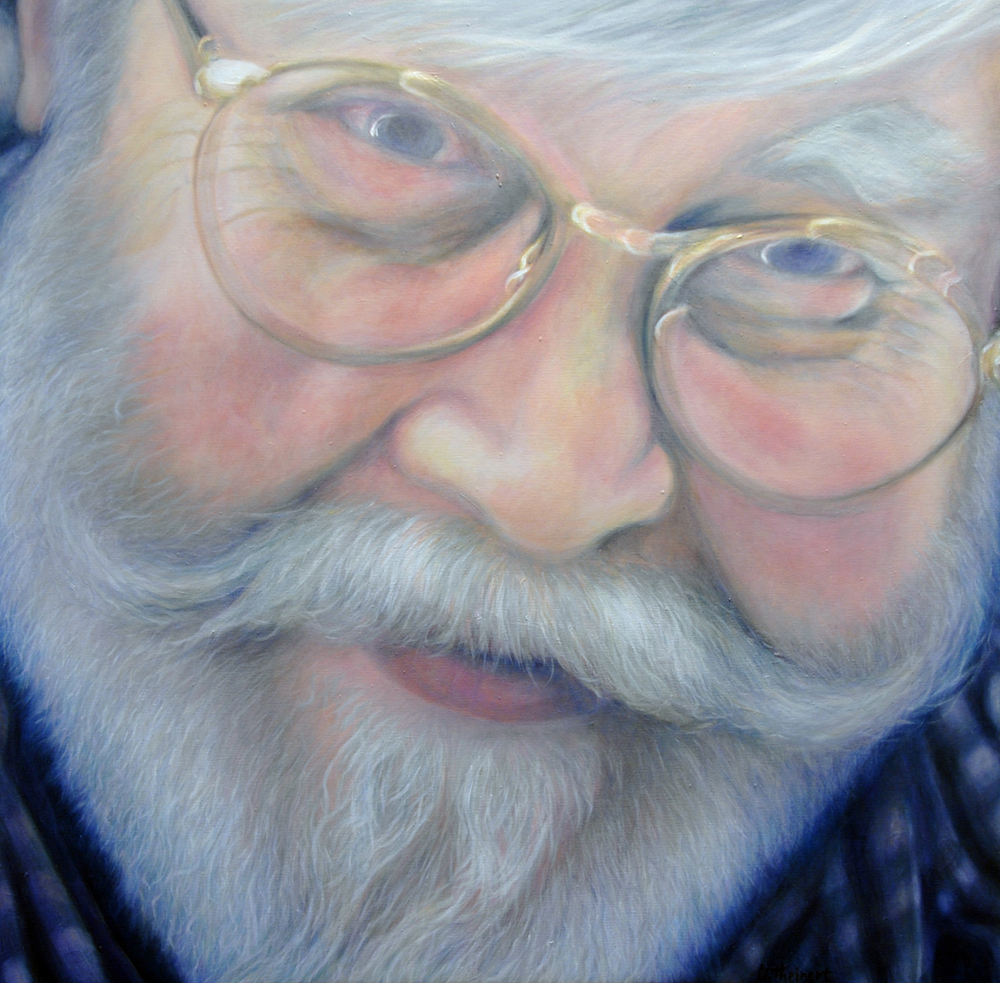
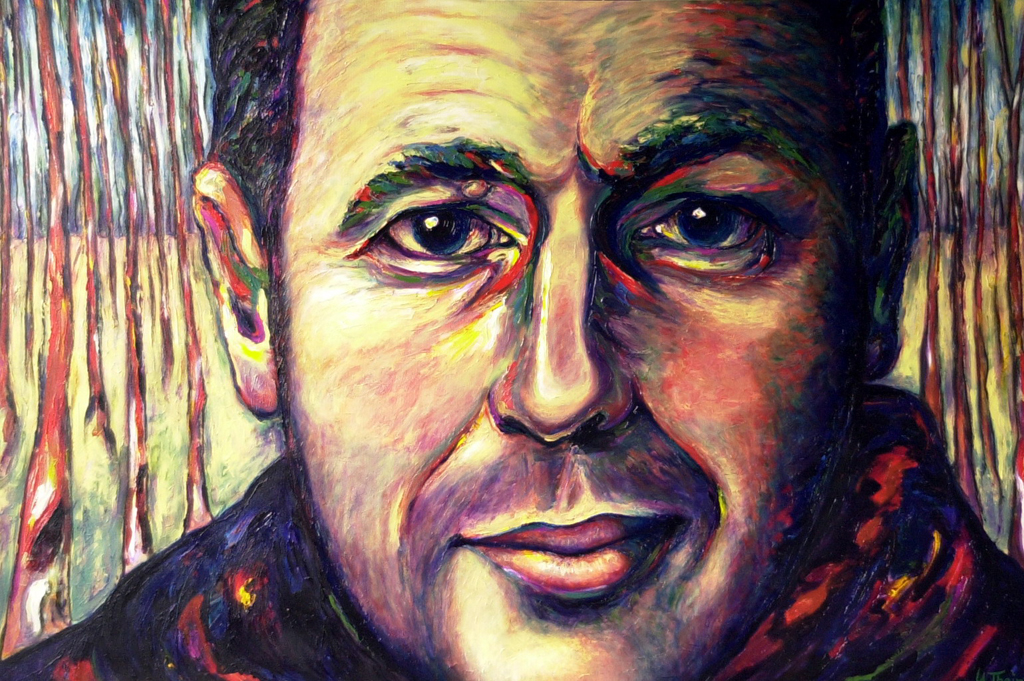
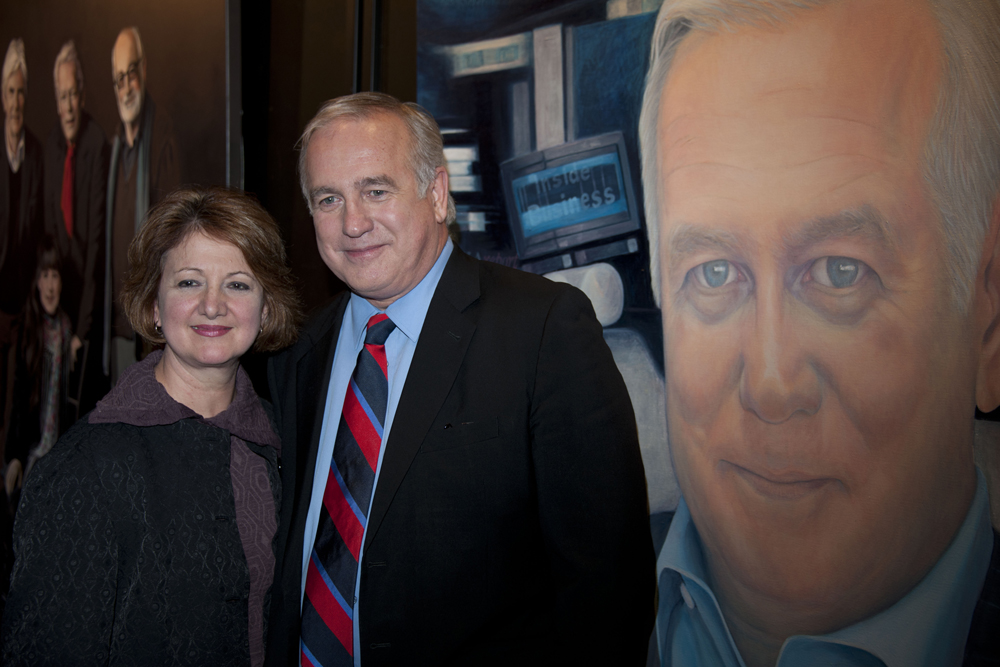
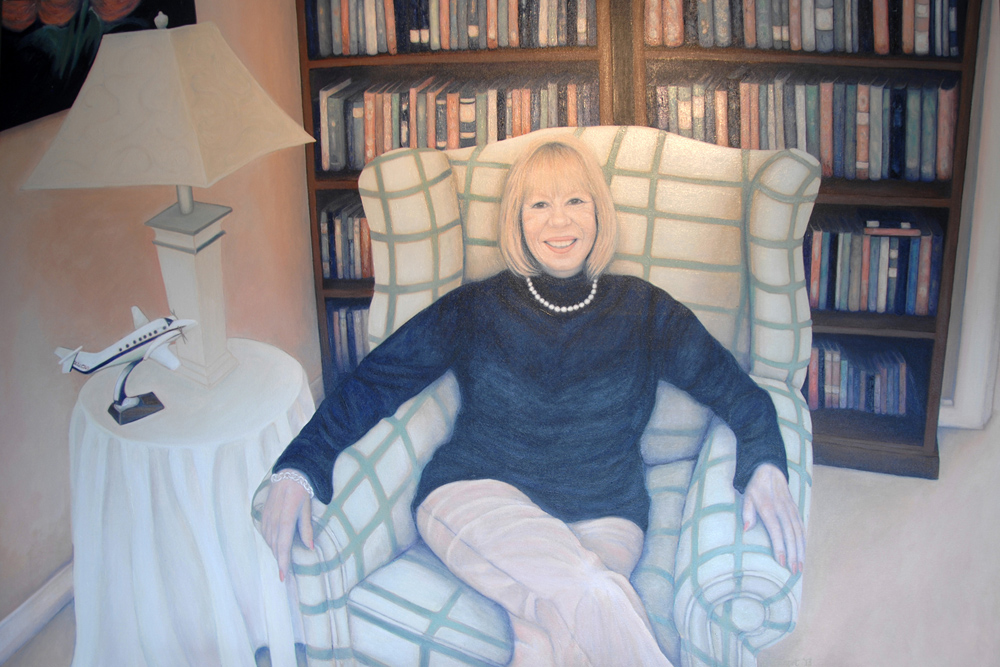
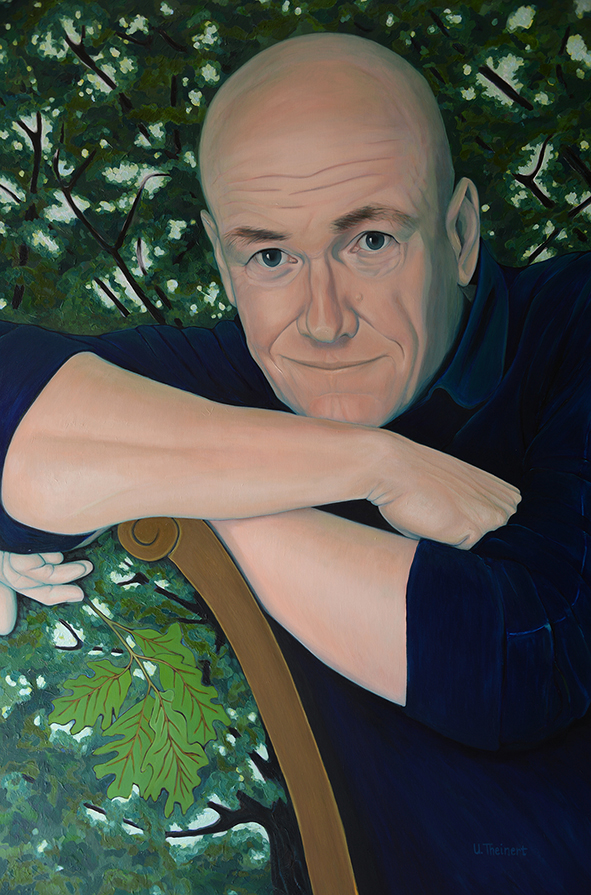
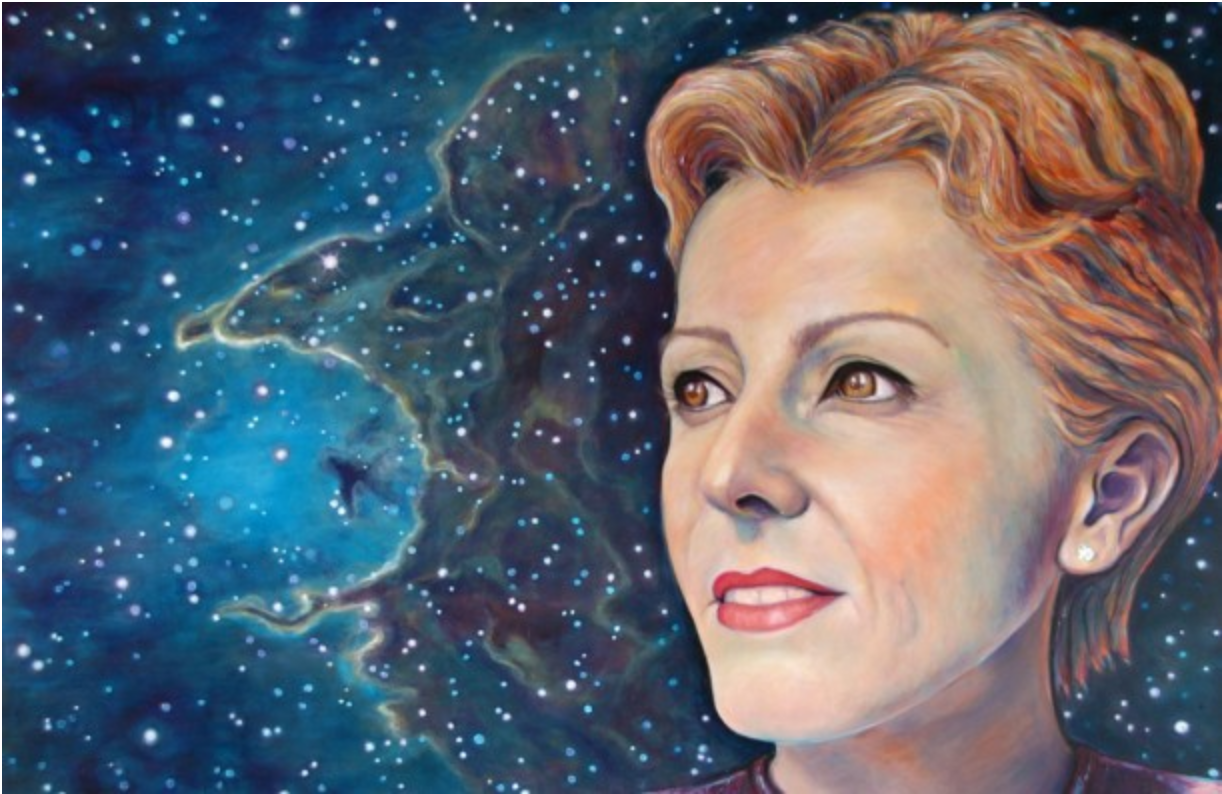

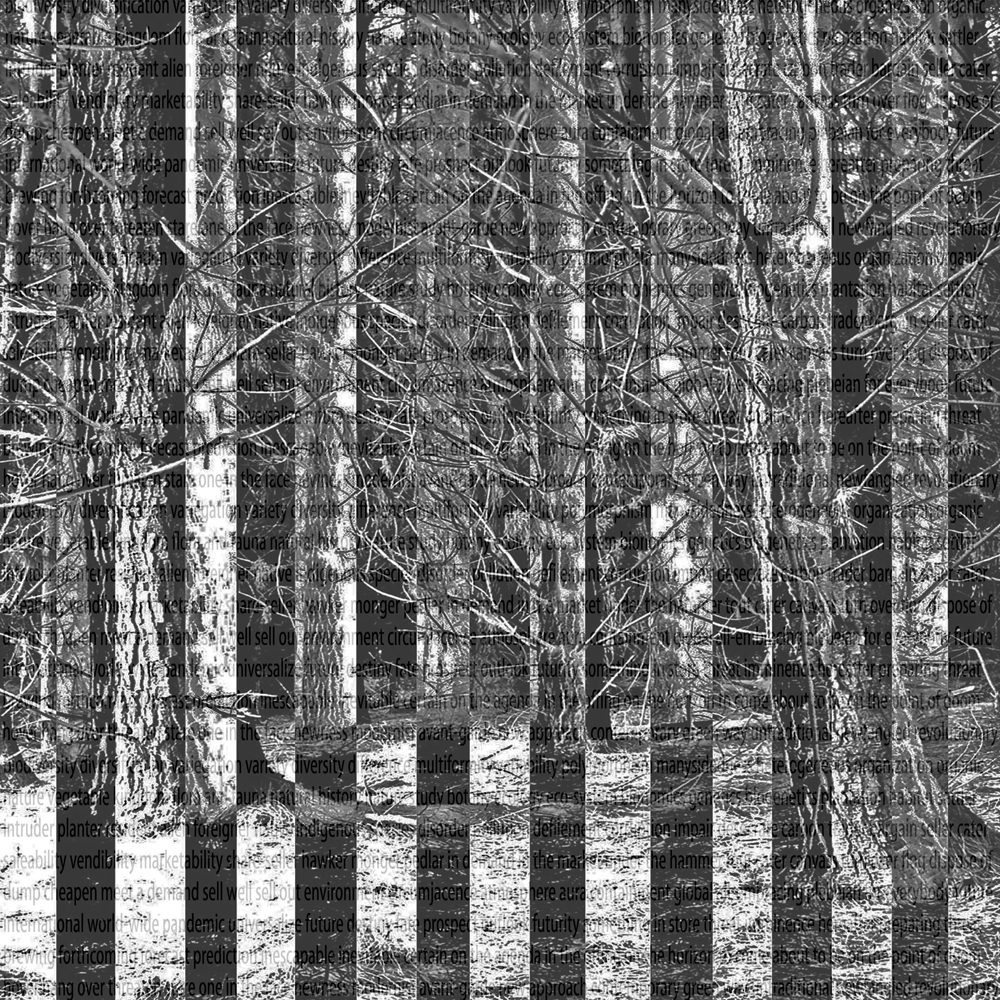
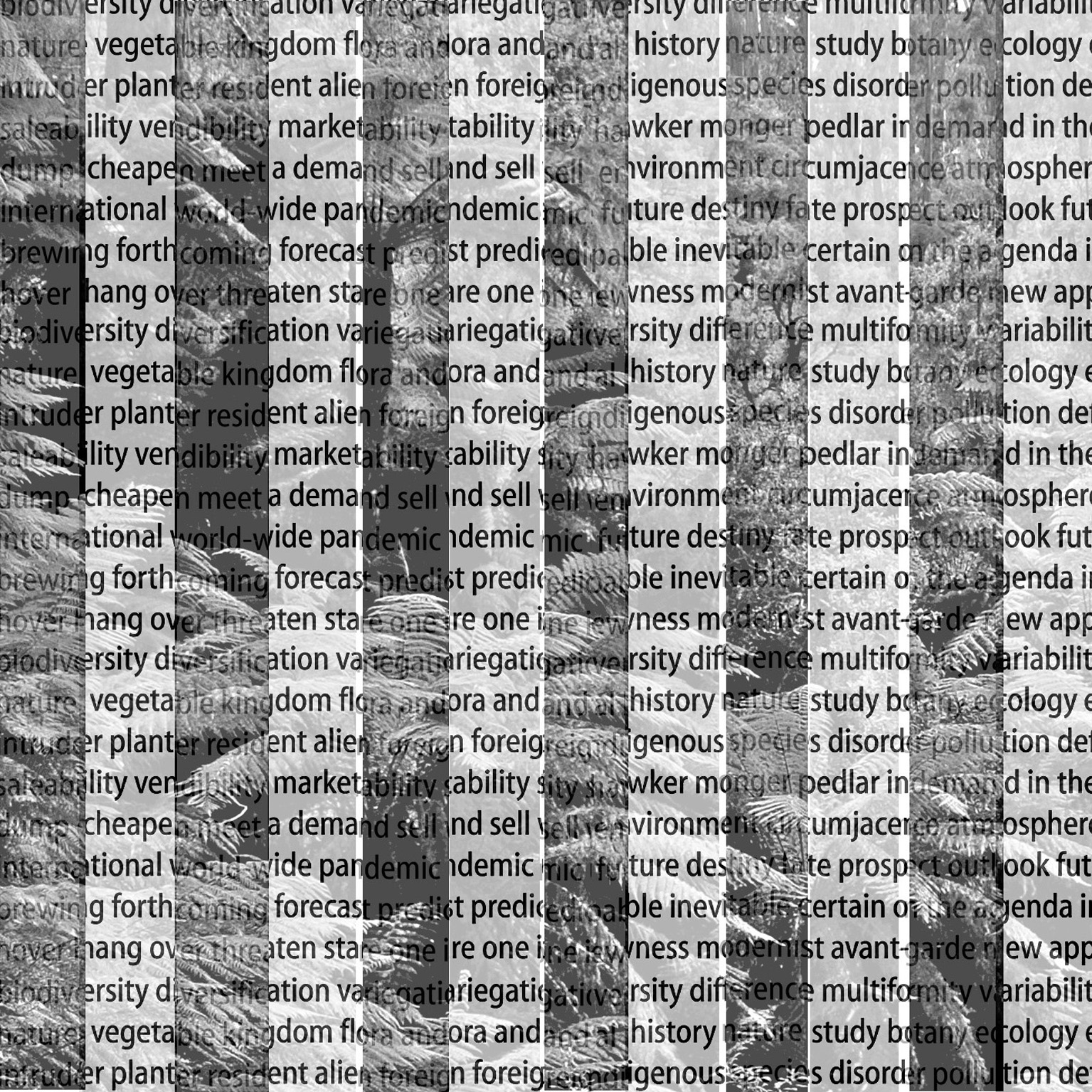
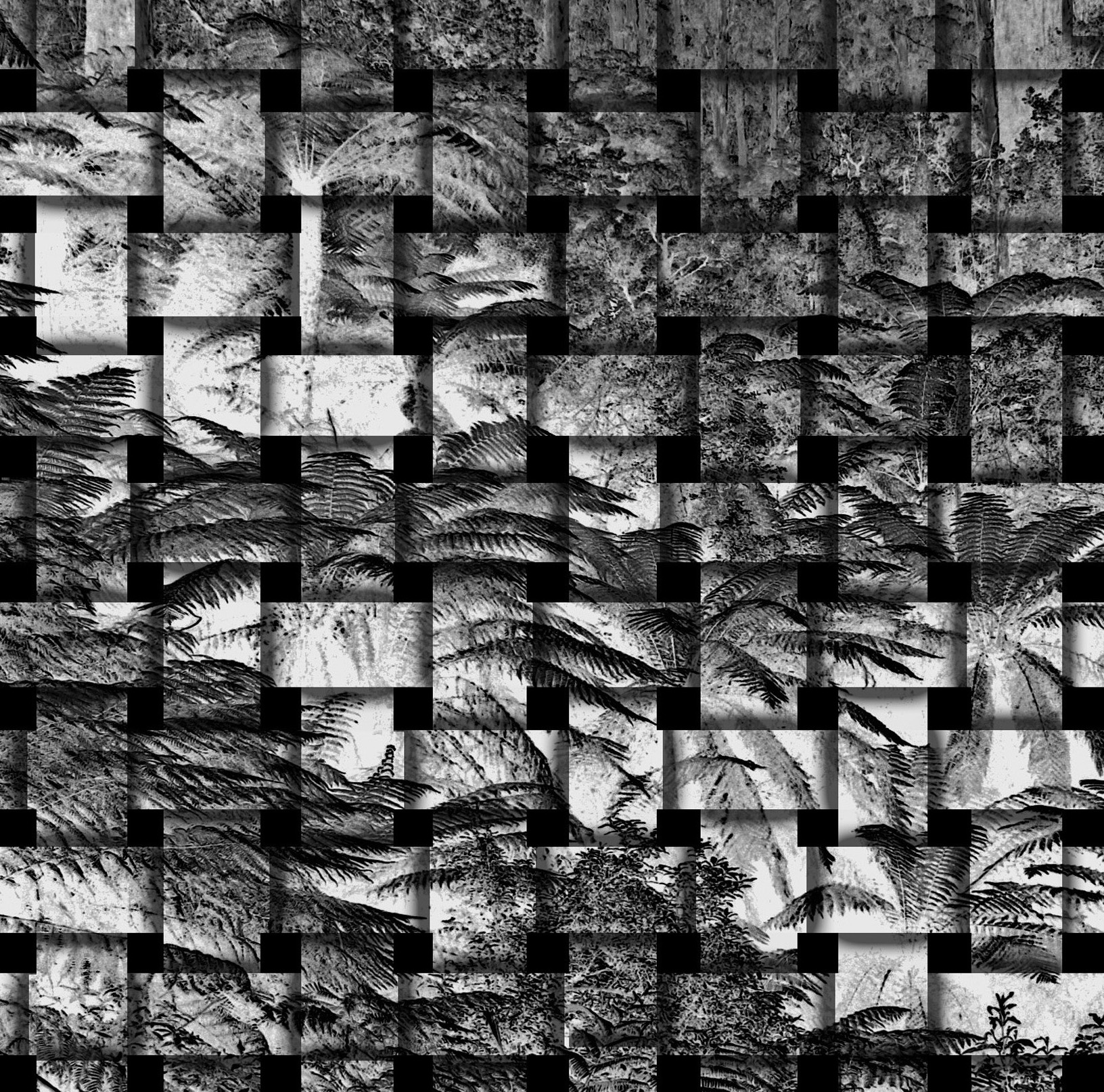




Leave a reply